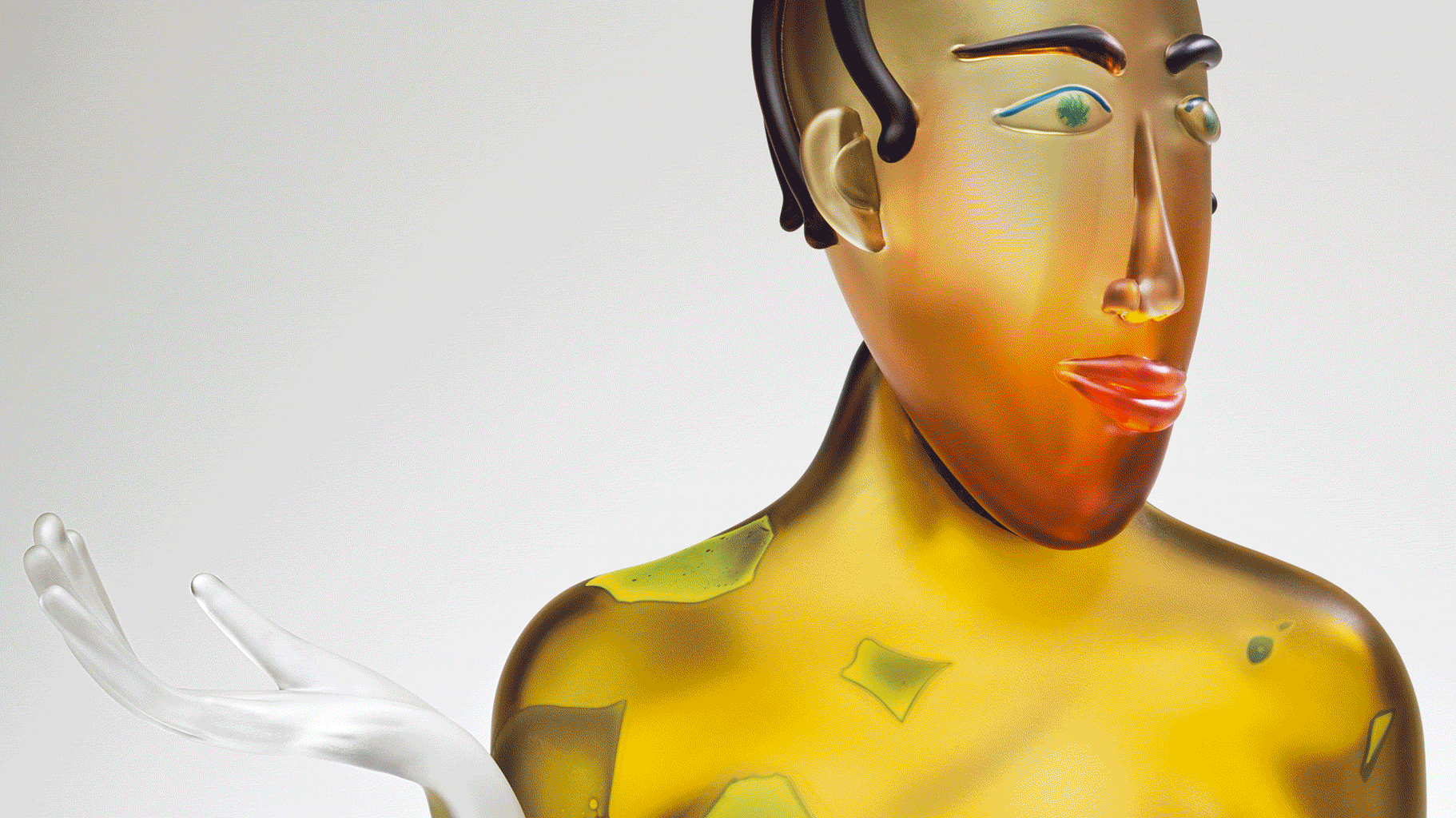
NOW ON VIEW
INDIVIDUALS
128 piece series • 2004 – ongoing
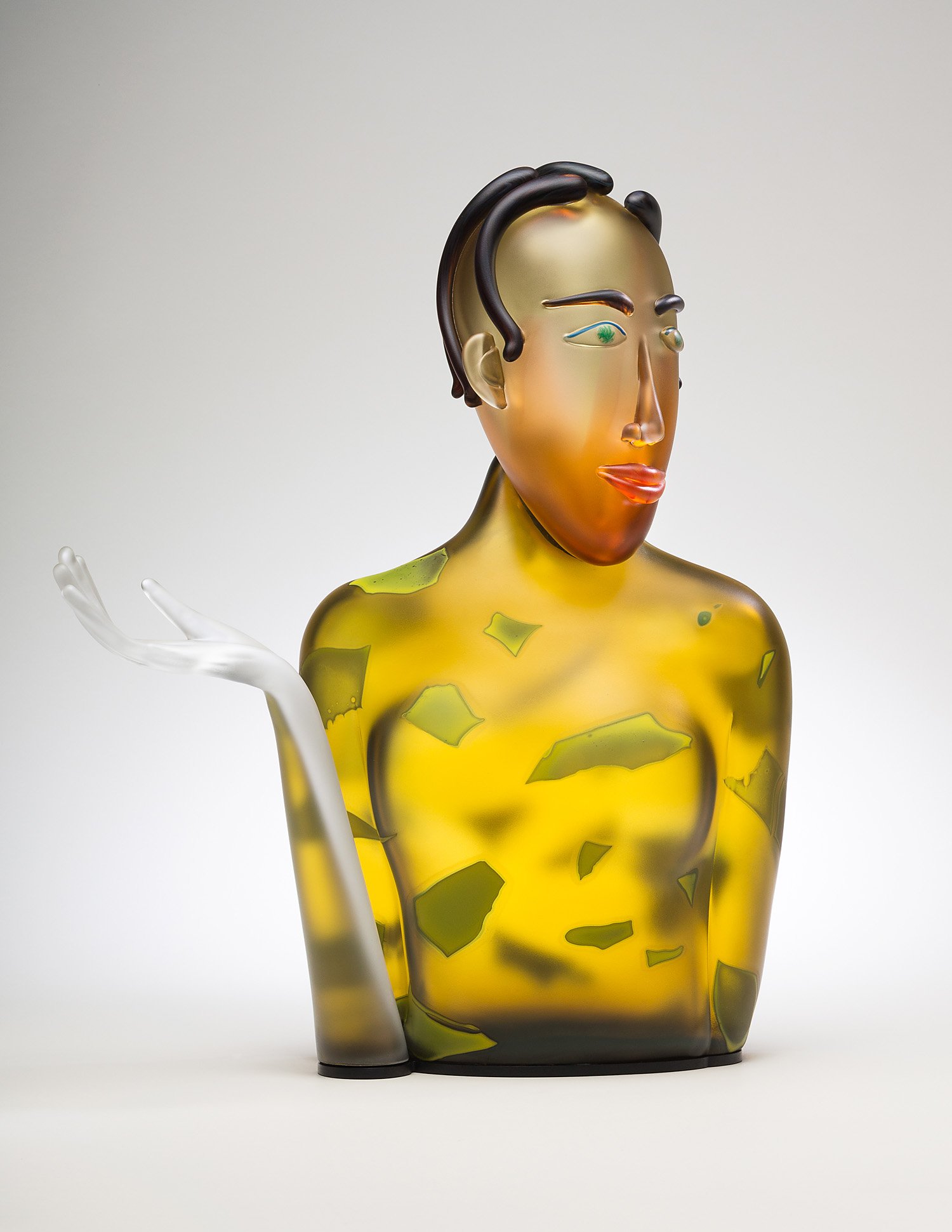
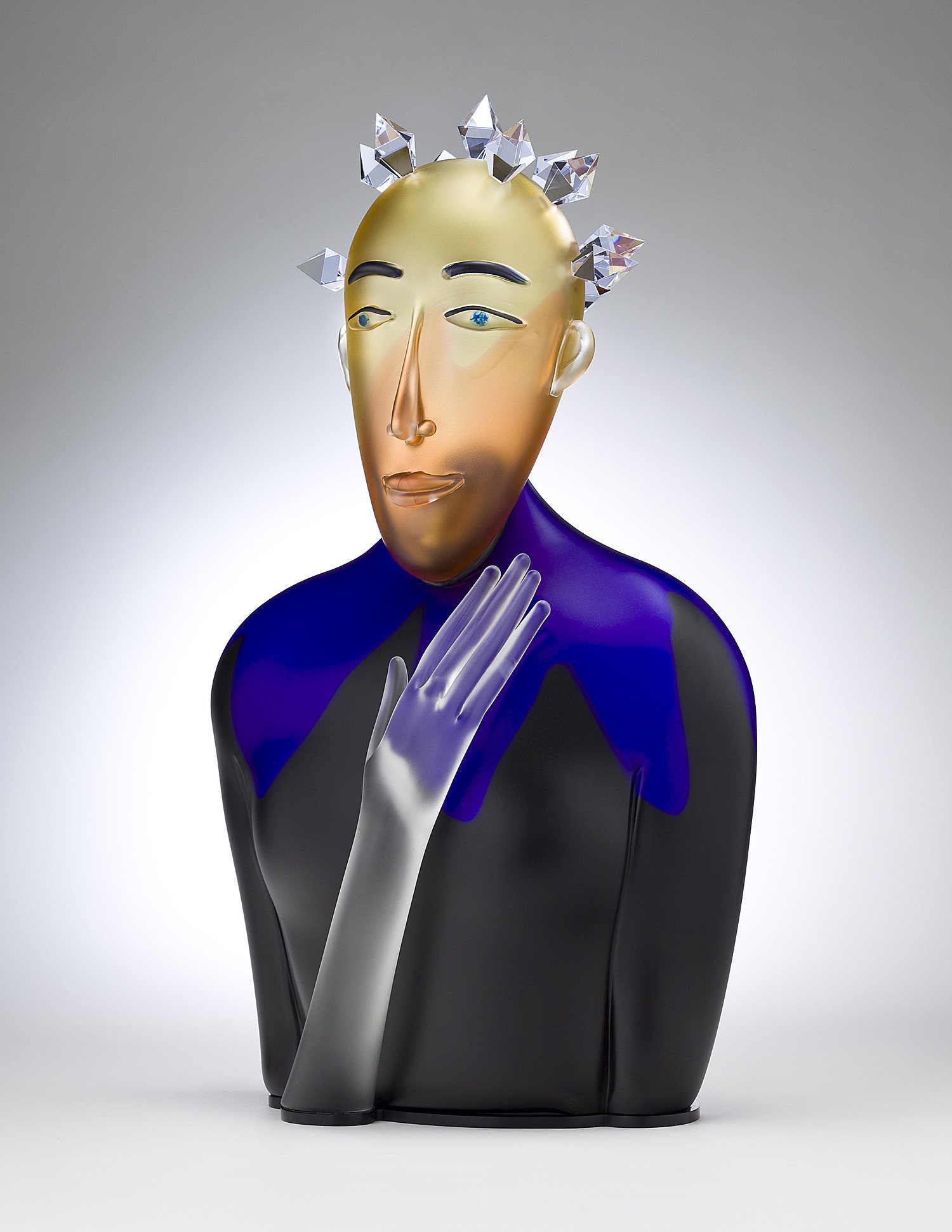
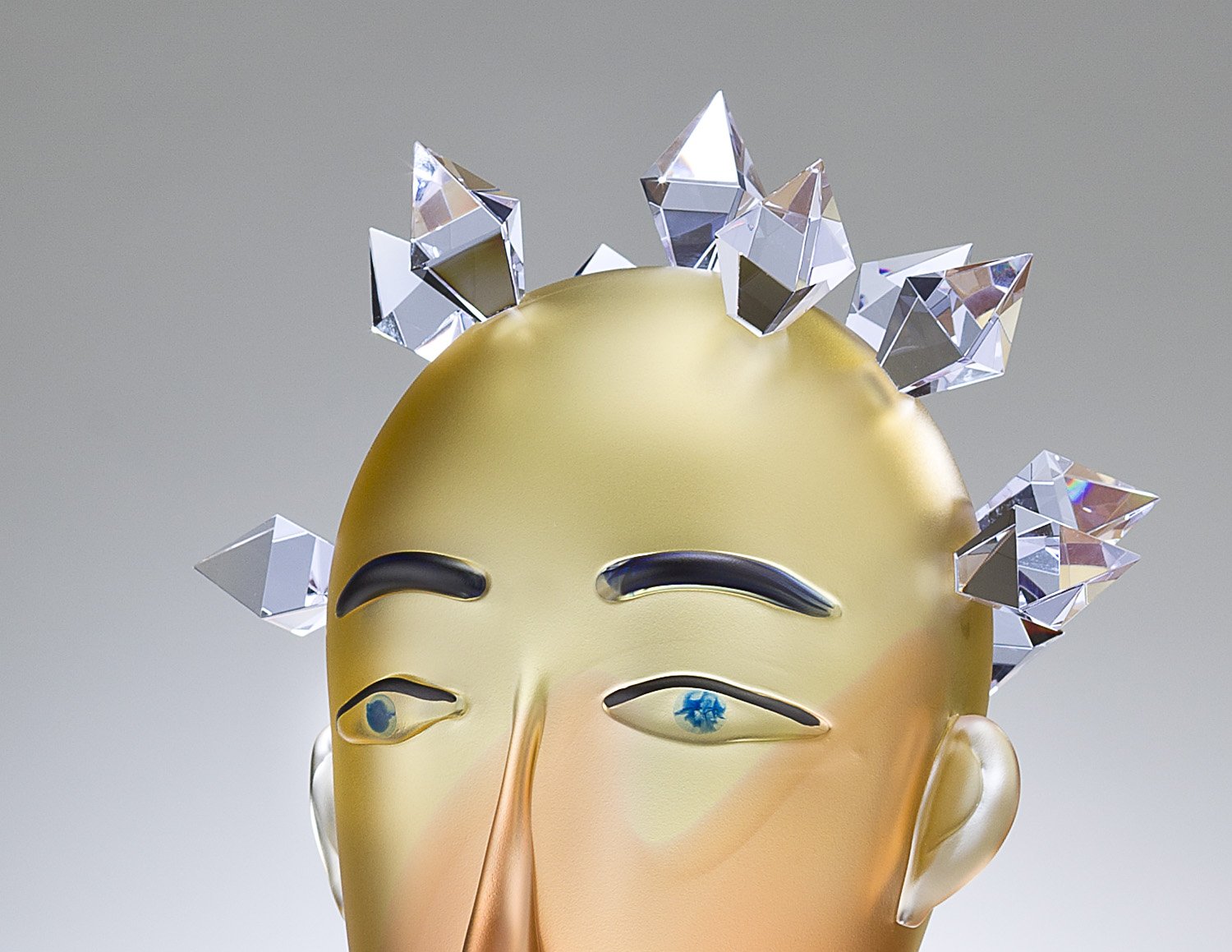
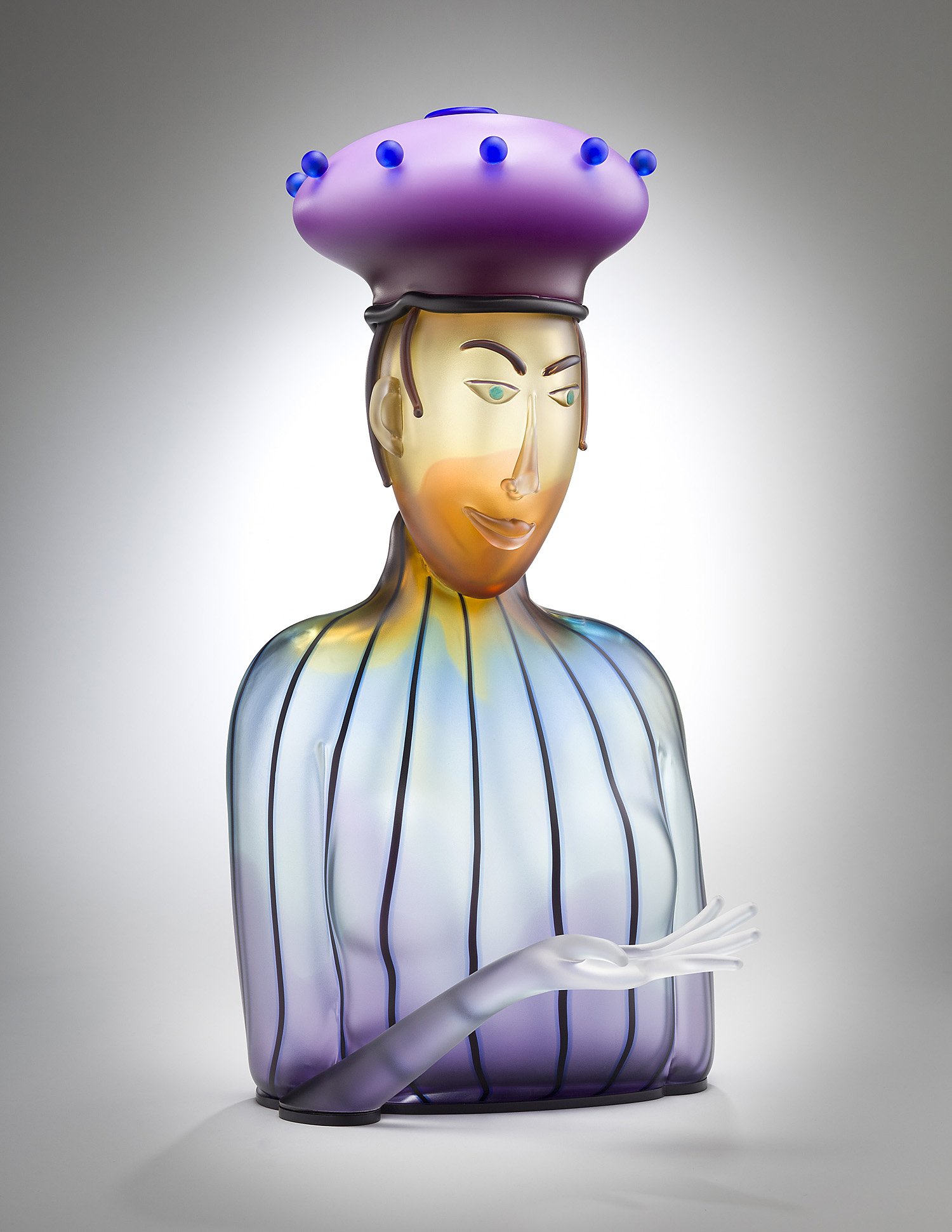
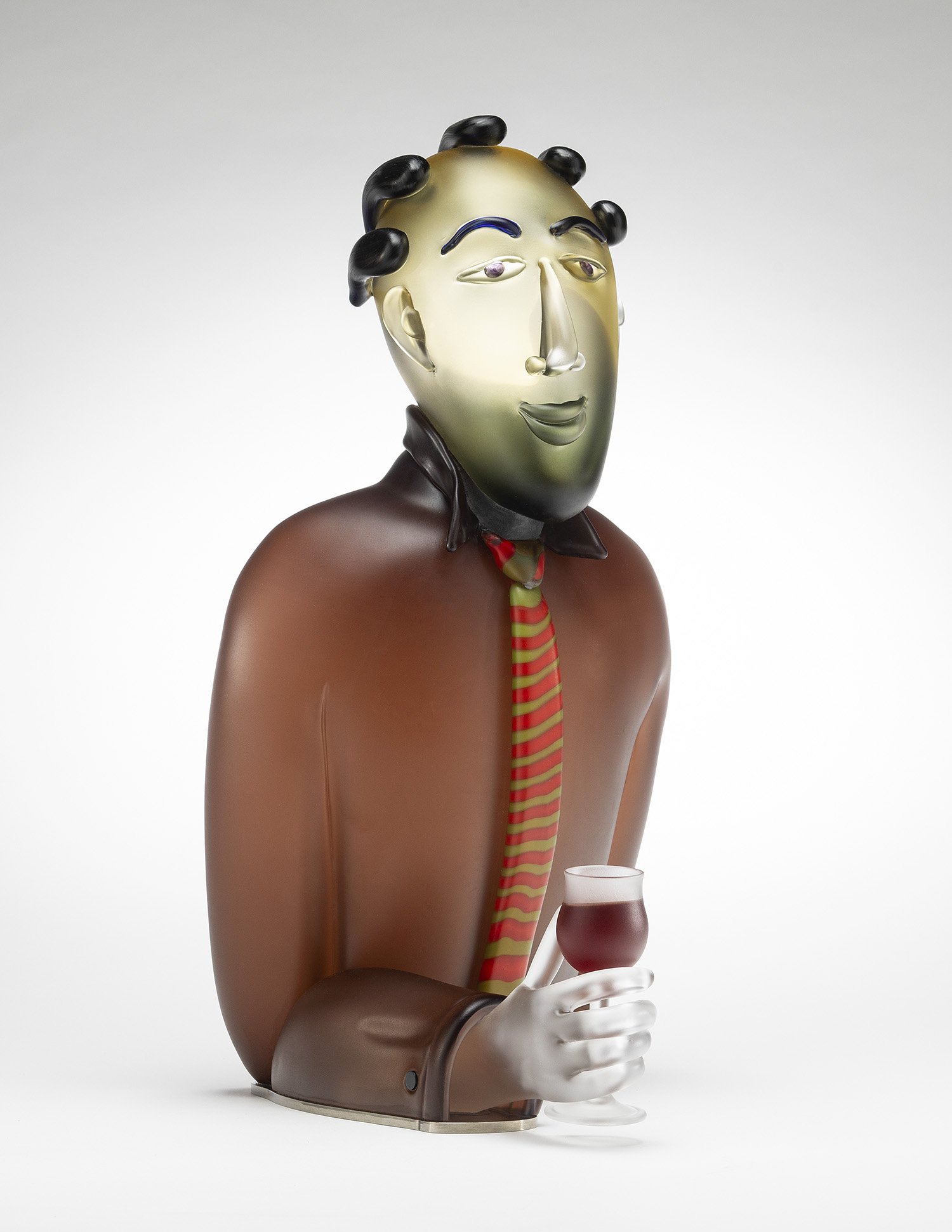
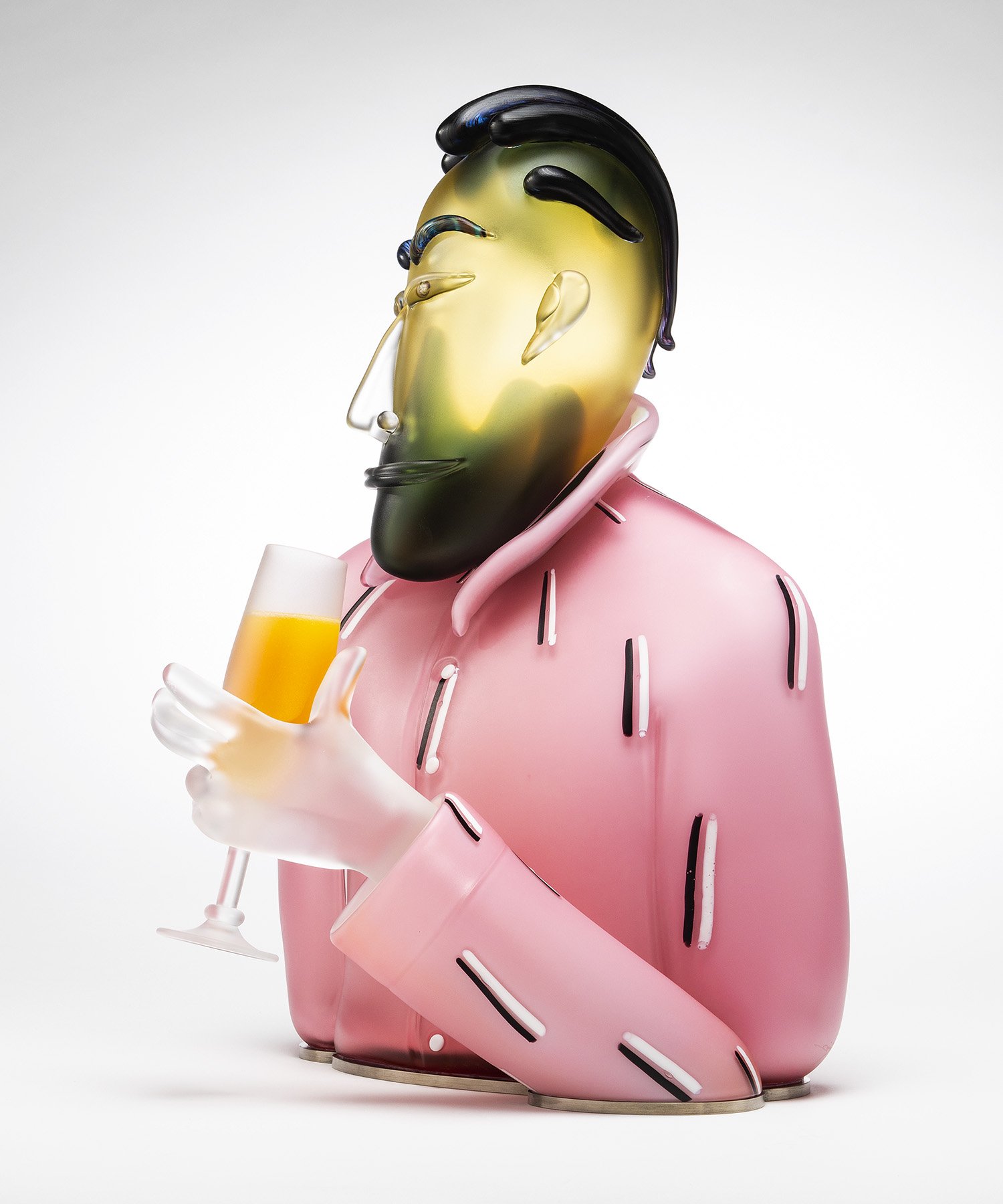
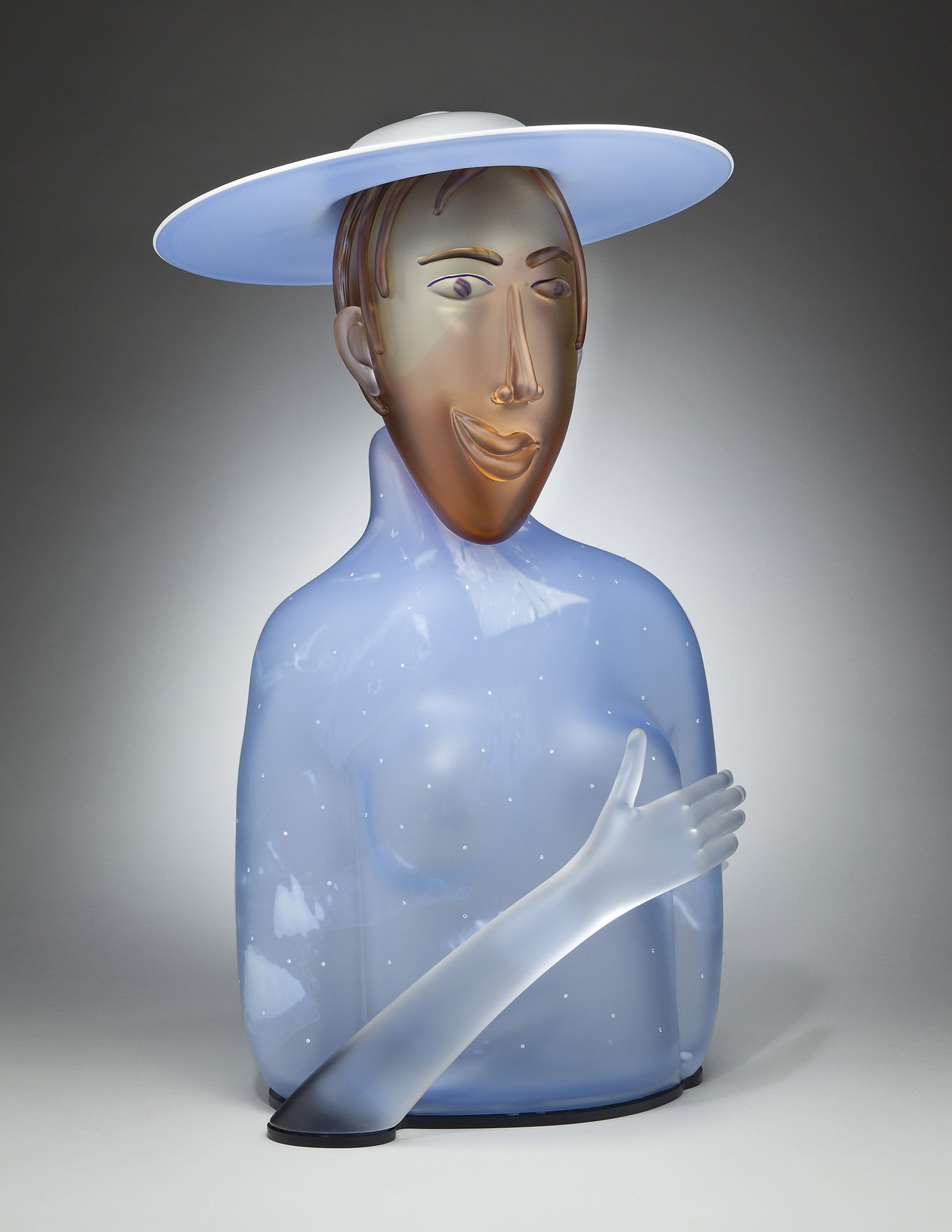
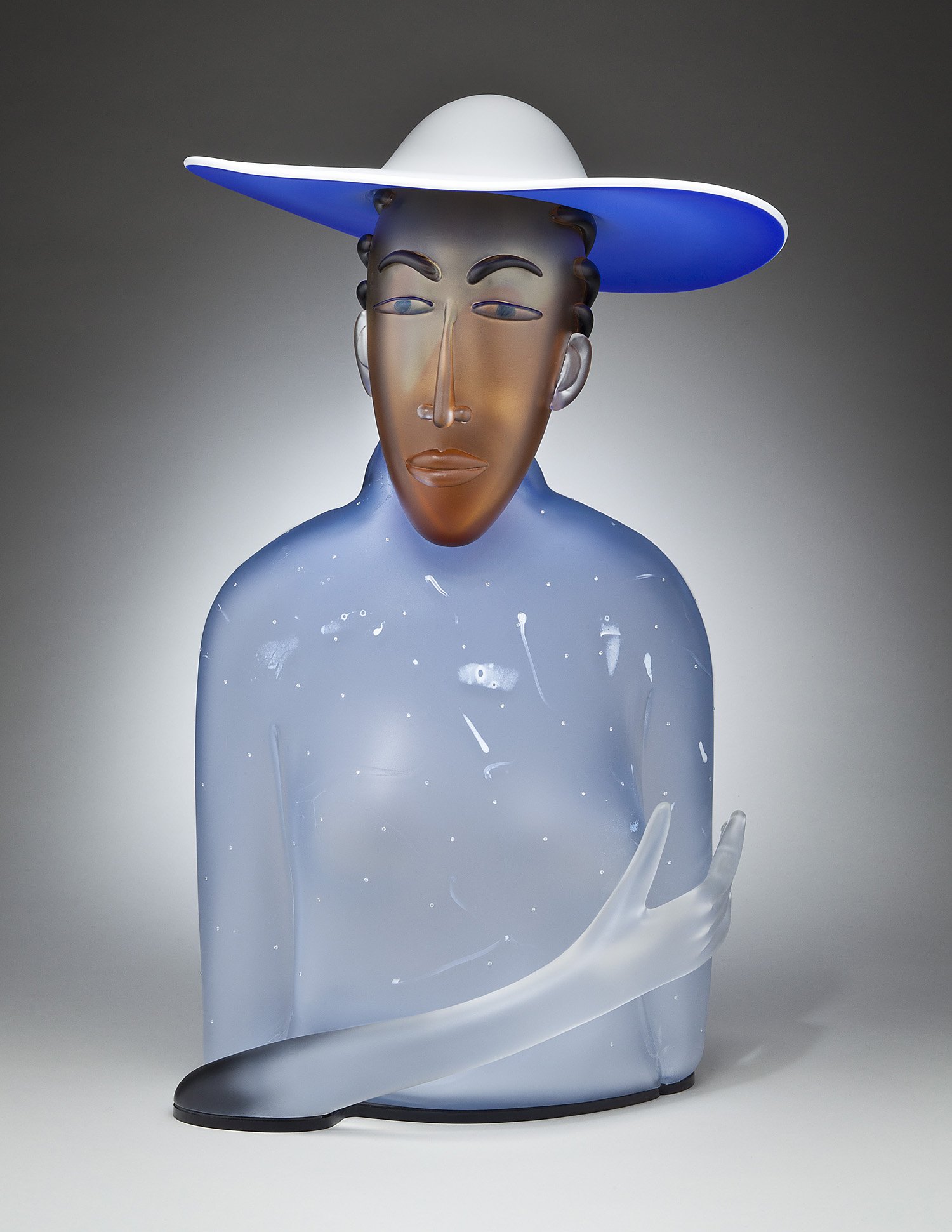
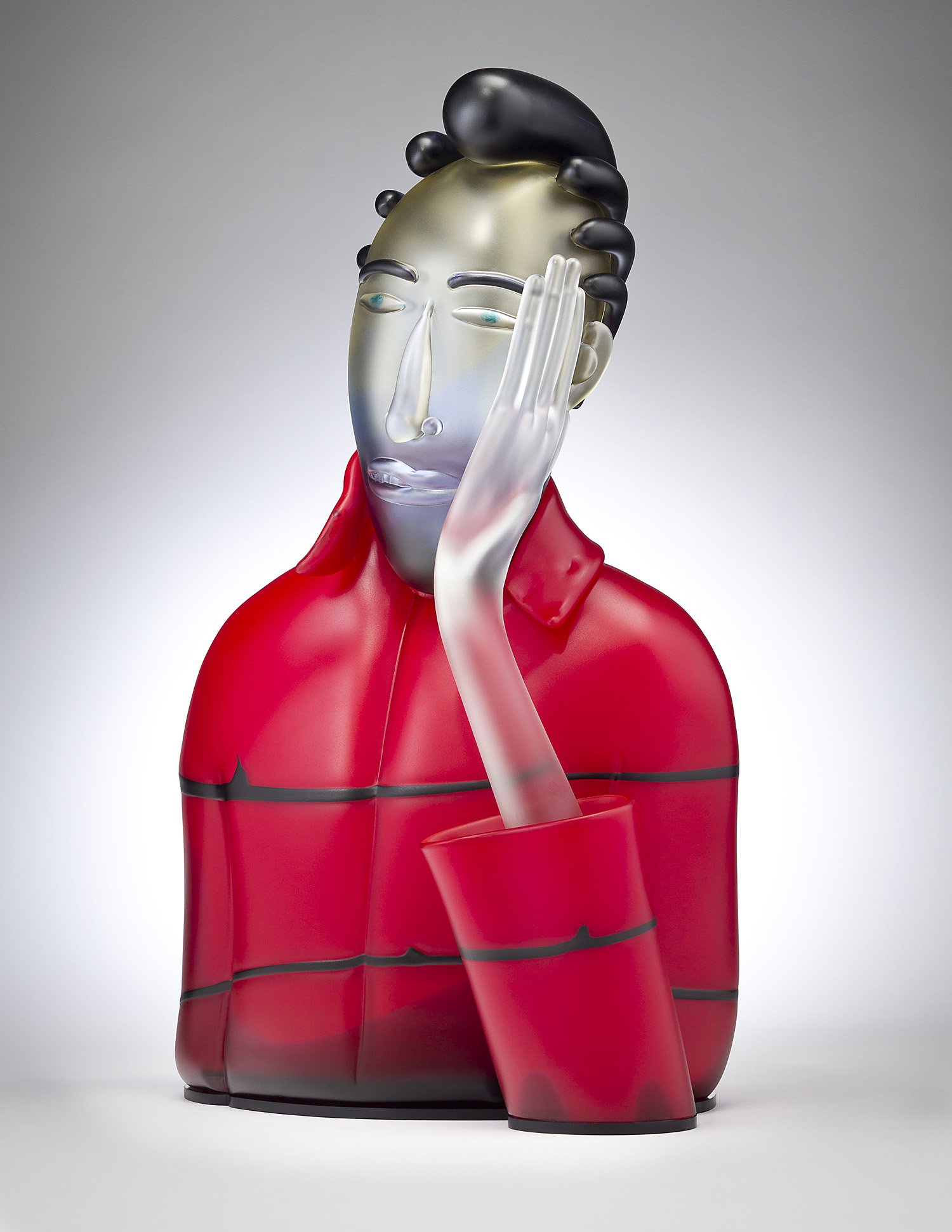
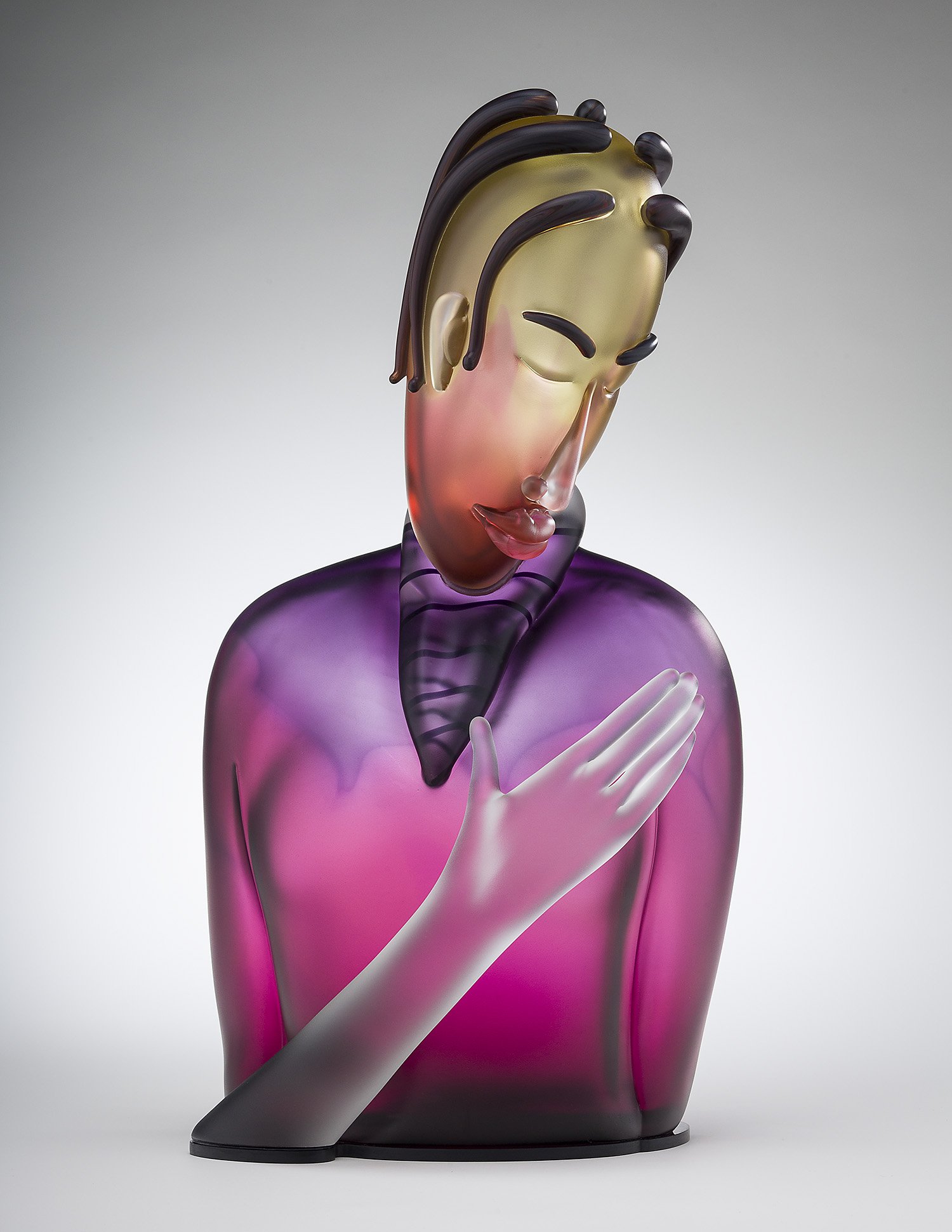
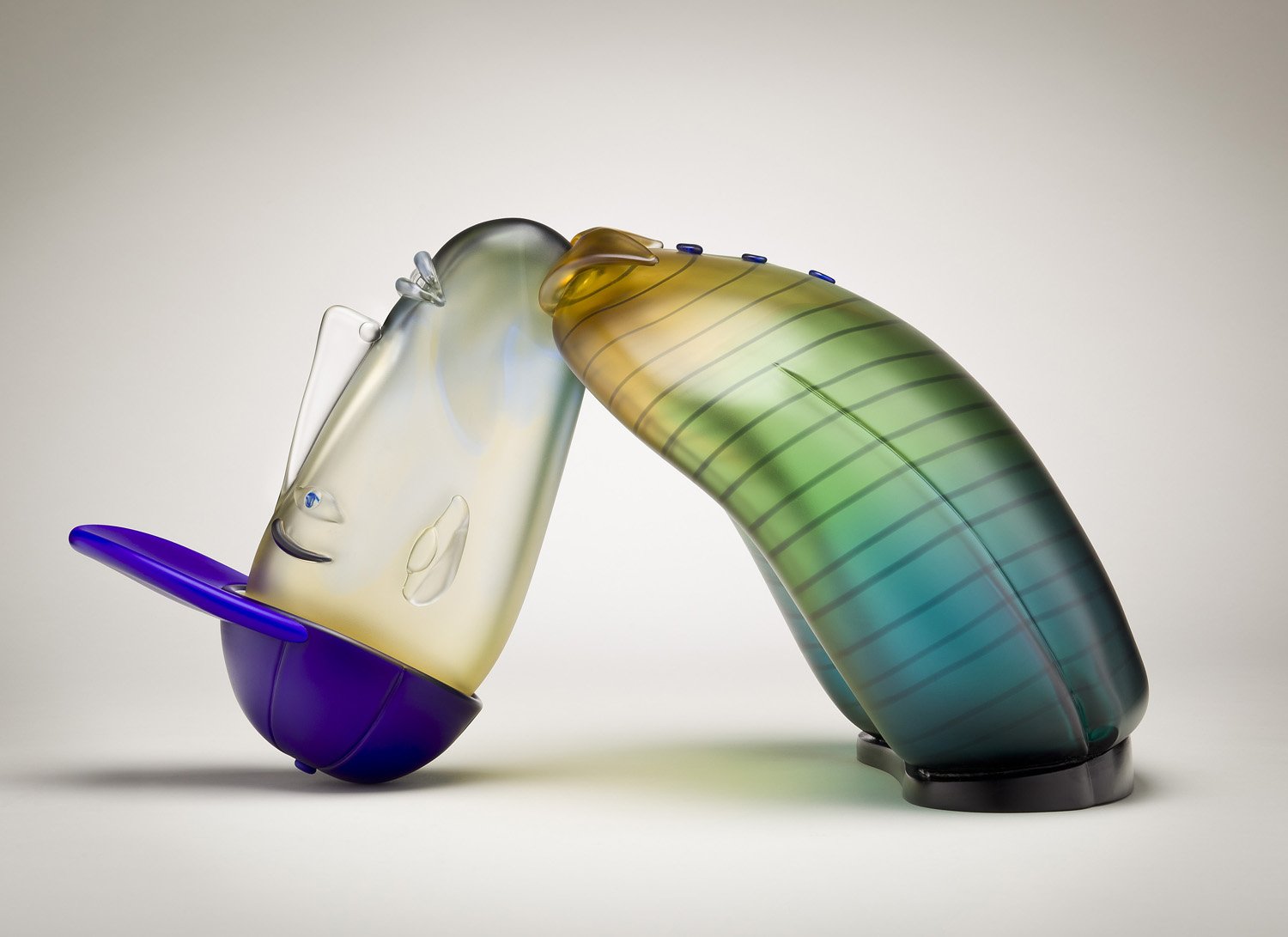
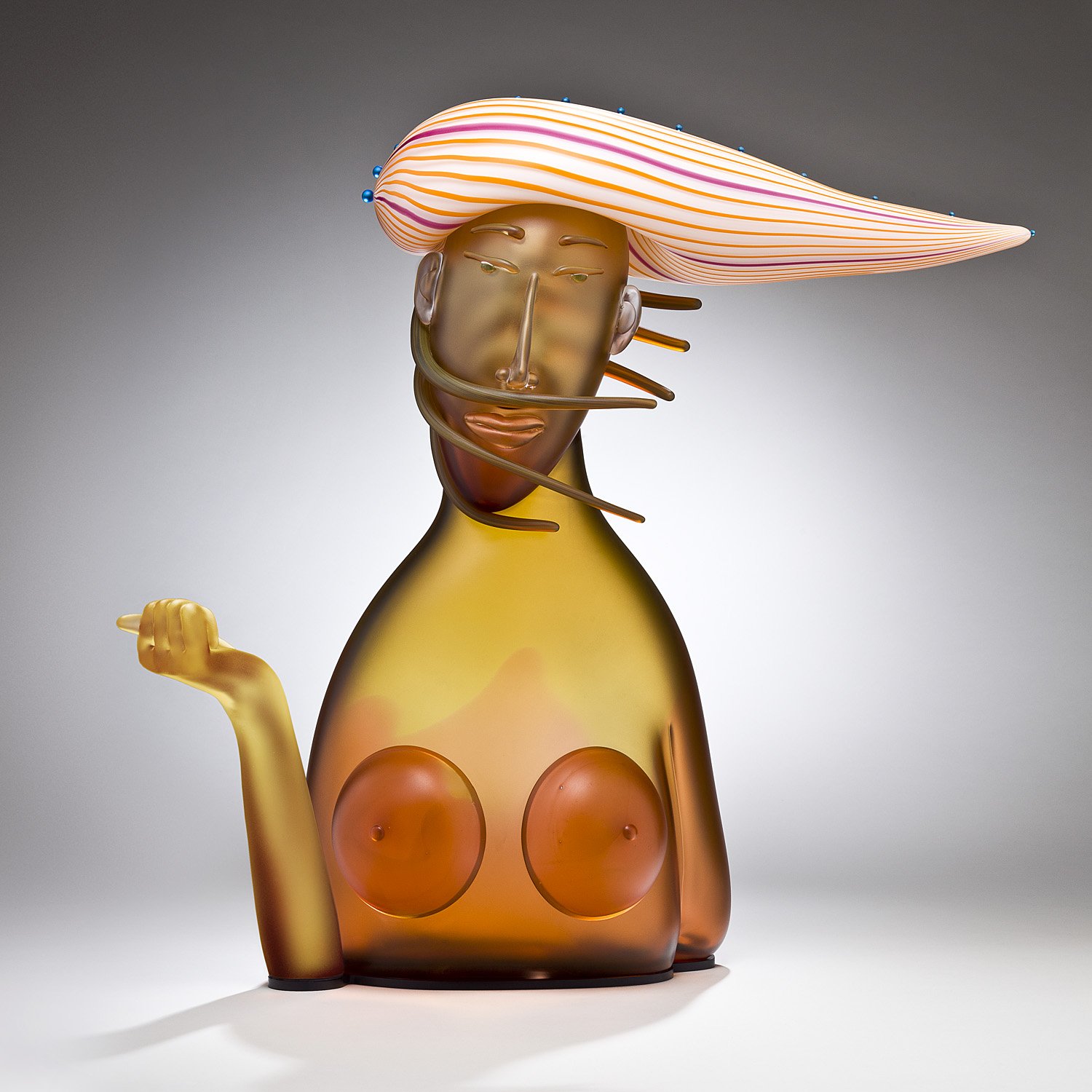

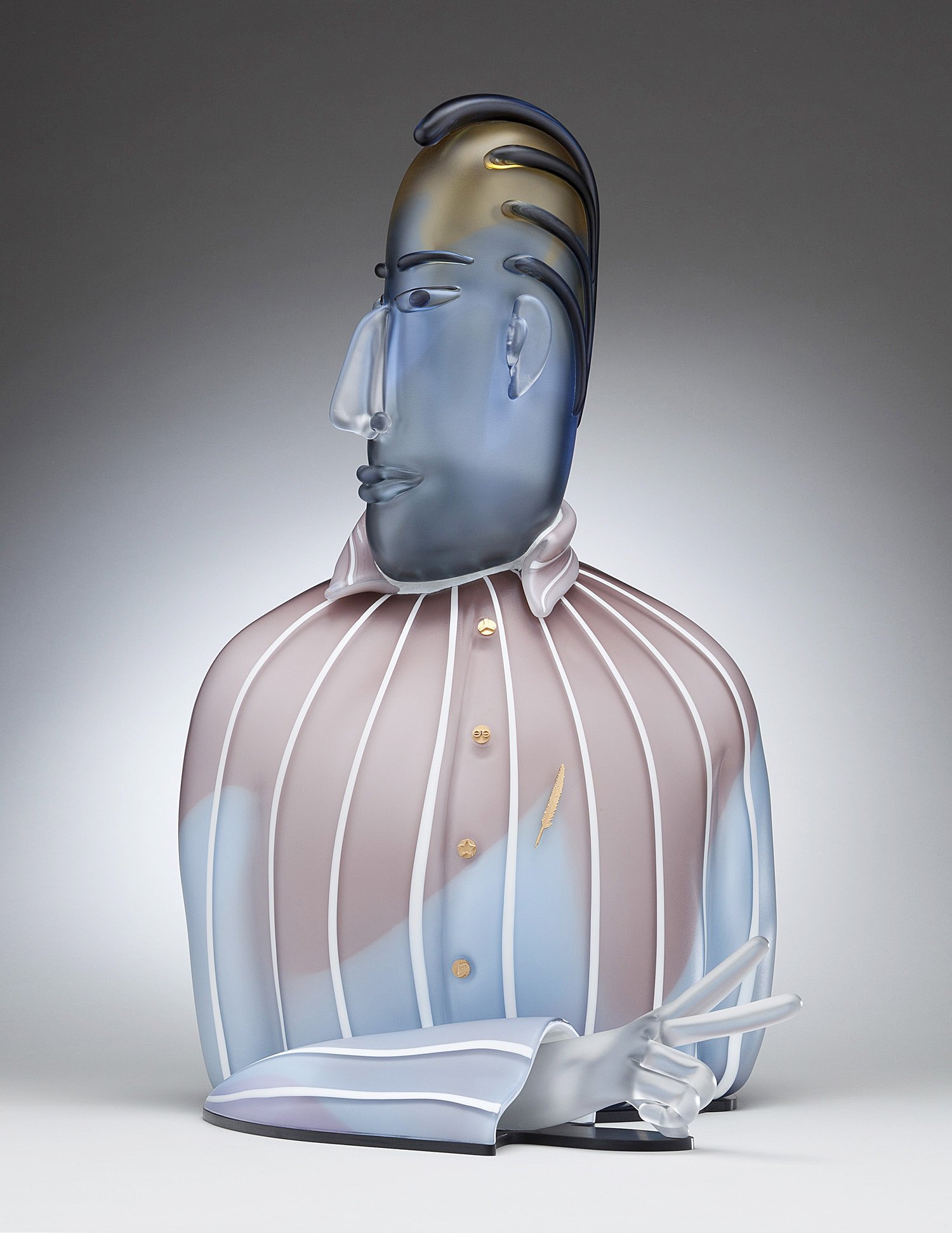
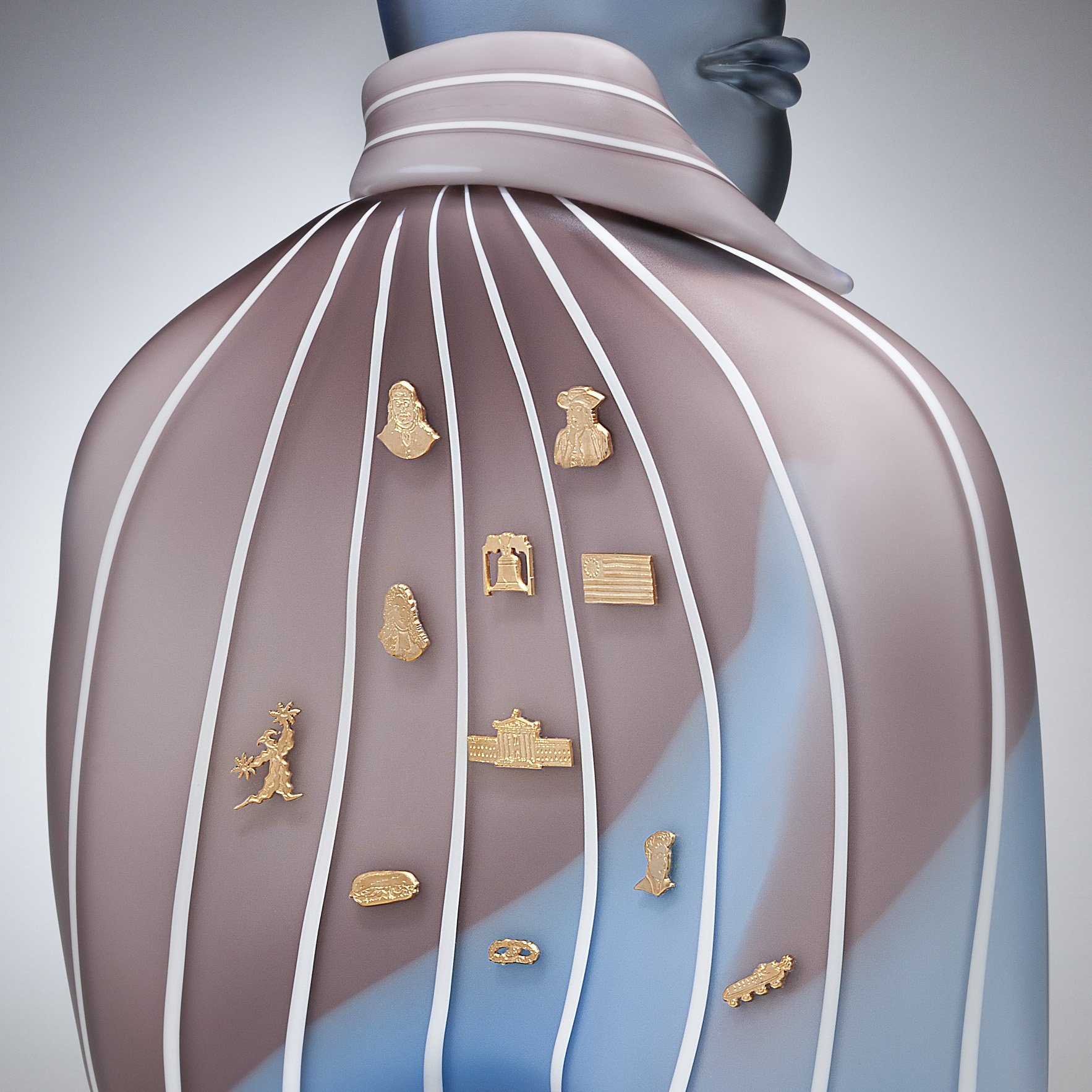
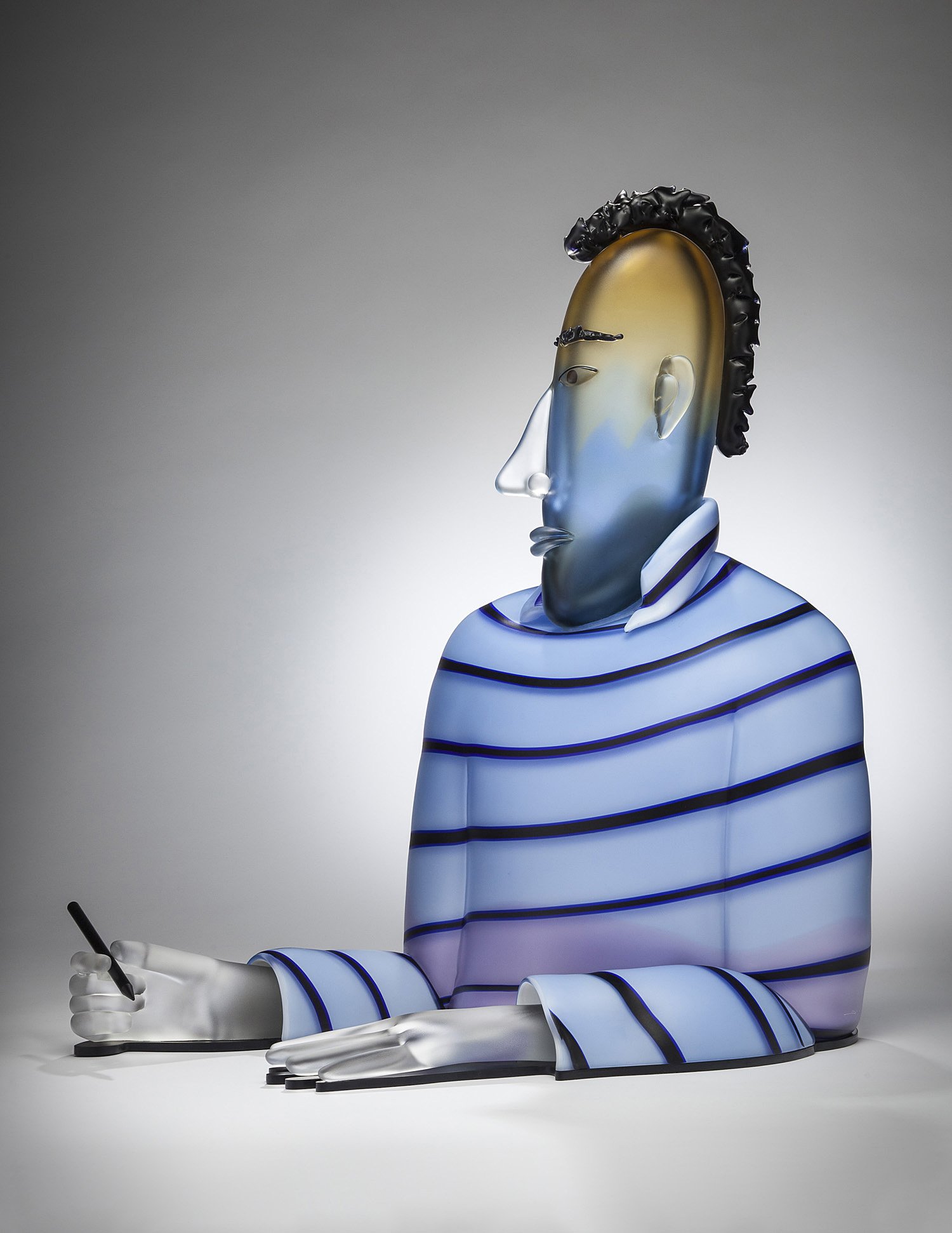
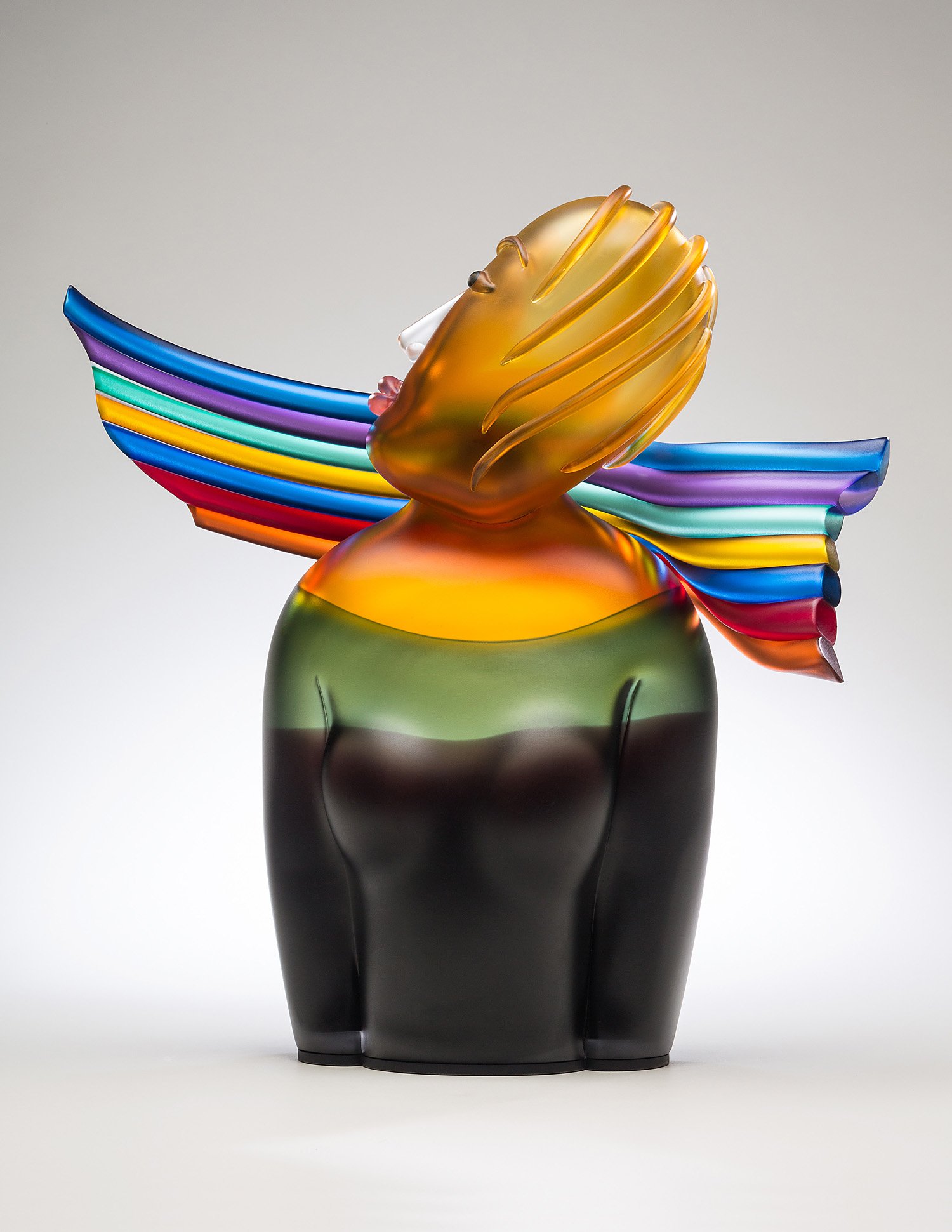
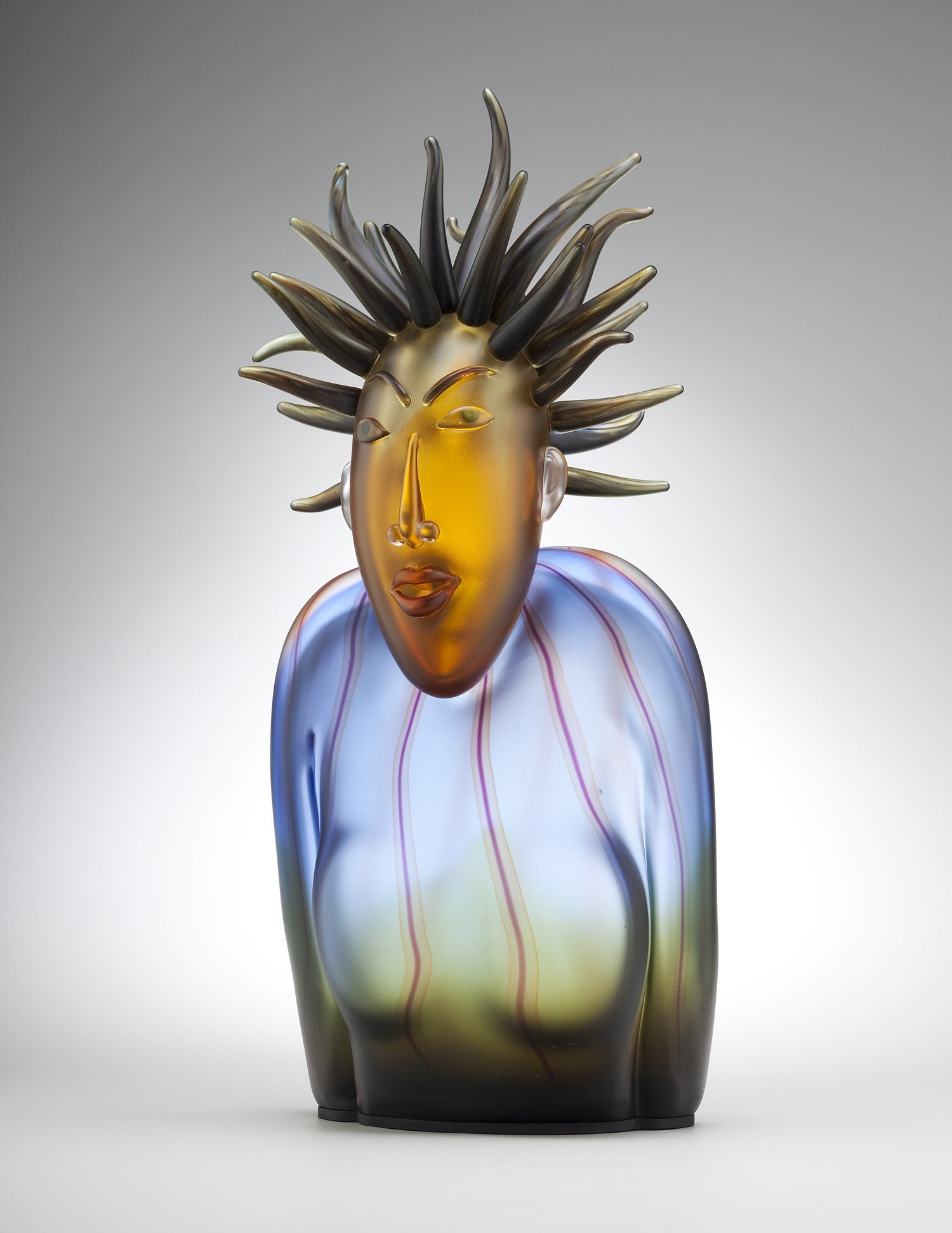
“Engaging with one of his character studies, one once again experiences the curiosity, recognition, and discovery that drive humans out into the world of concerts, museums, restaurants, and bars in search of new encounters with others, by which we expand our experience and affirm our own humanity. ”
— FARAH ROSE SMITH, Glass Quarterly
CANE MURALS
10 piece series • 2015 – ongoing
Linden 2019. Glass cane, aluminum. 20 x 28 x 2”
Furnace 2017. Glass cane, aluminum. 17½ x 25 x 1½"
Cupids 2017. Glass cane, aluminum. 37 x 48 x 2”
“The canes are used expressively, by means of their solid colors and the linear shadows cast by their rounded sections. Cut to various lengths, the canes fit together like a puzzle and are physically reminiscent of the stone tesserae of ancient mosaics and painted dots of pointillist canvases.”
— CAROLYN NEEDELL, Chrysler Museum of Art Curator of Glass
SCENES
9 piece series • 2010 – 2011
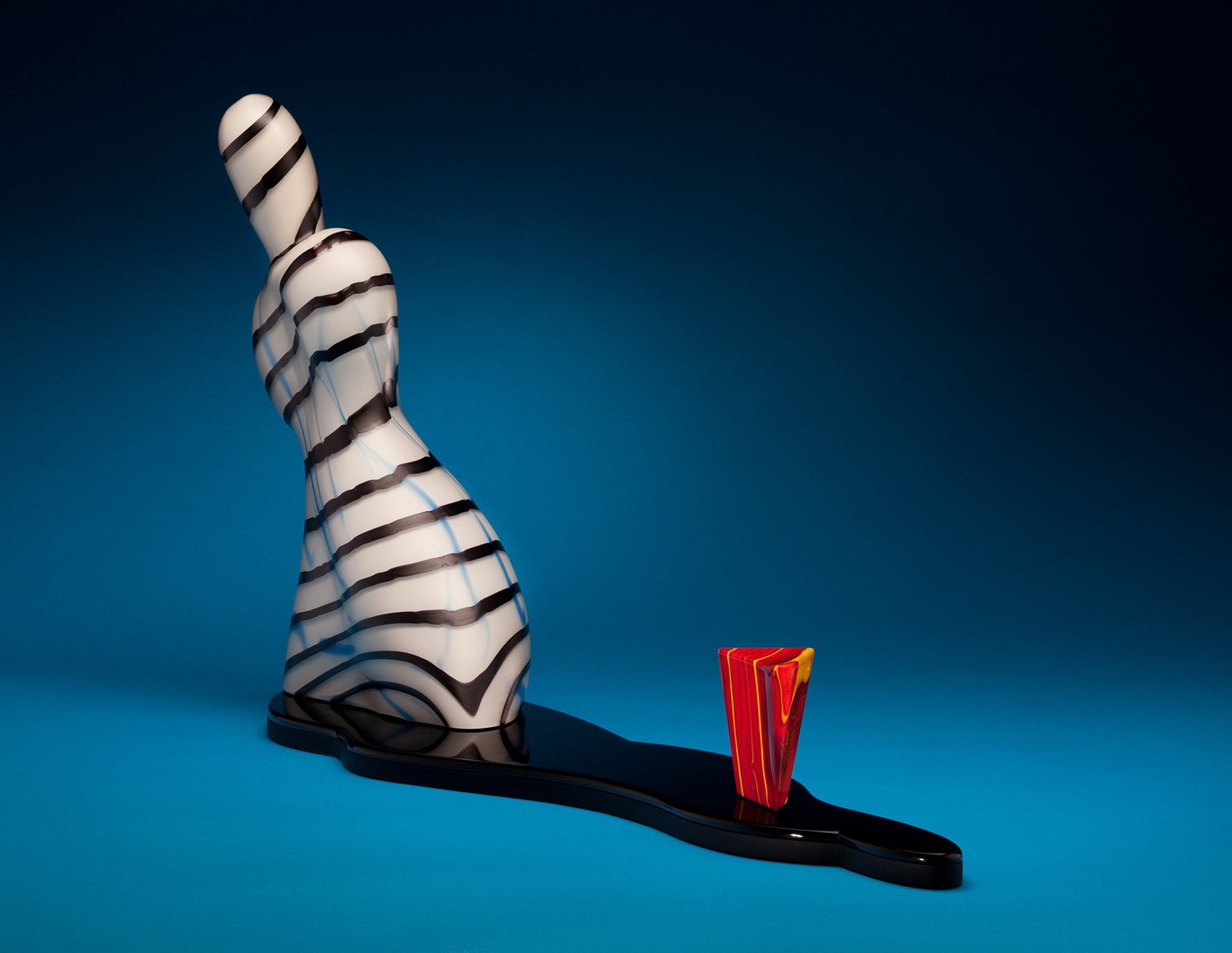
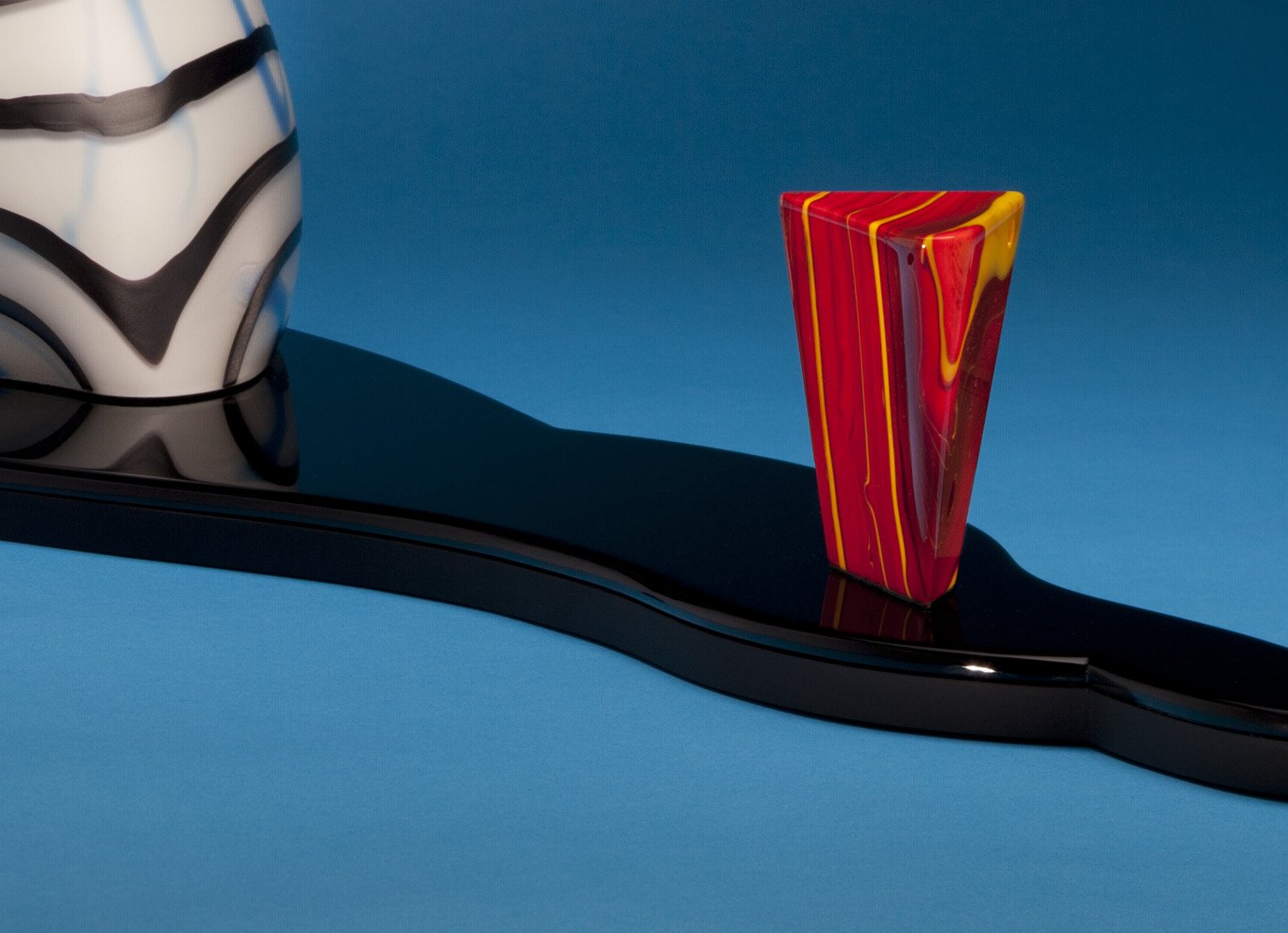
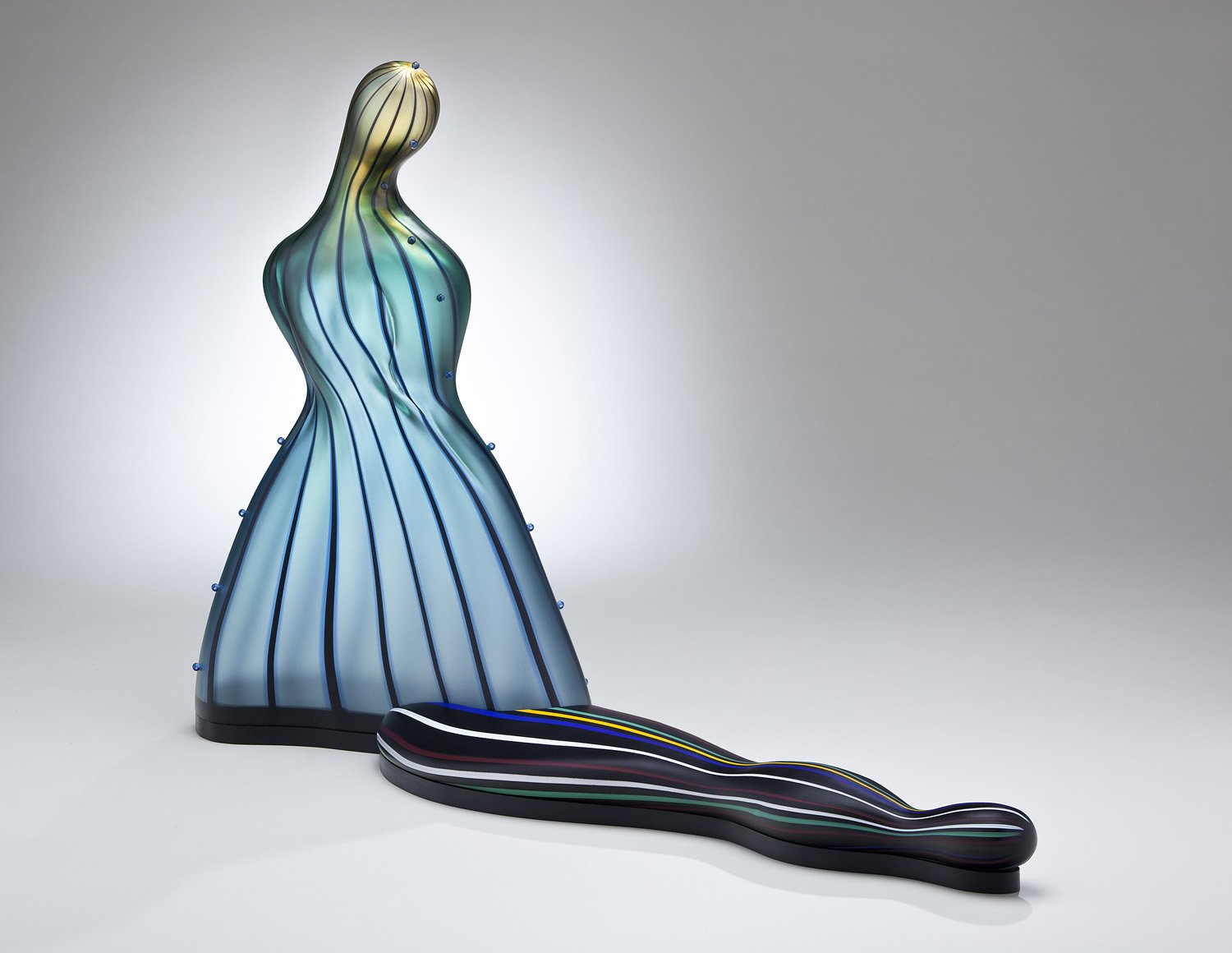

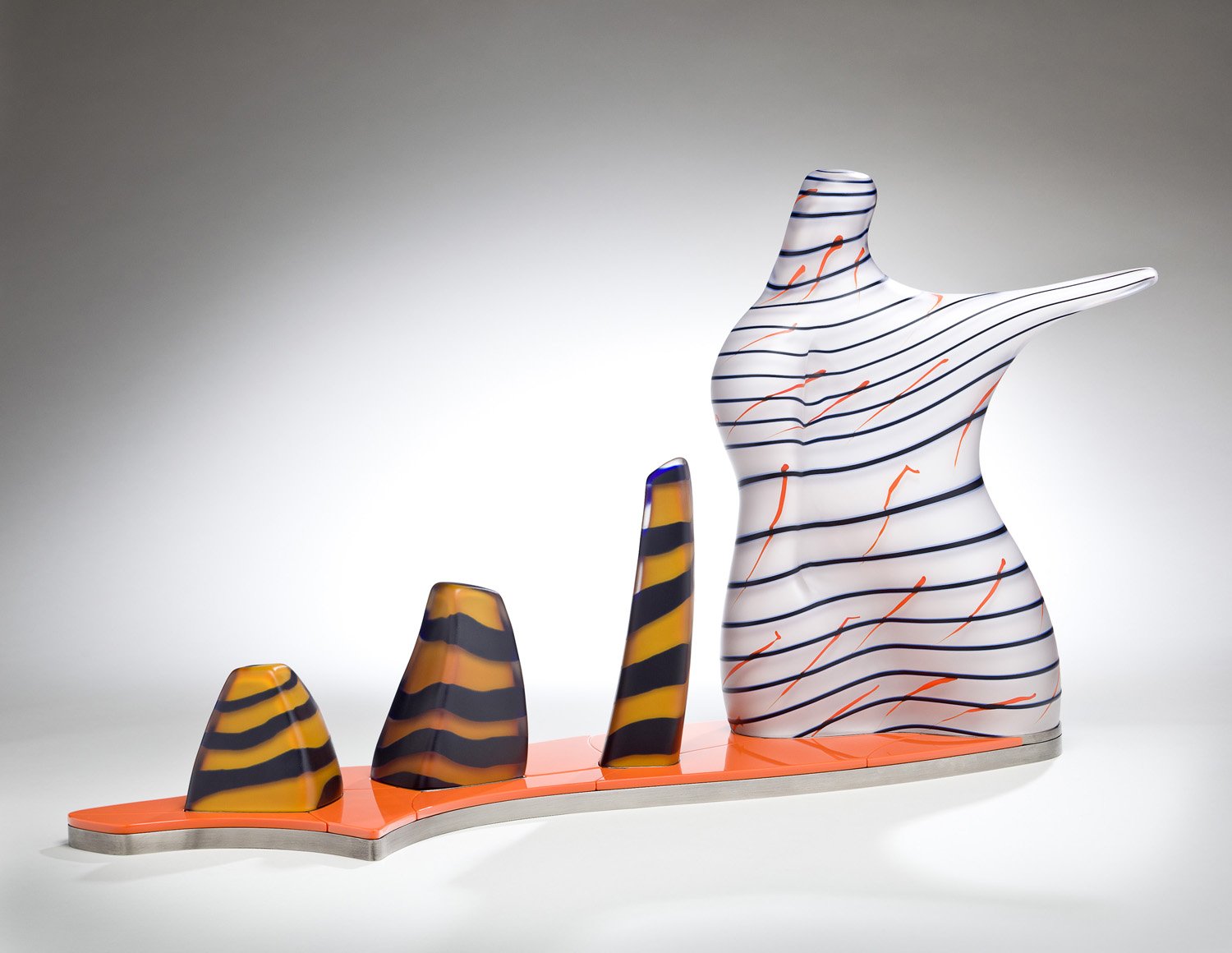

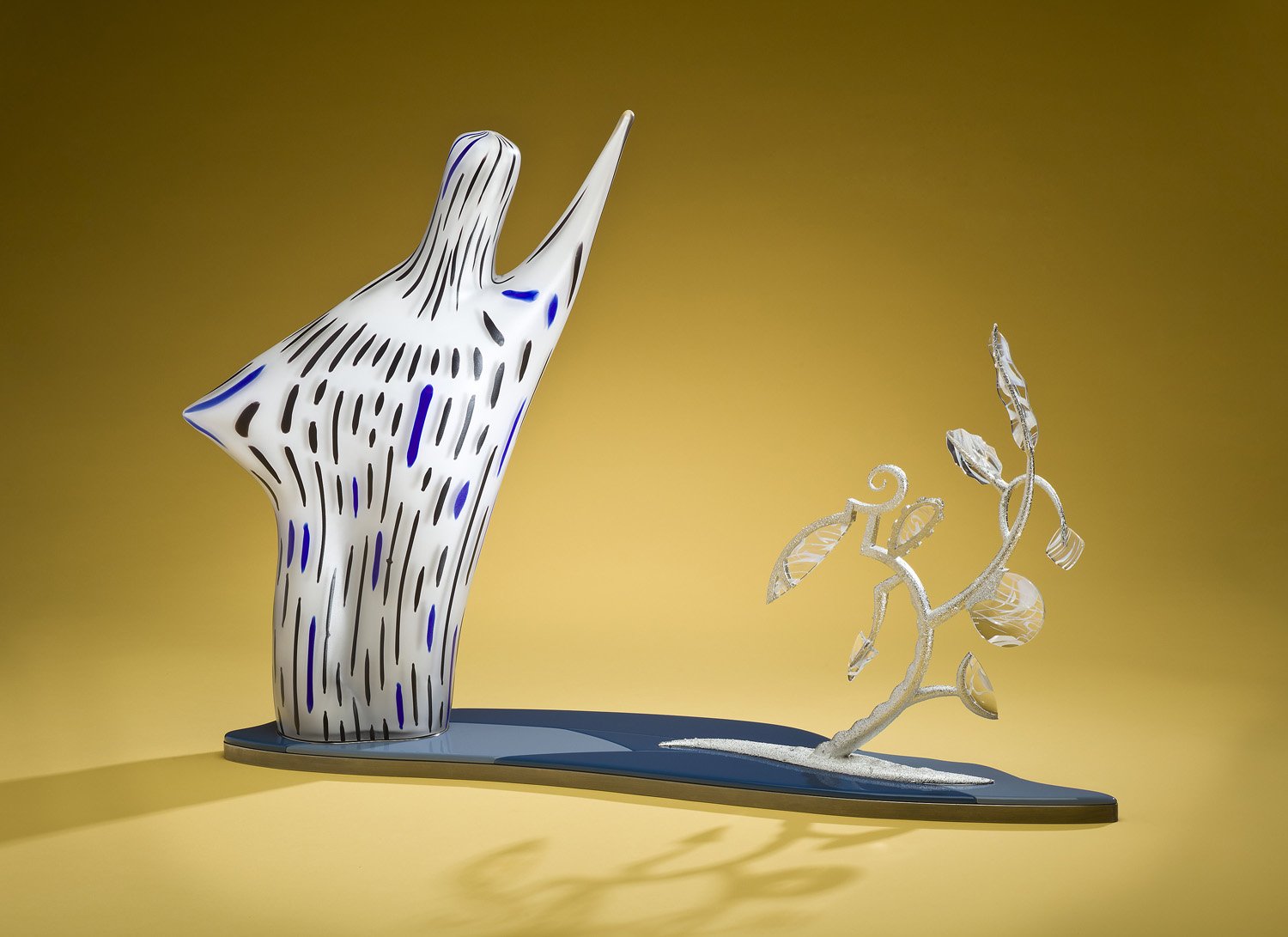
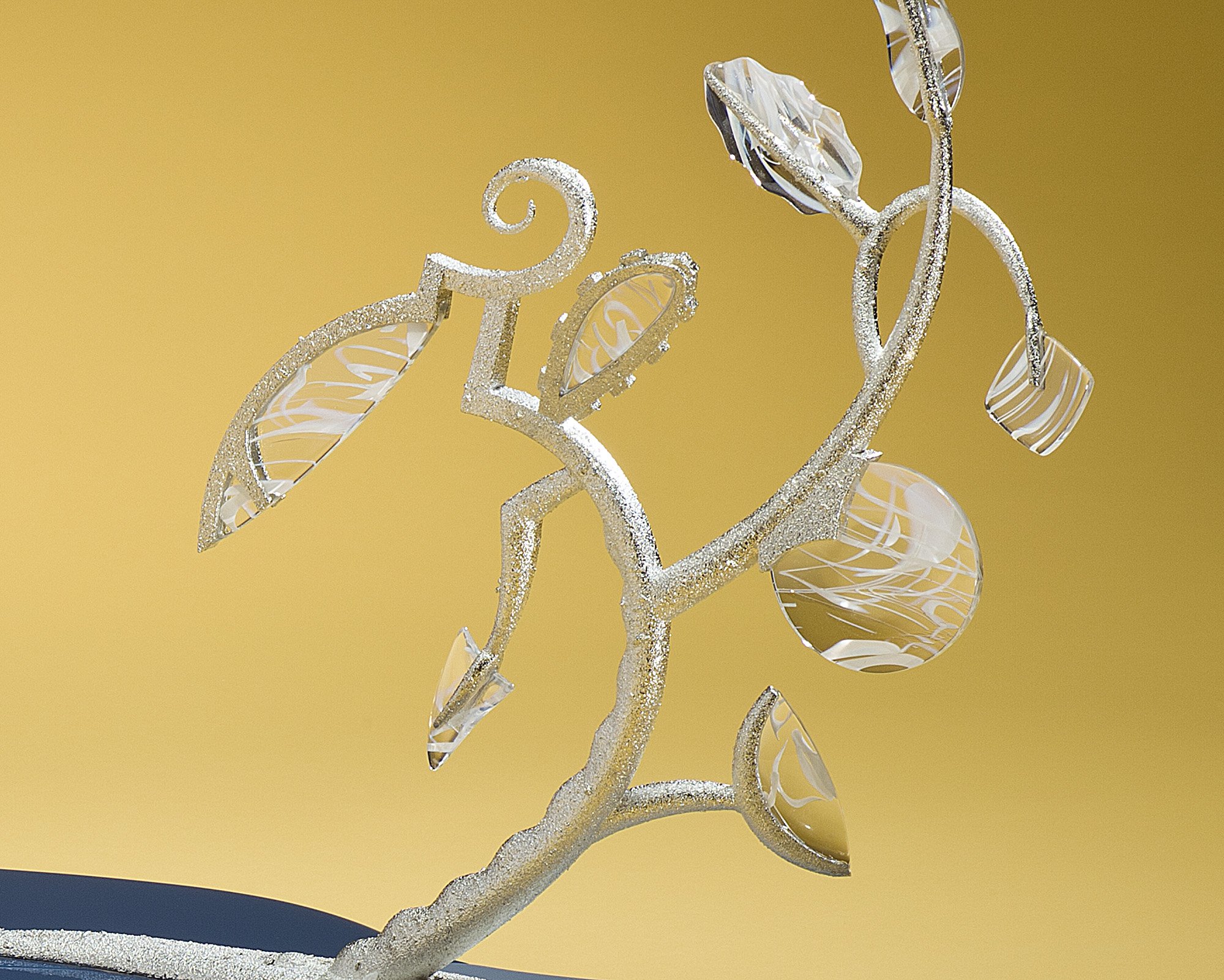
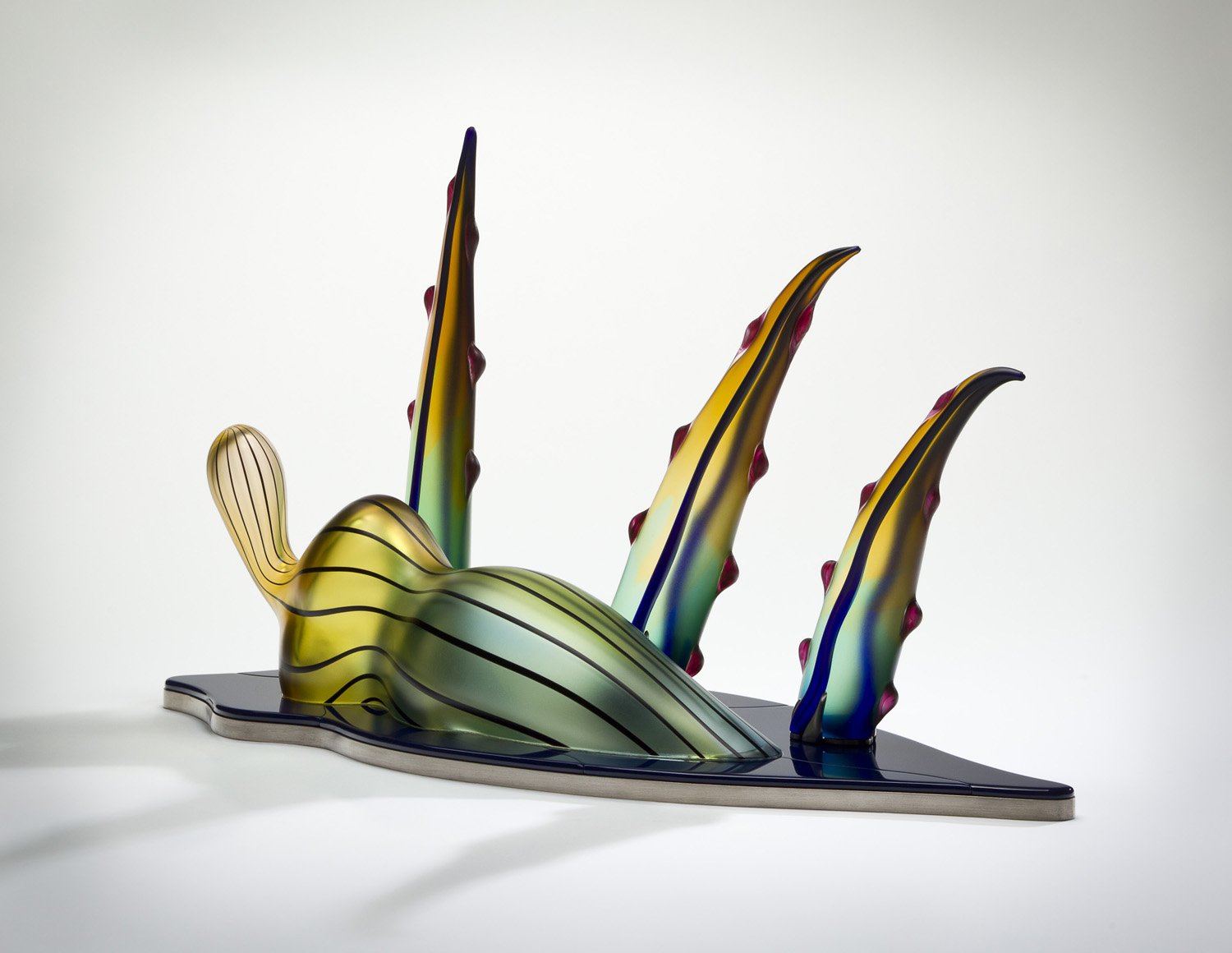
“The Scenes series includes some of Dailey’s most humorous and critical works, as the figures’ amorphousness pokes fun at their very human urges and reactions.”
— CAROLYN NEEDELL, Chrysler Museum of Art Curator of Glass
ILLUMINATED
Lamps, Sconces, and Limited Editions • 1990 – ongoing
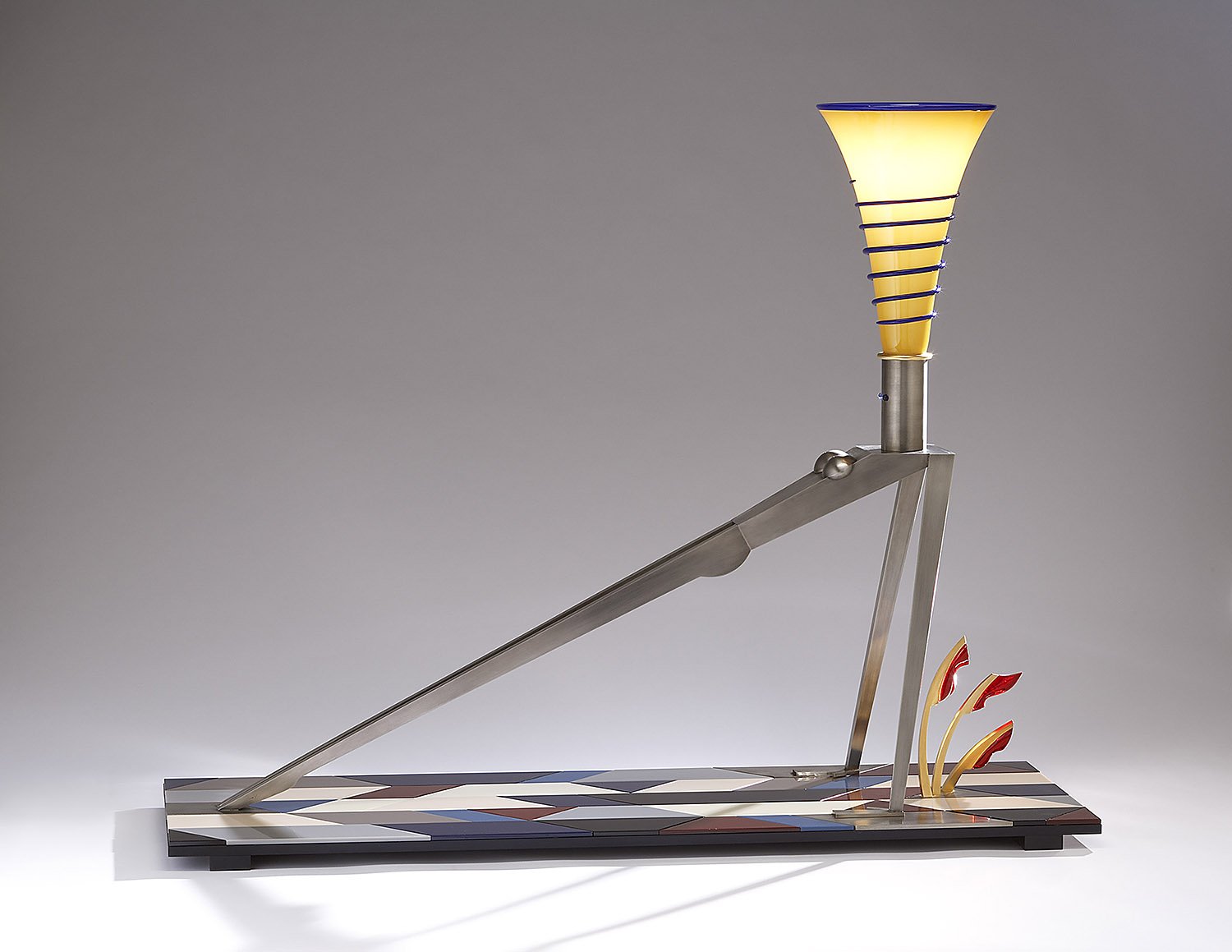
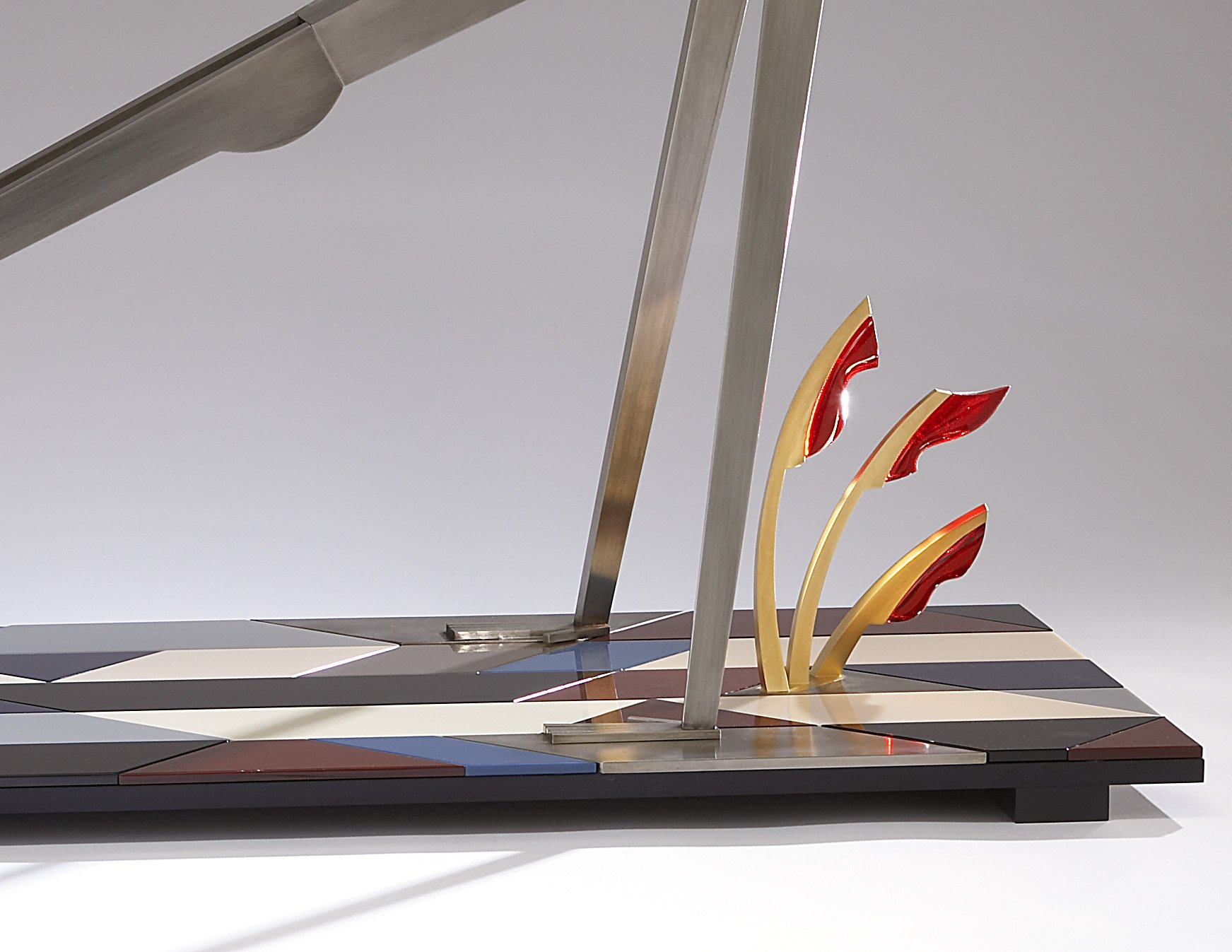
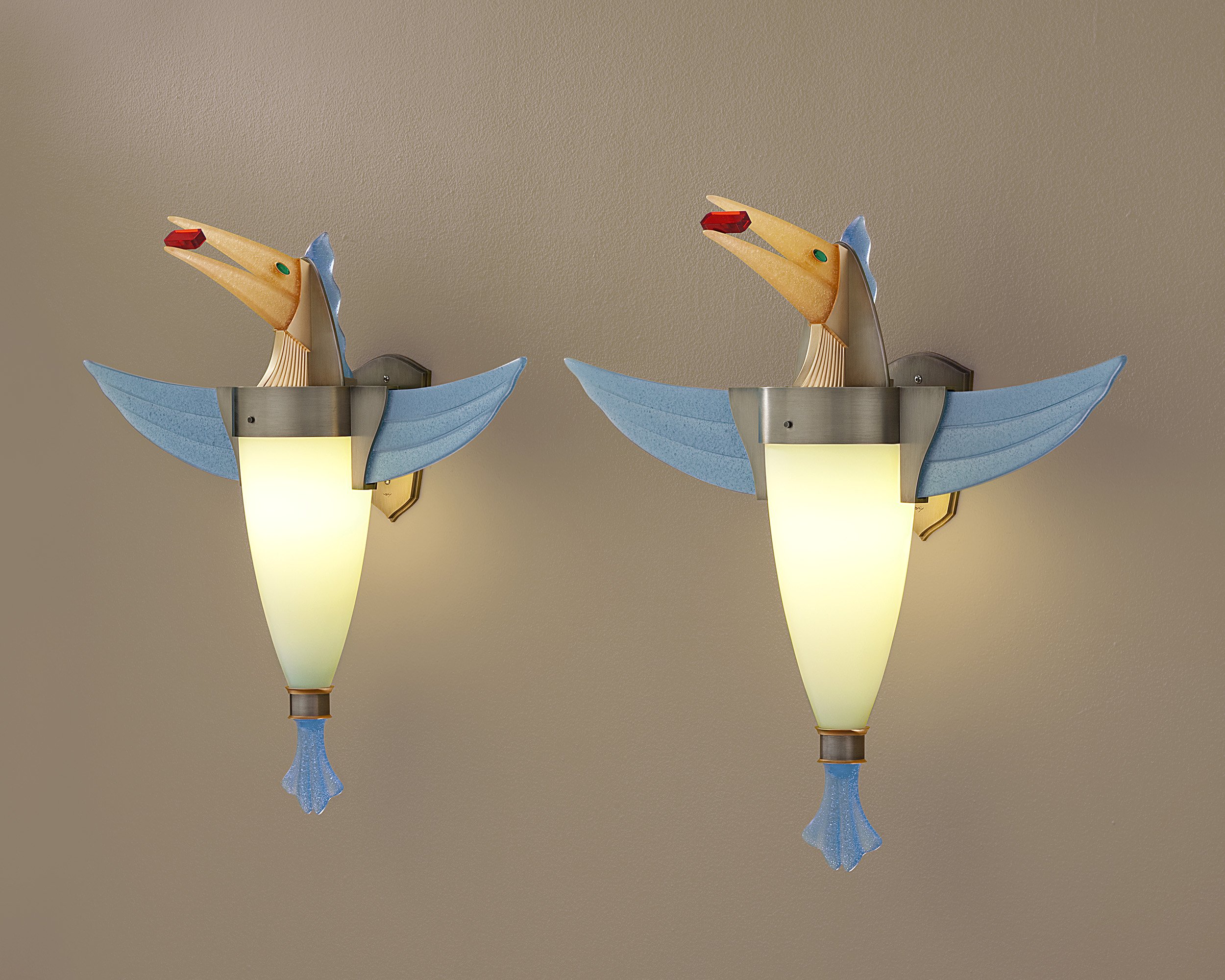
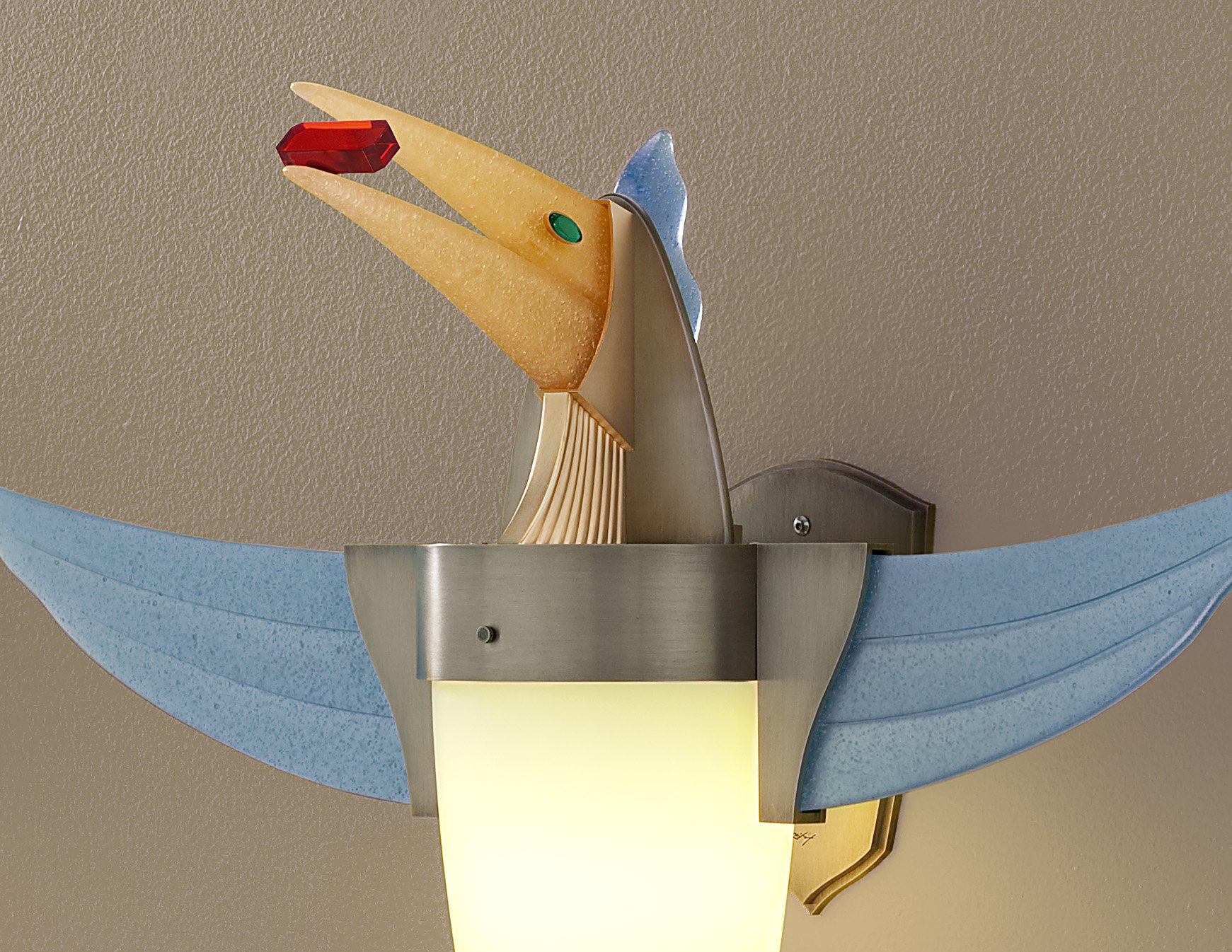
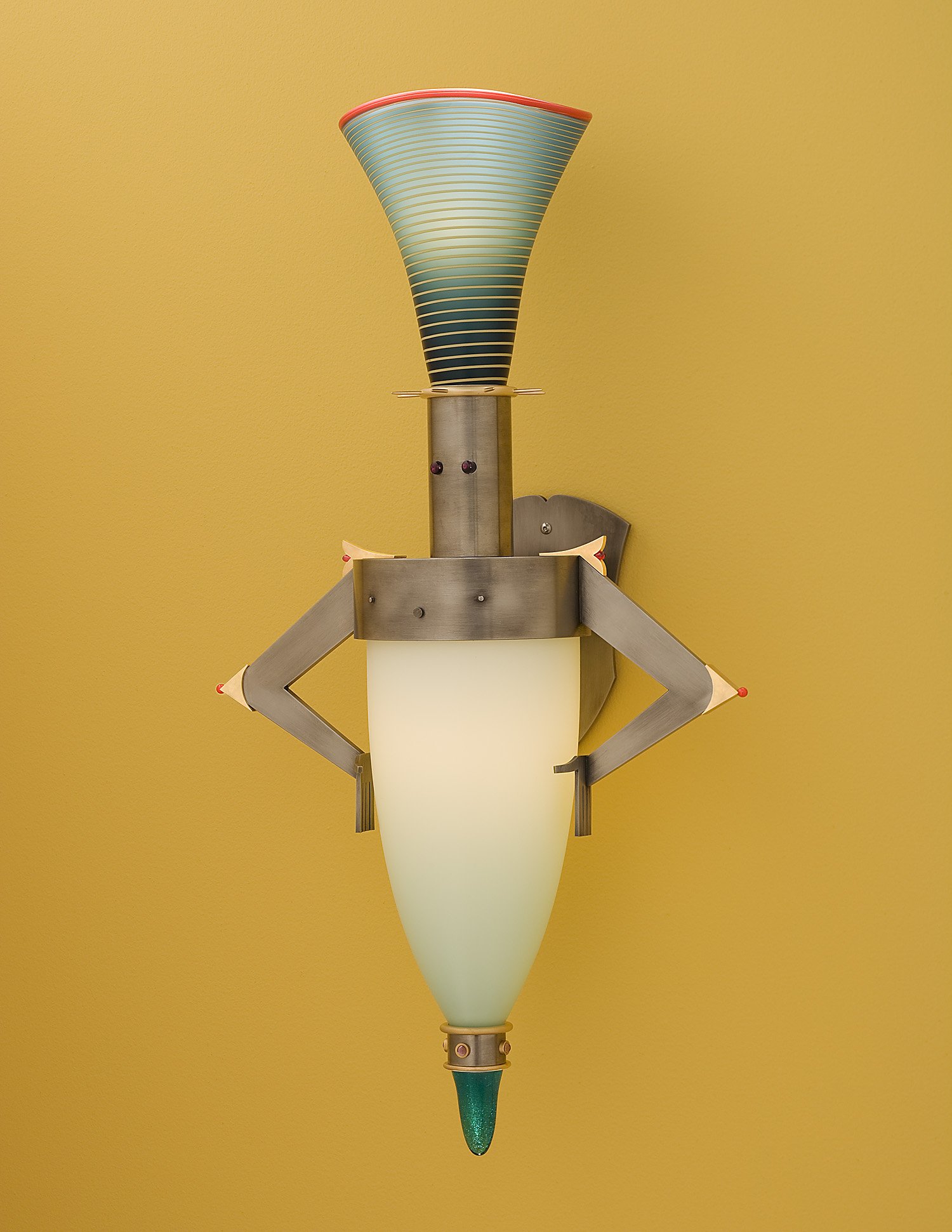
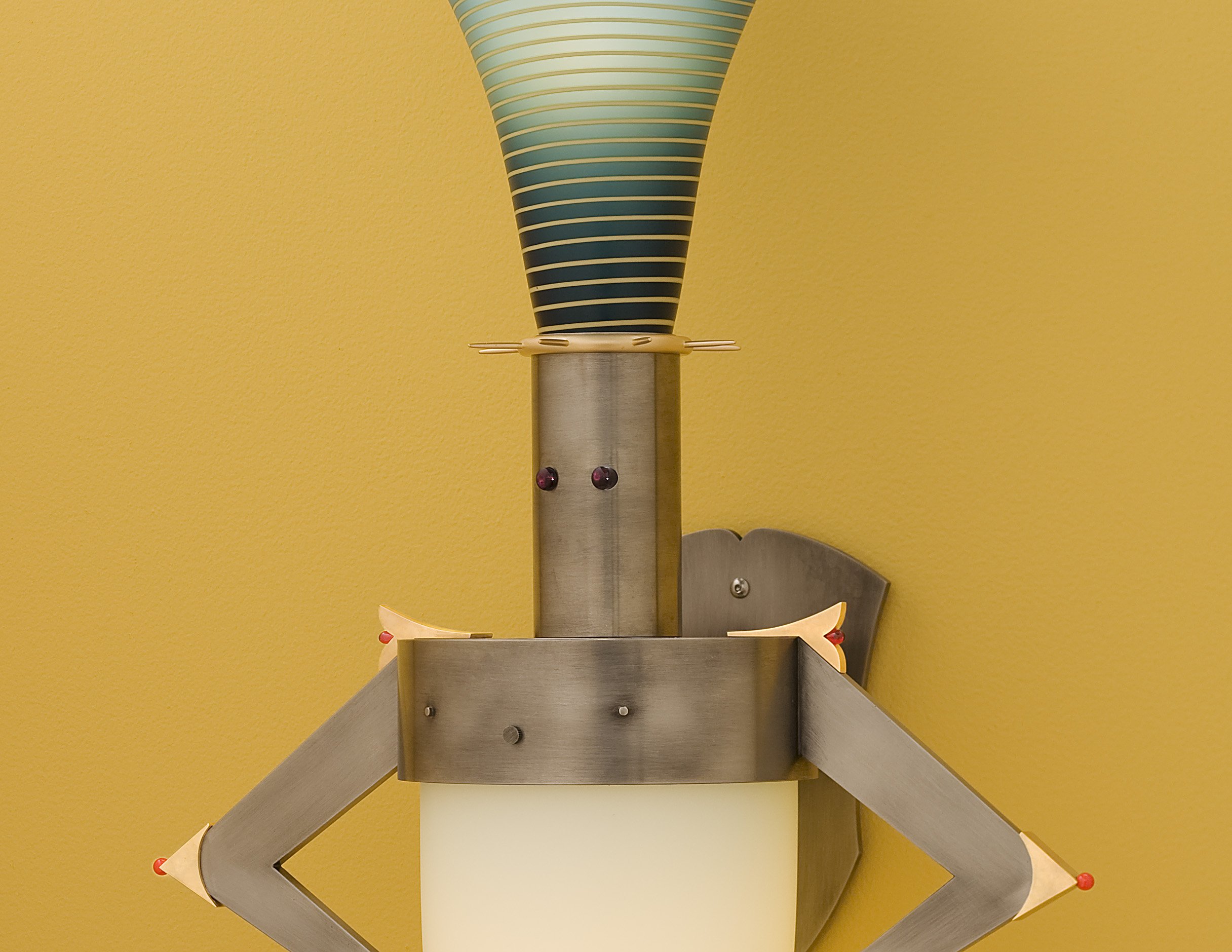
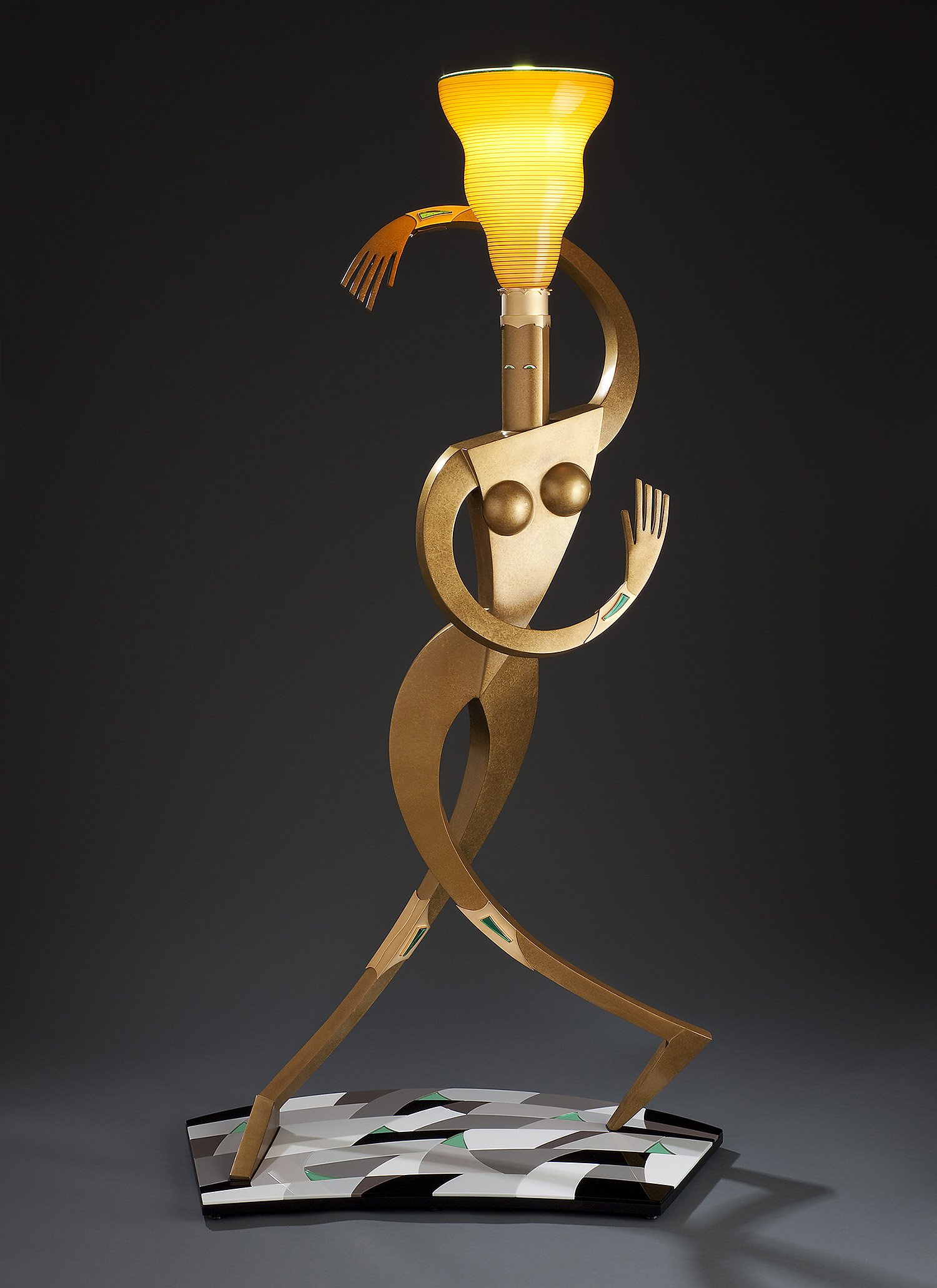
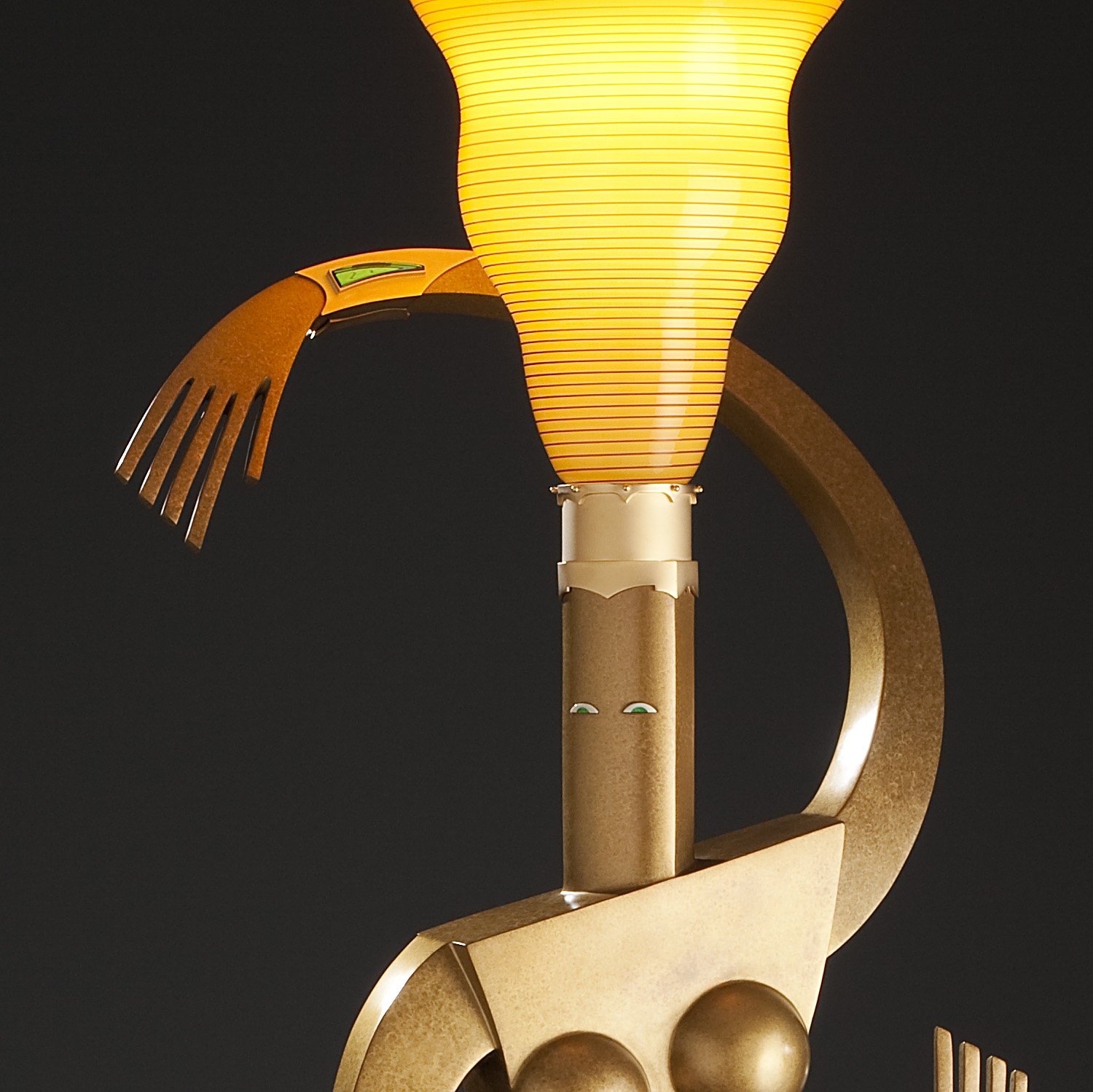
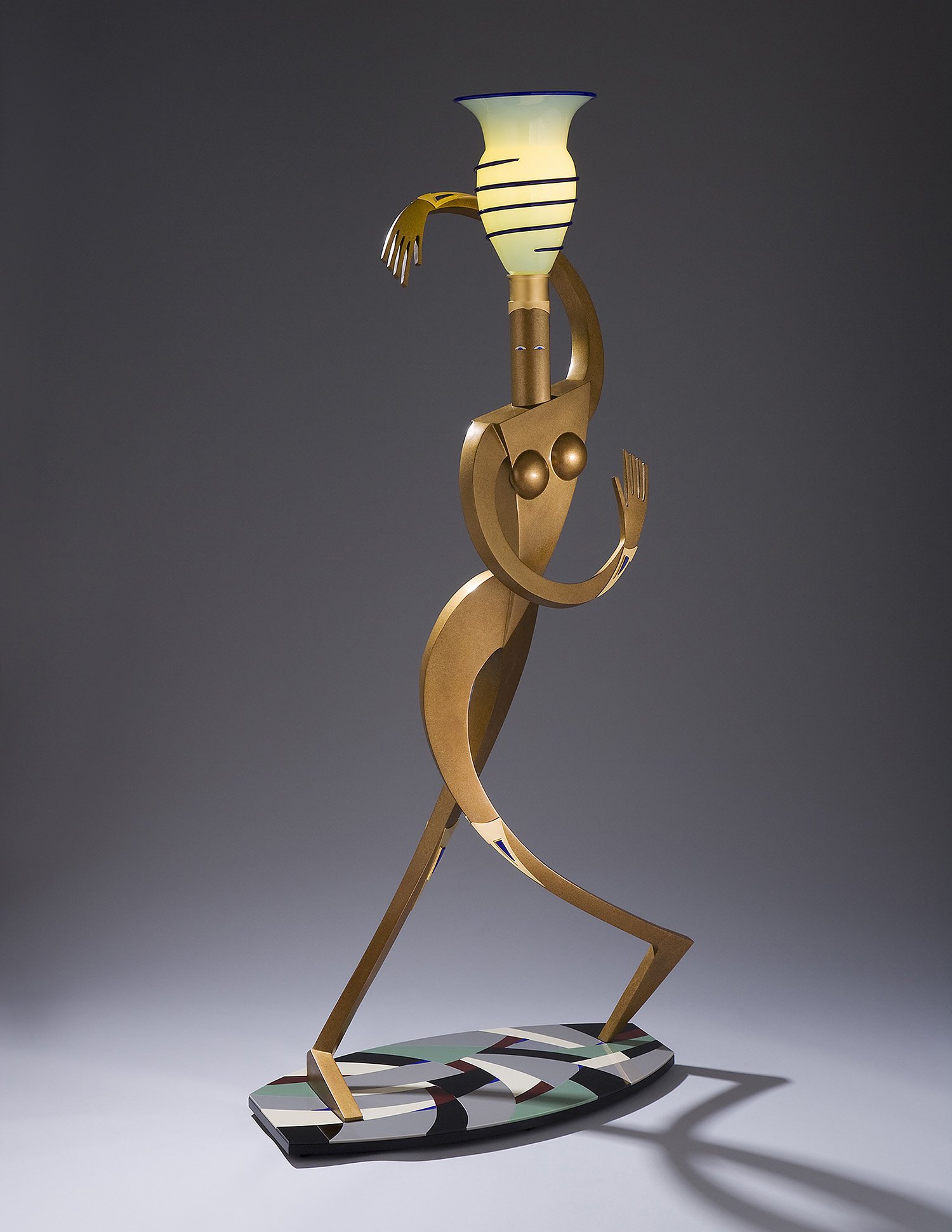
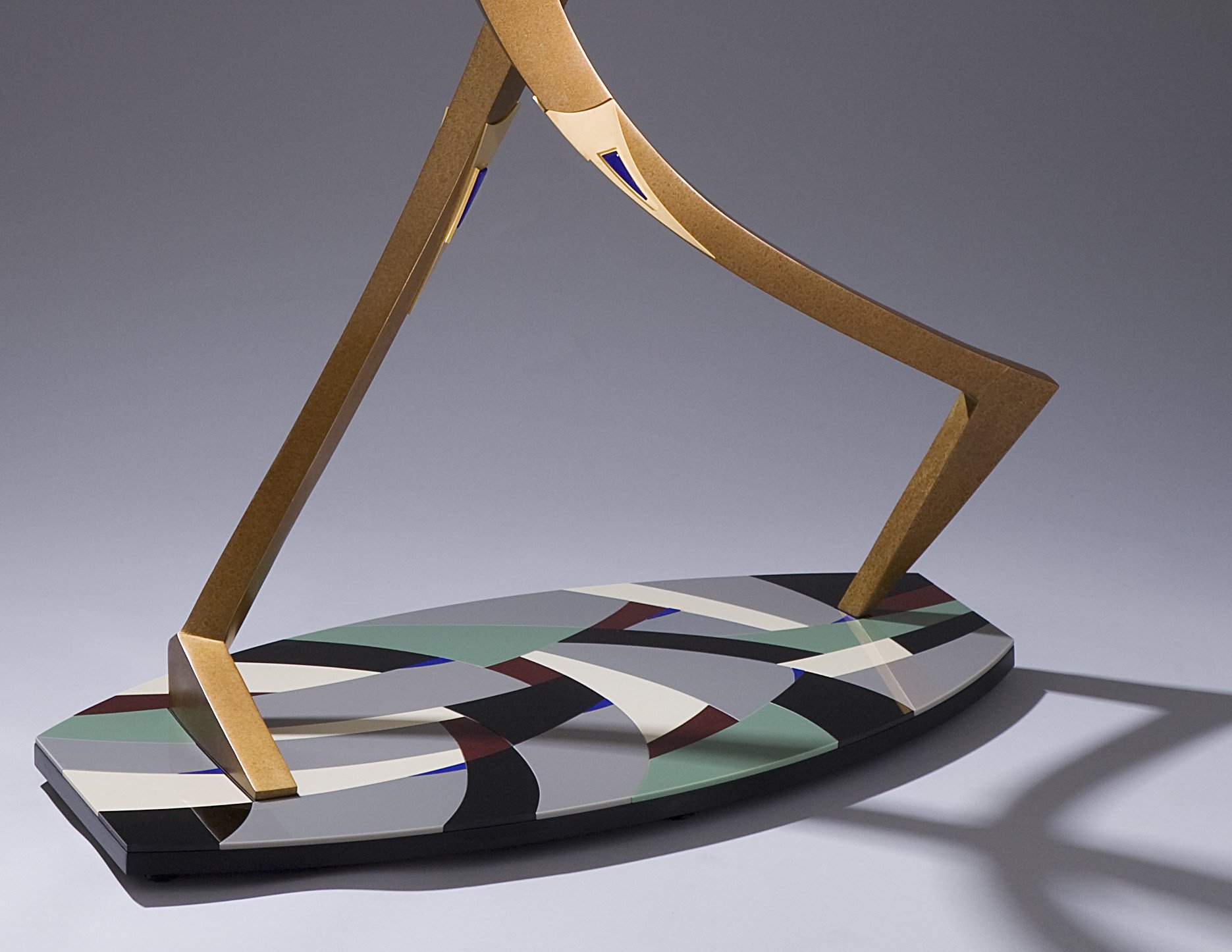
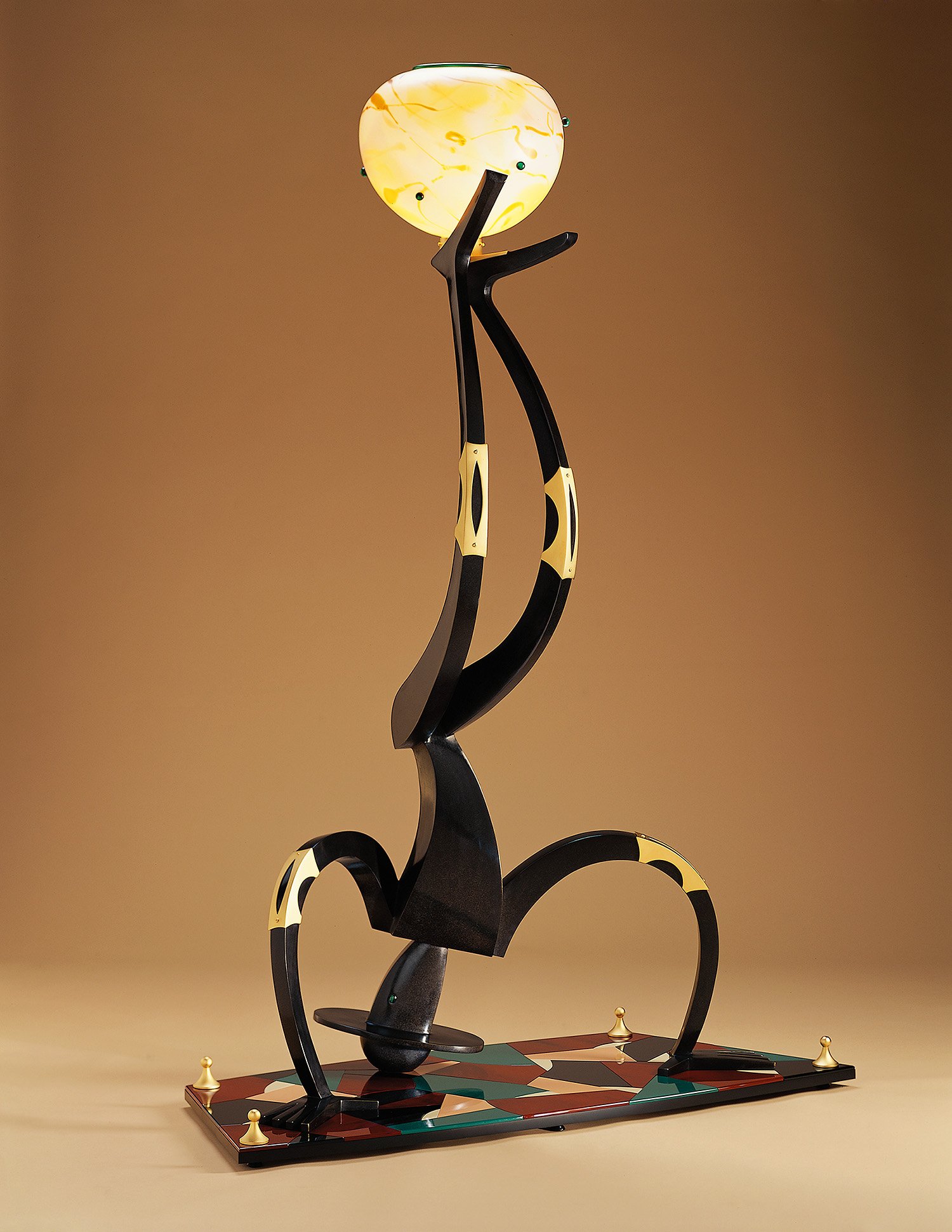
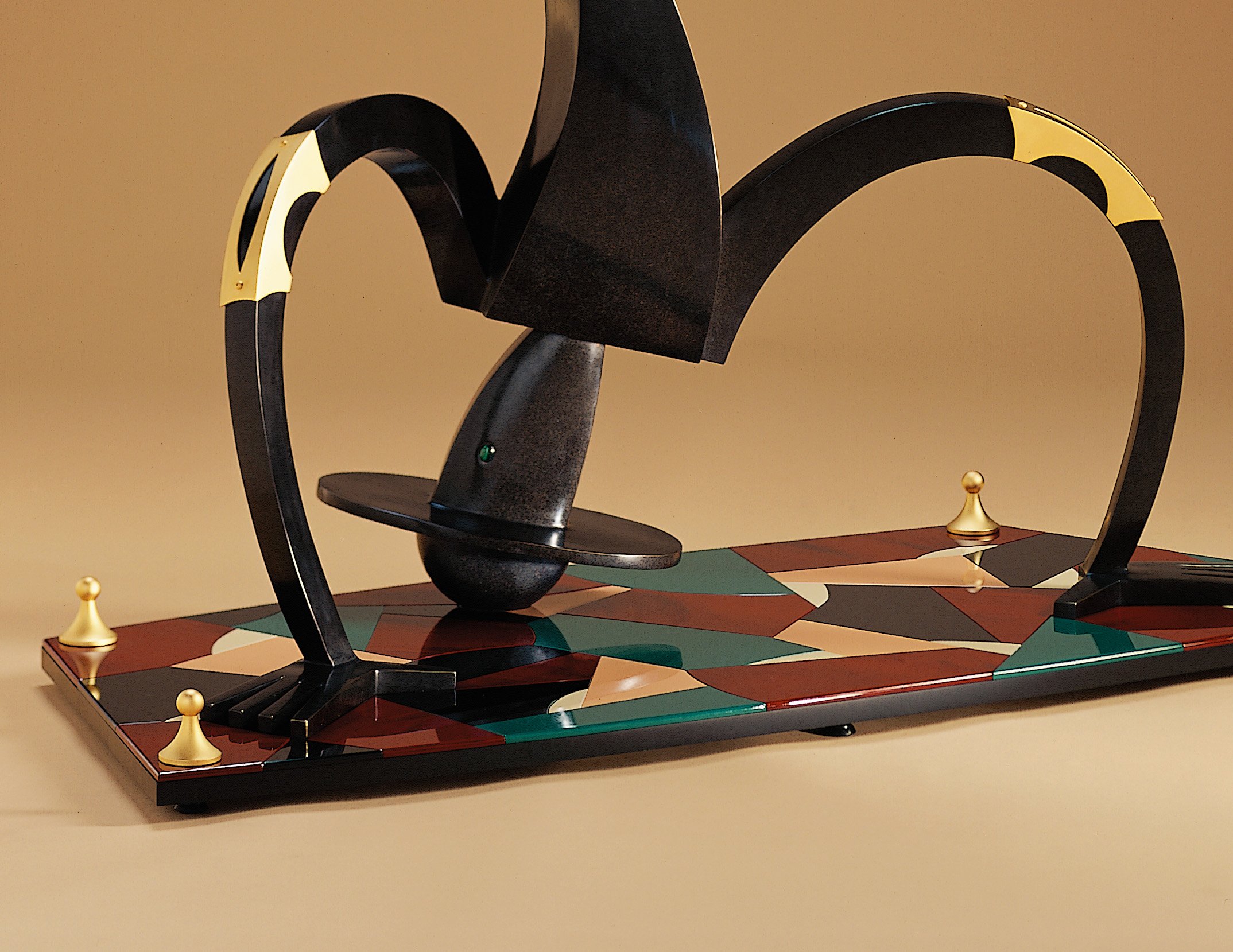
“Even his distinctive use of Virolite, a typically opaque plate glass developed for architectural use and associated with the Art Deco period, while largely singular to his career, cannot be described as his signature technique. What is notable to Dailey is his sculptural realism—even at its most stylized, Dailey’s work communicates a thought, a vision, or a feeling expressed through an object.”
— PERRY A. PRICE, Fuller Craft Museum Curator
WHITE FORMS
9 piece series • 2015 – ongoing
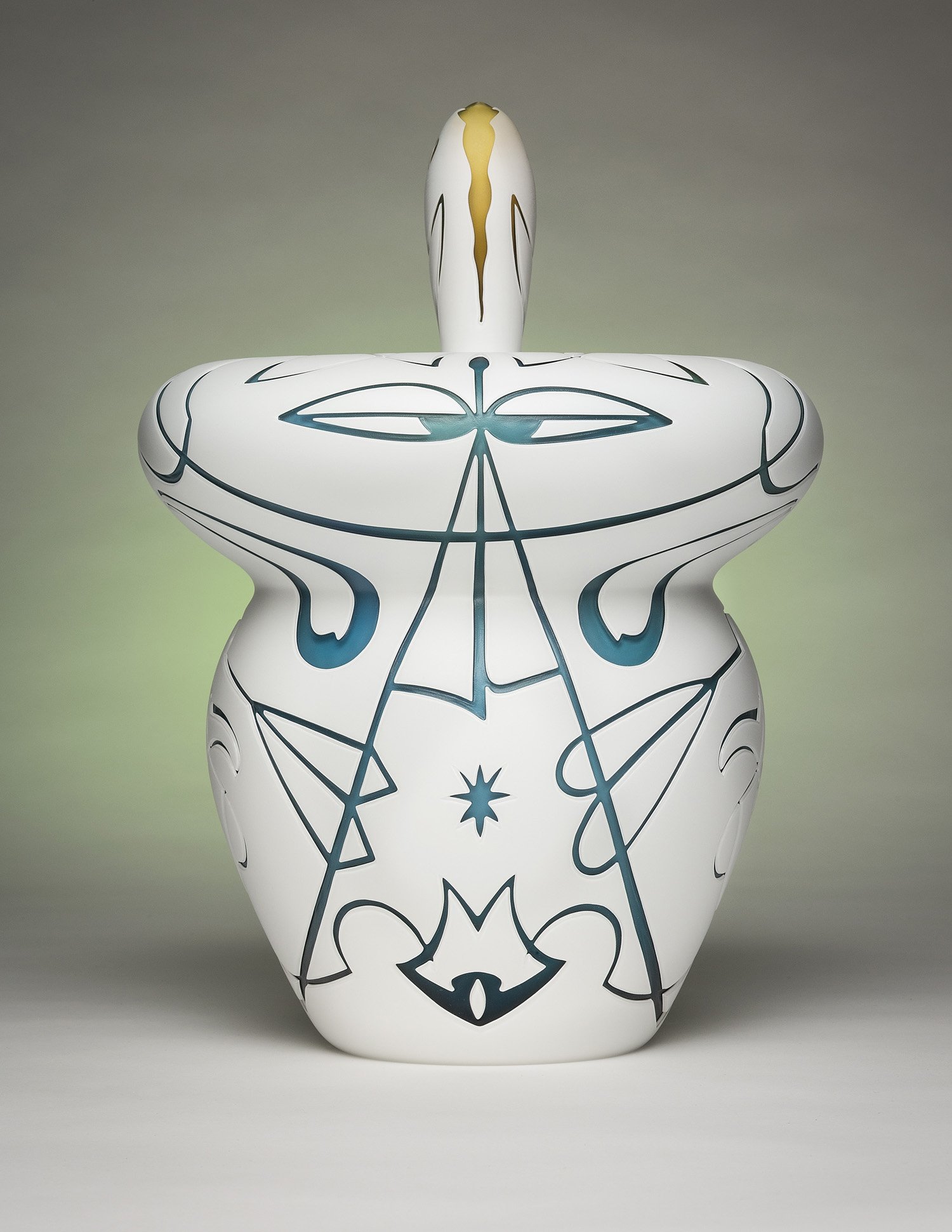
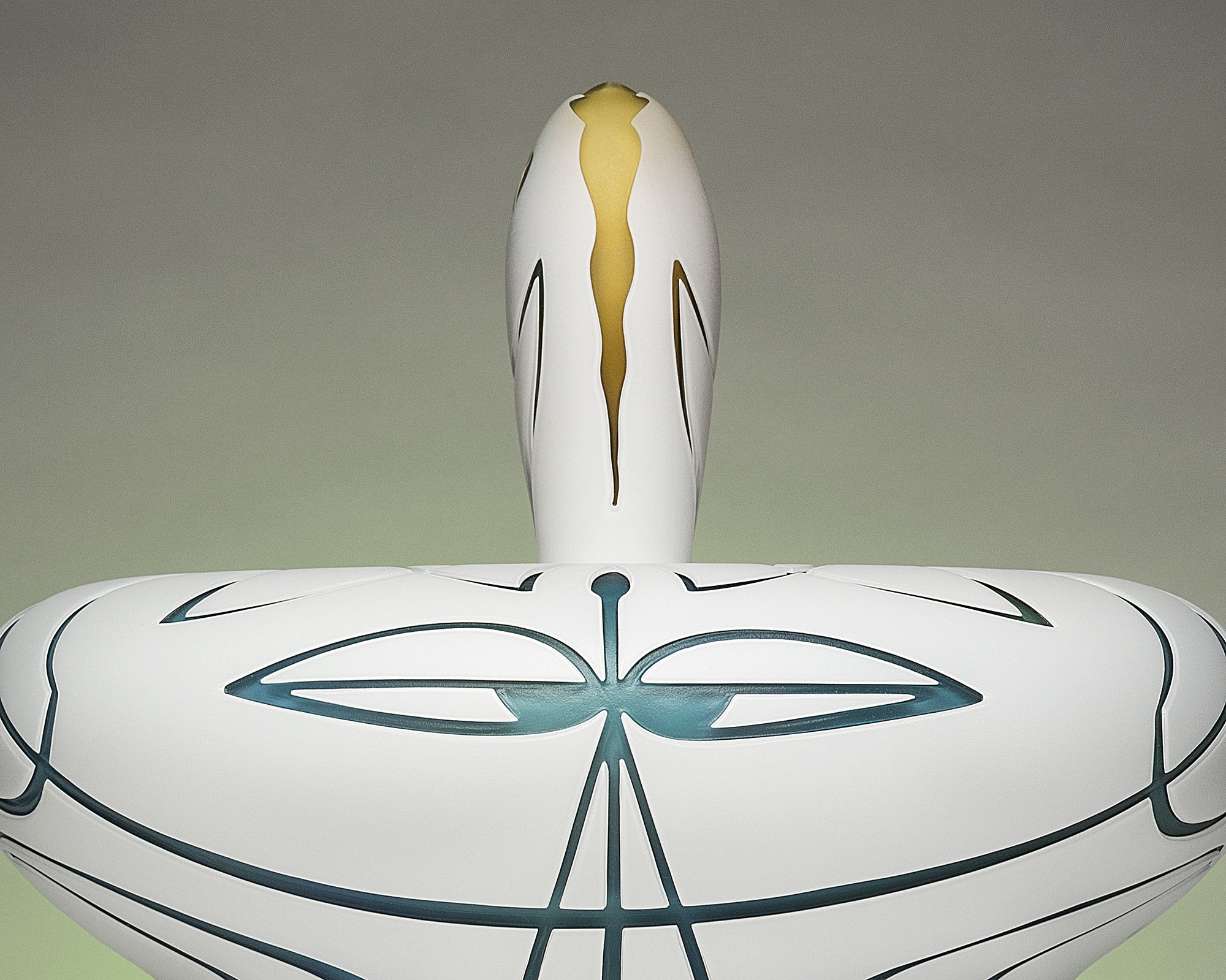
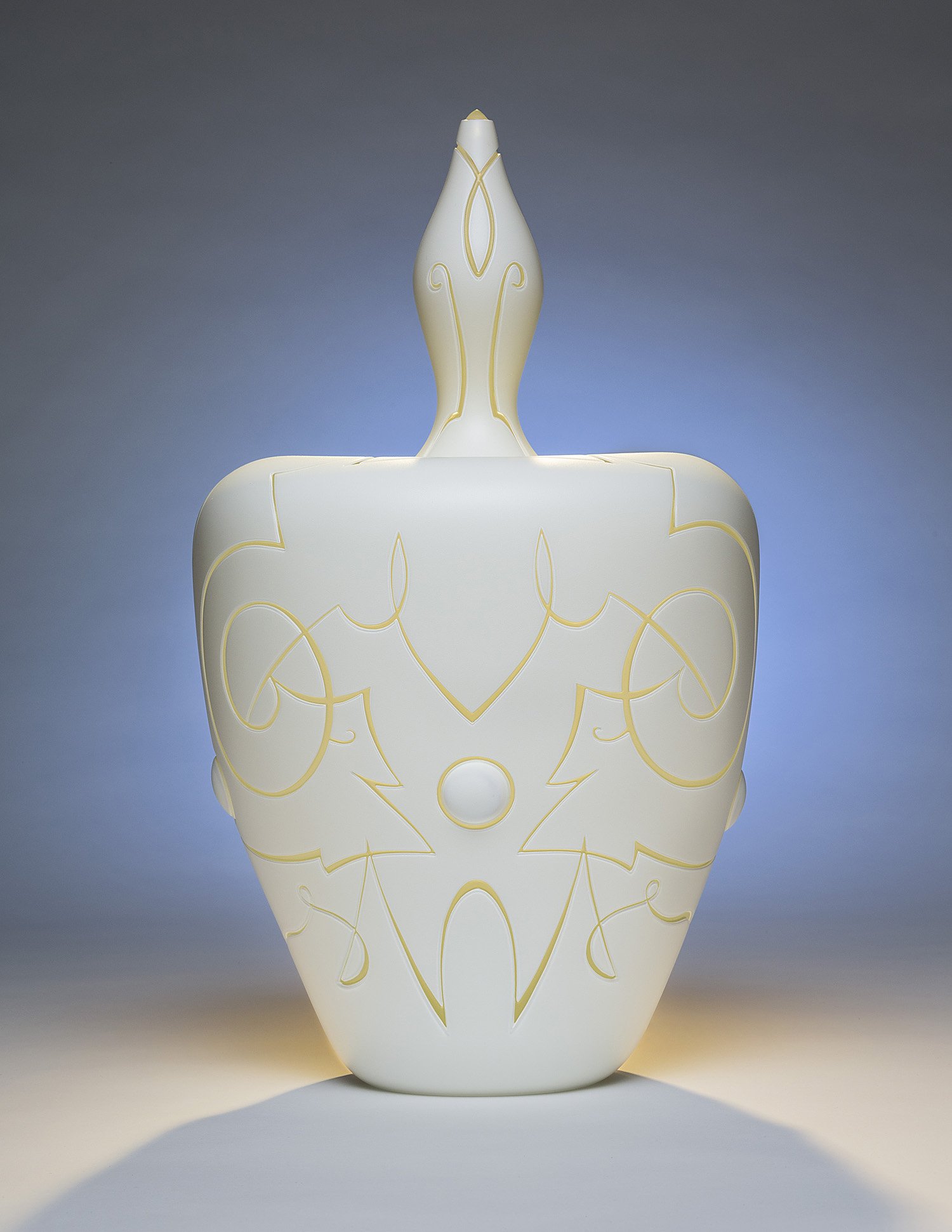
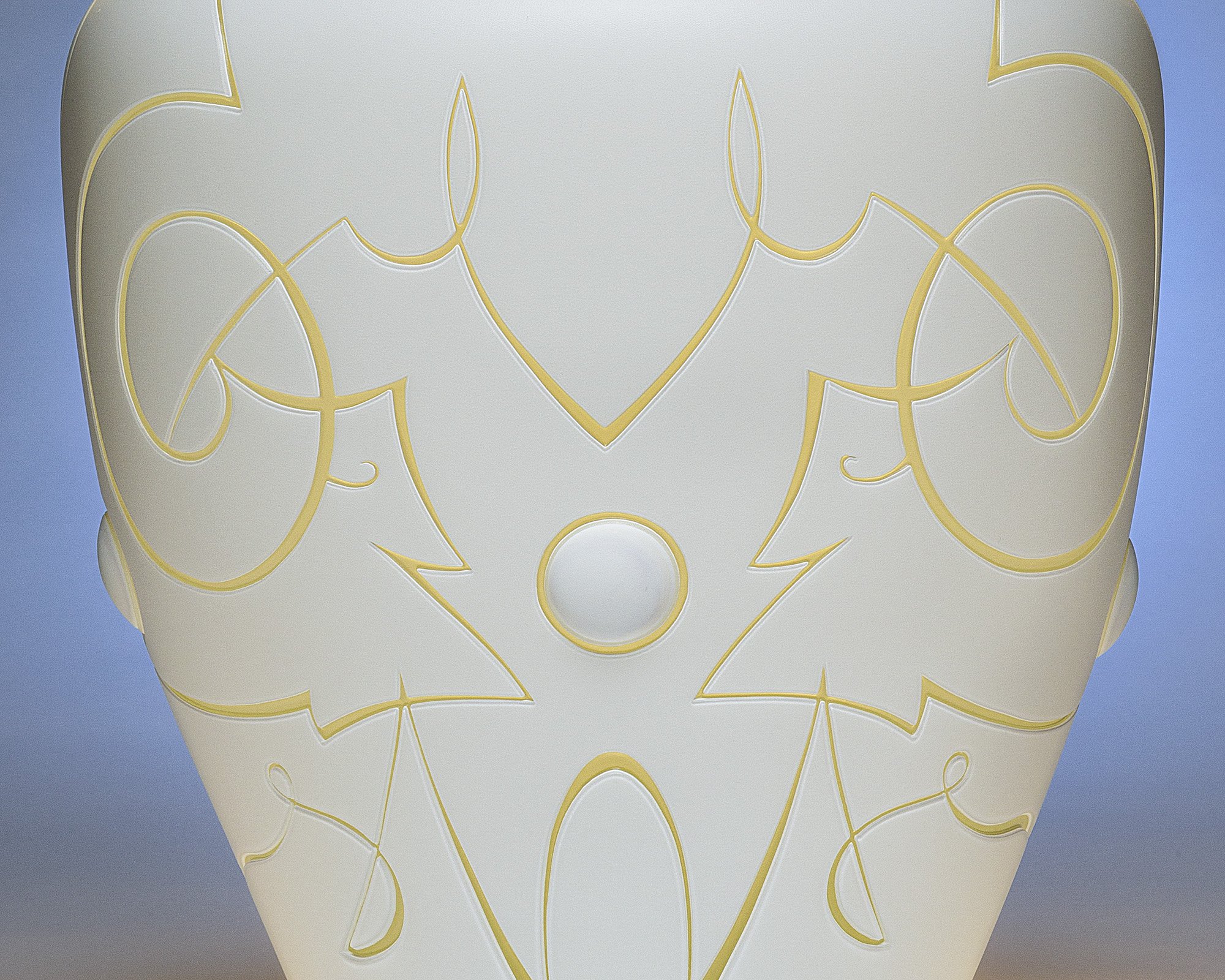
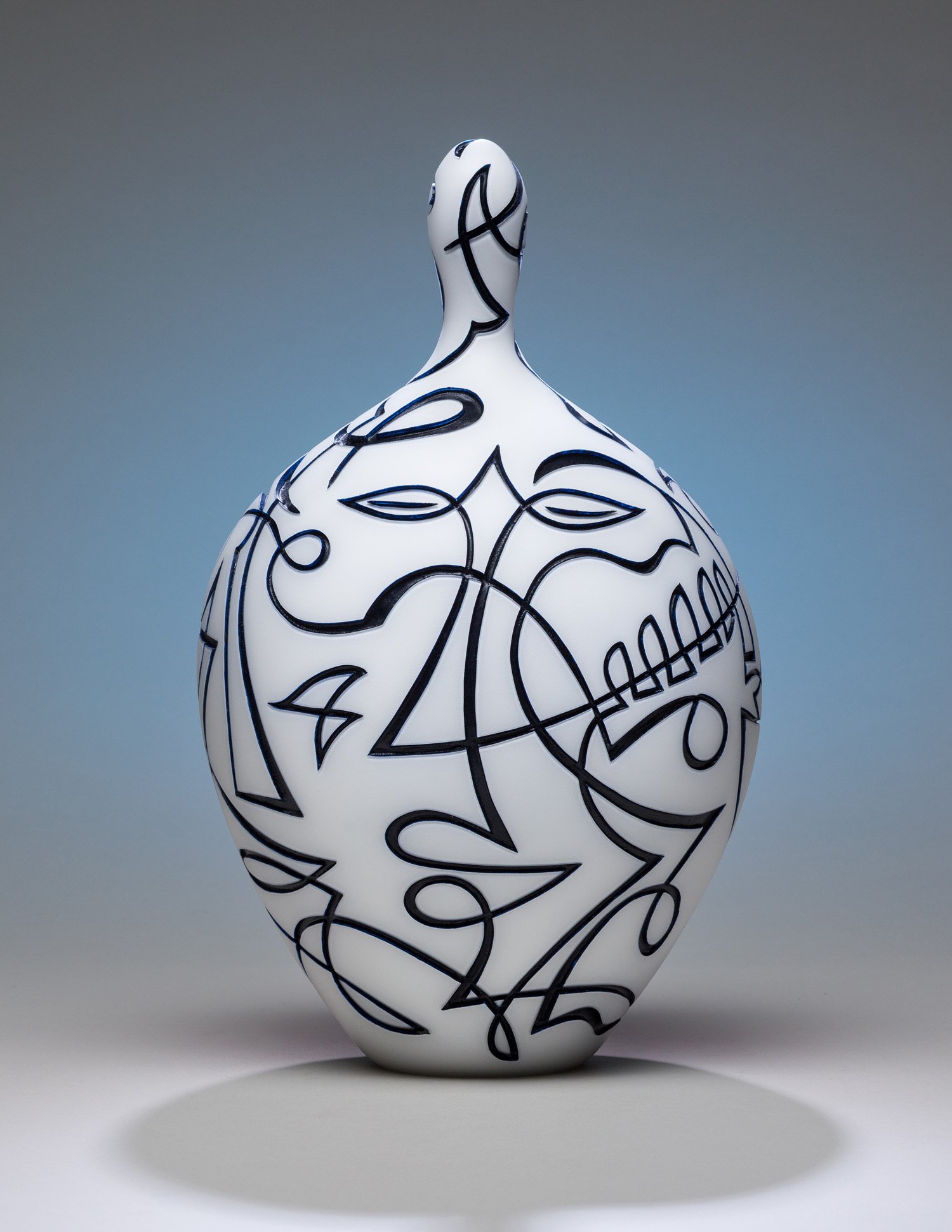
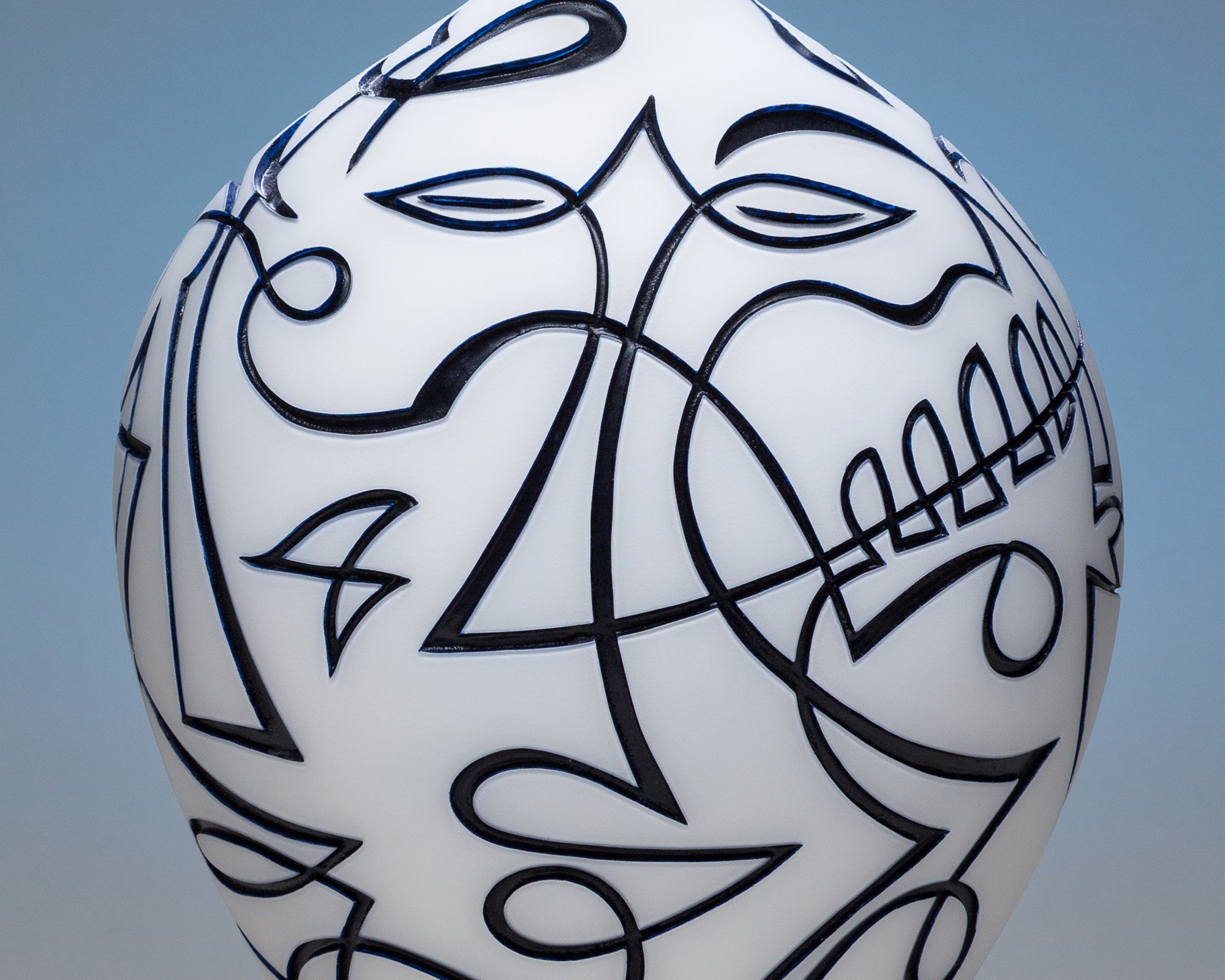
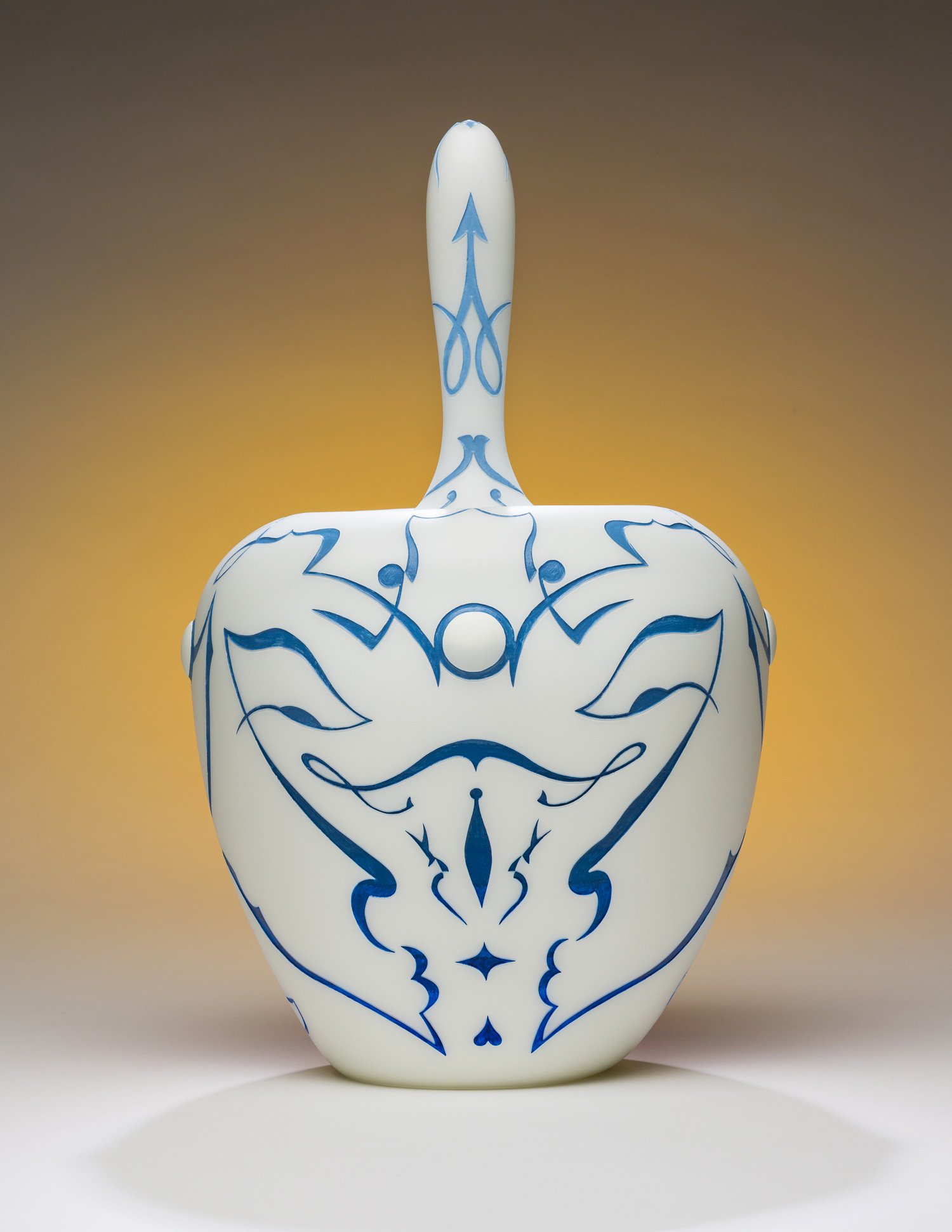
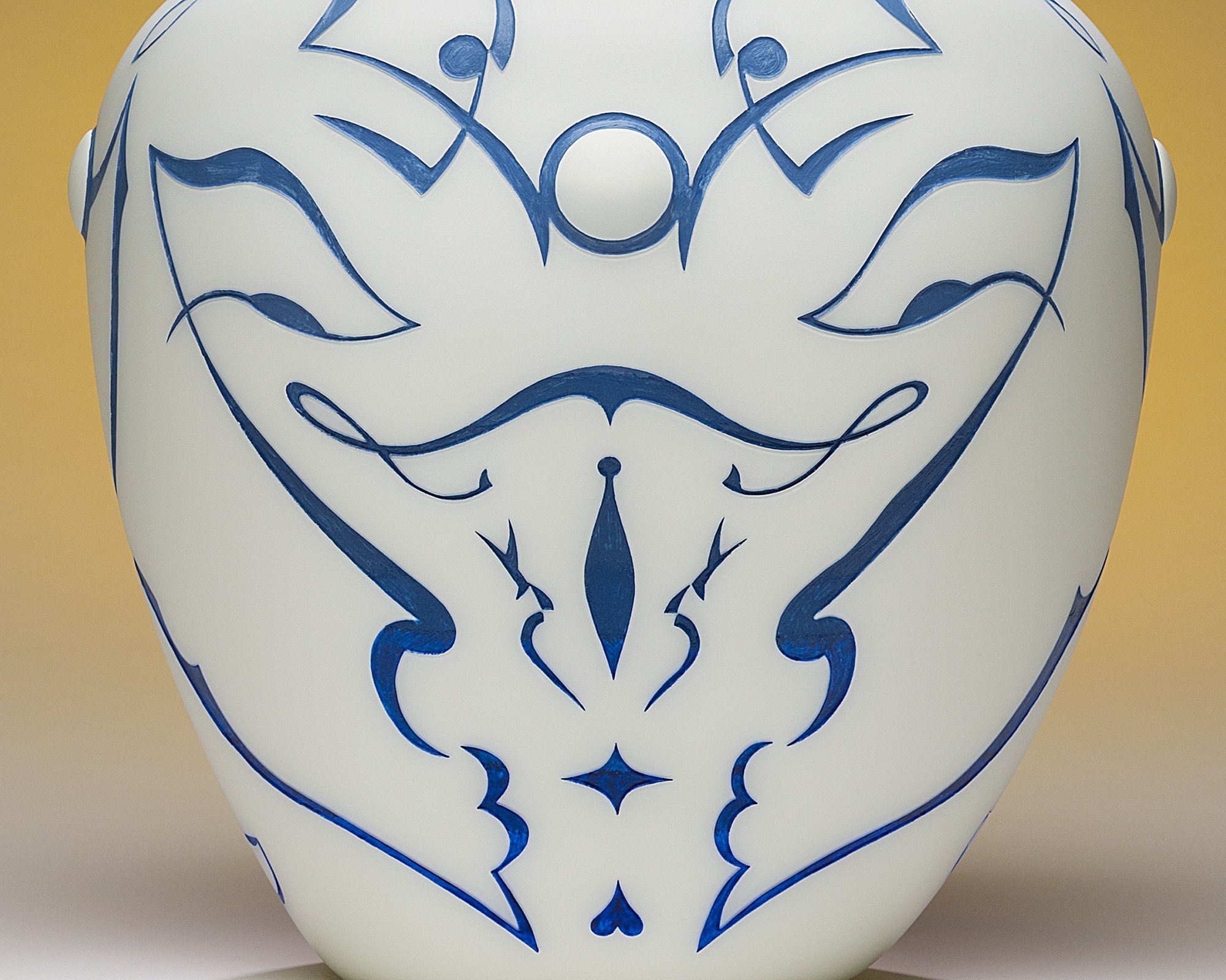
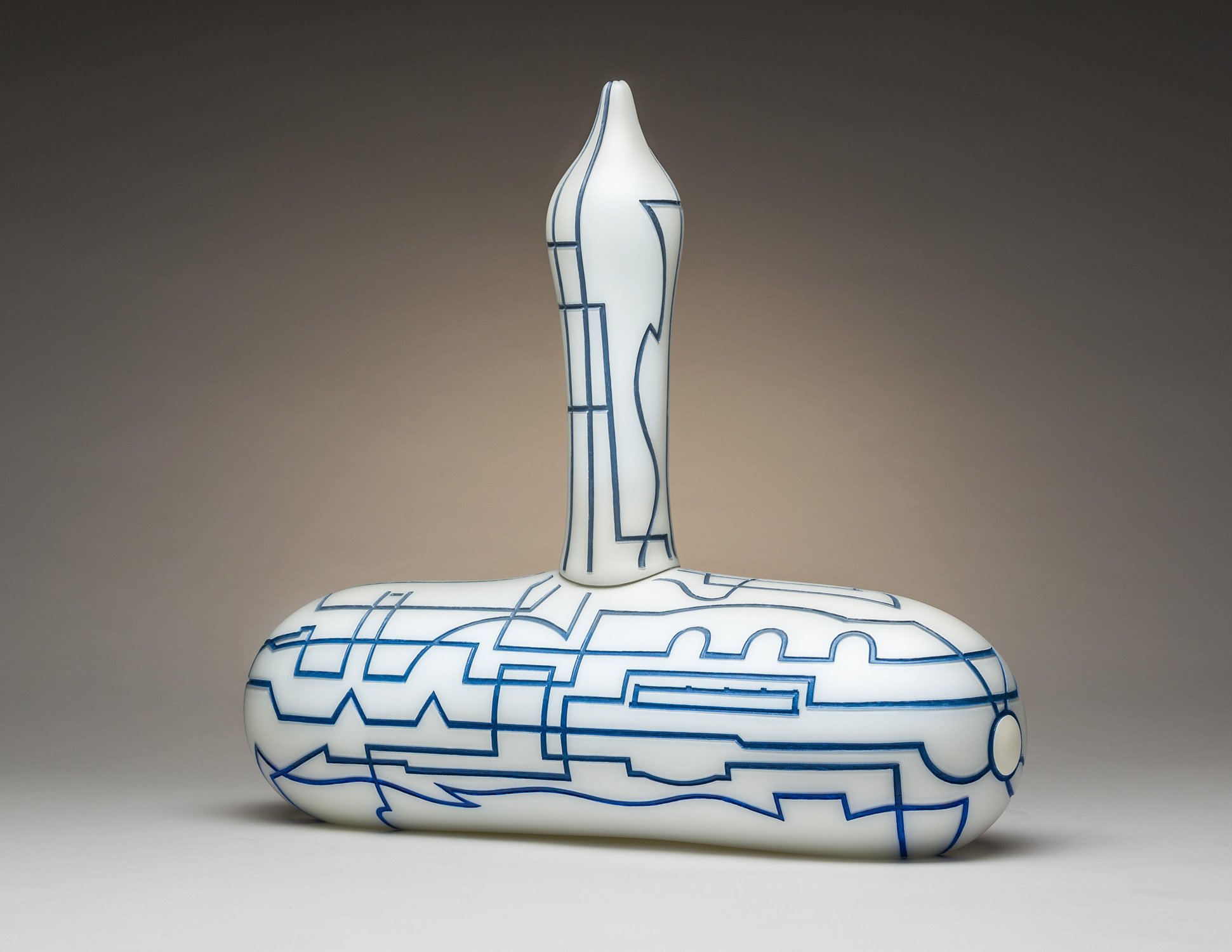
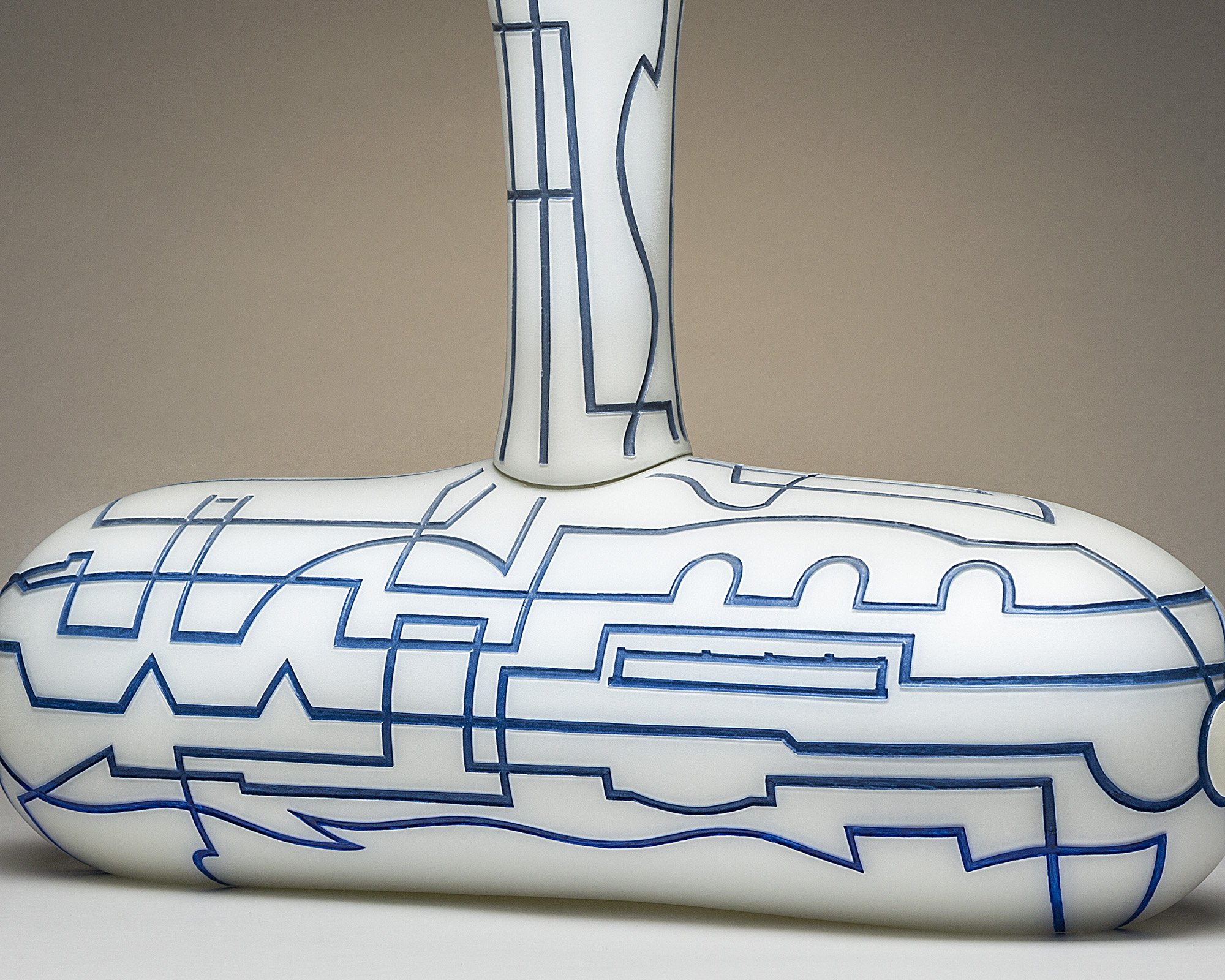
“I have tried, with line emphasis and color, to give the drawings a ‘life’ on the glass form. These are drawings in the round, so it is necessary to move around the piece to see the entire image. As a viewer studies the drawing it becomes evident that there is more than one drawing to be viewed.”
CIRCUS VASES
162 piece series • 1995 – ongoing
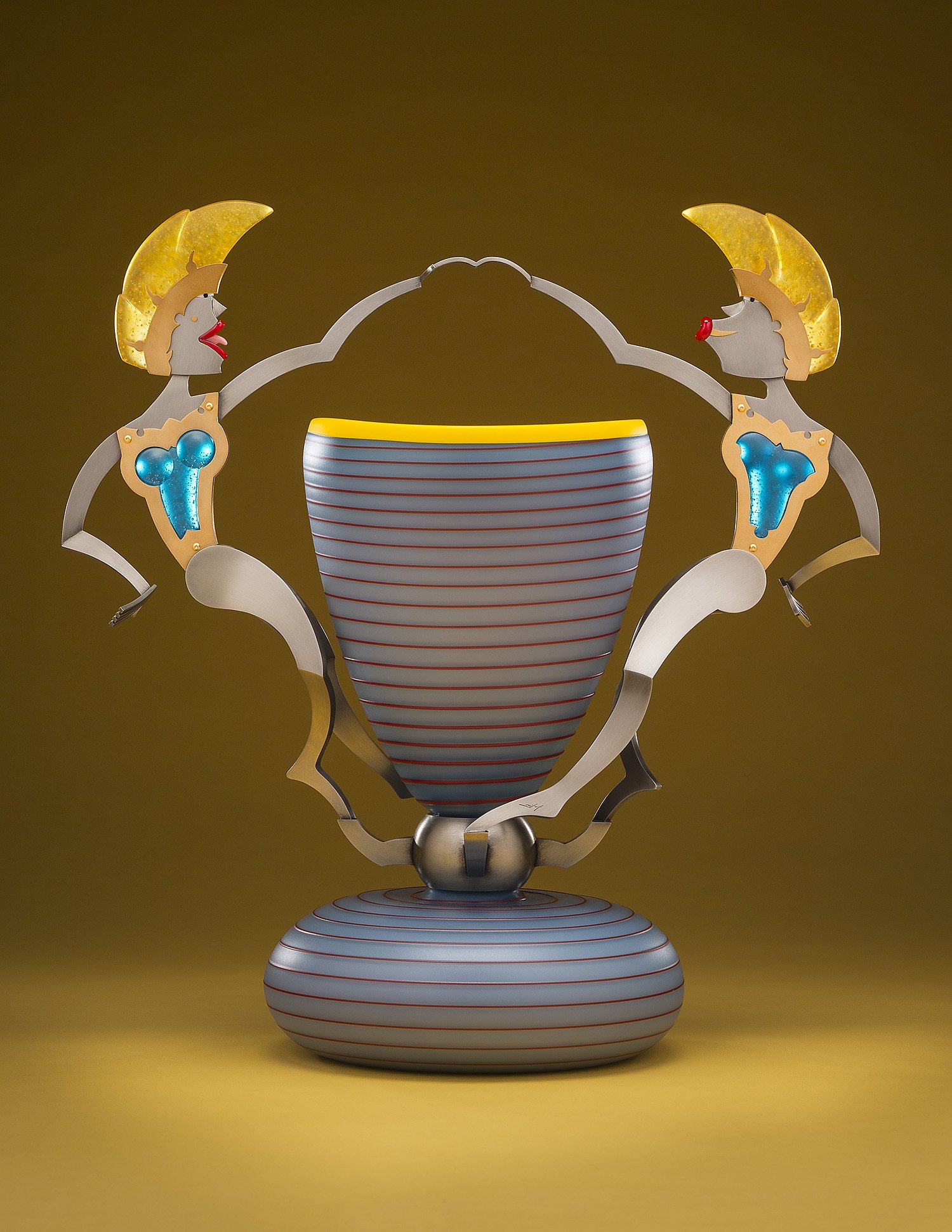
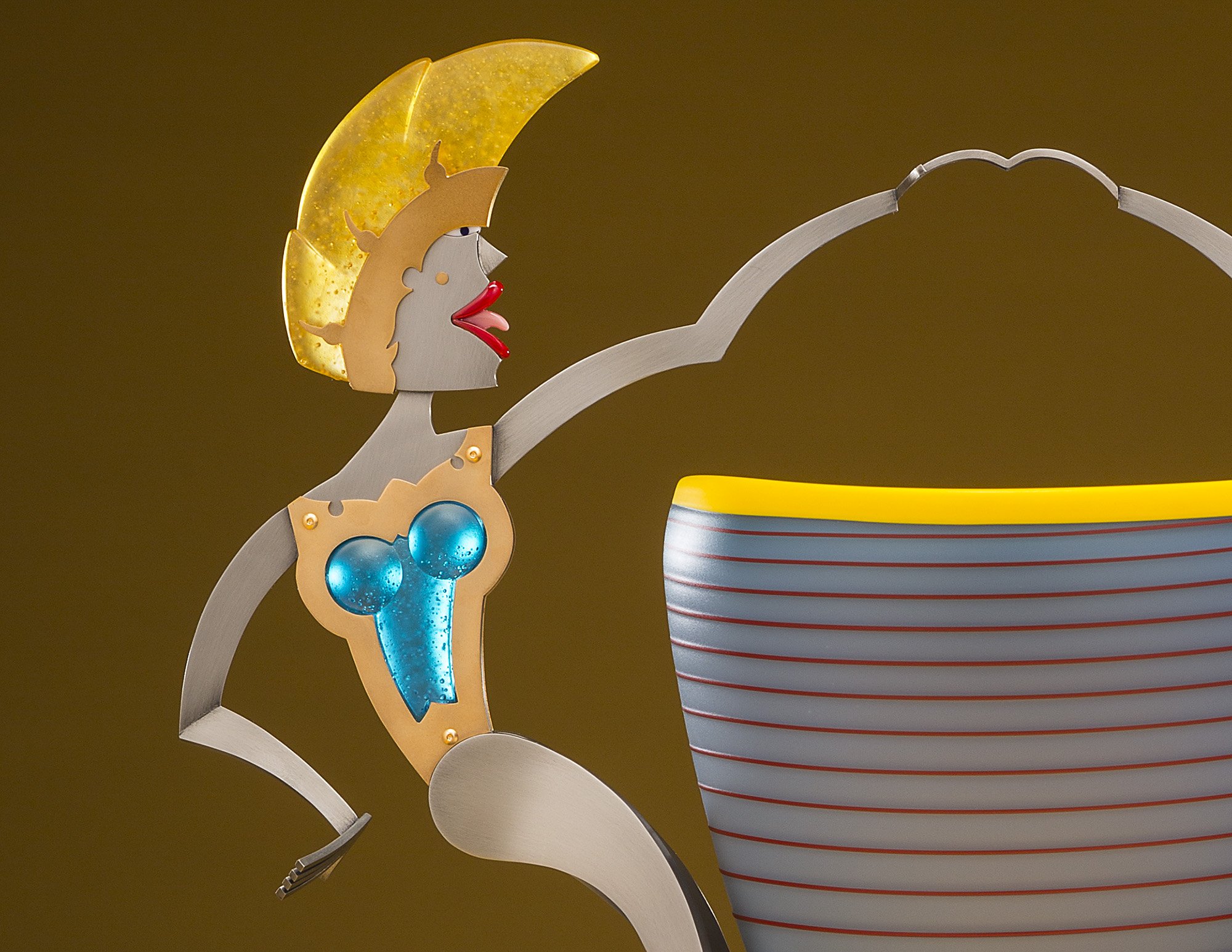
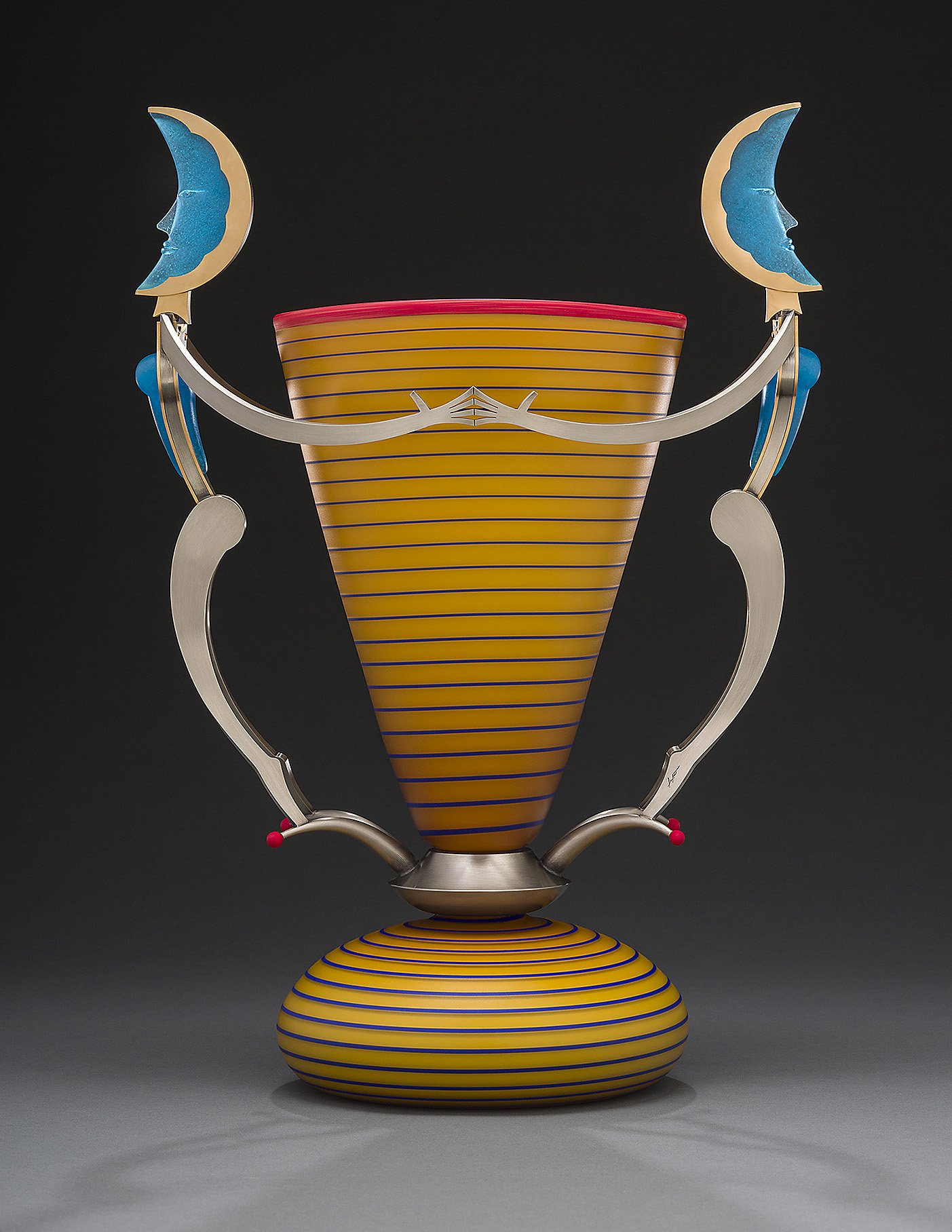
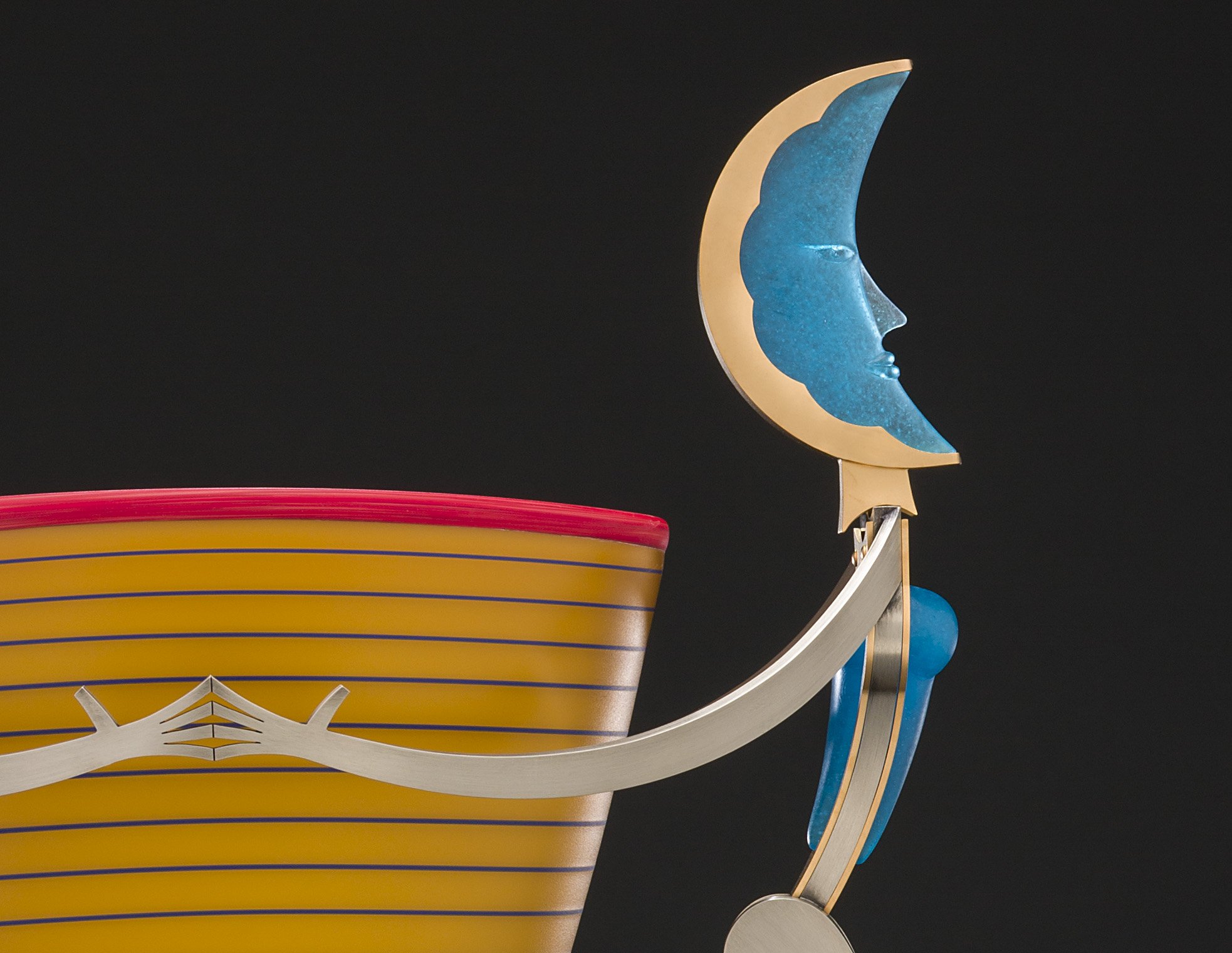
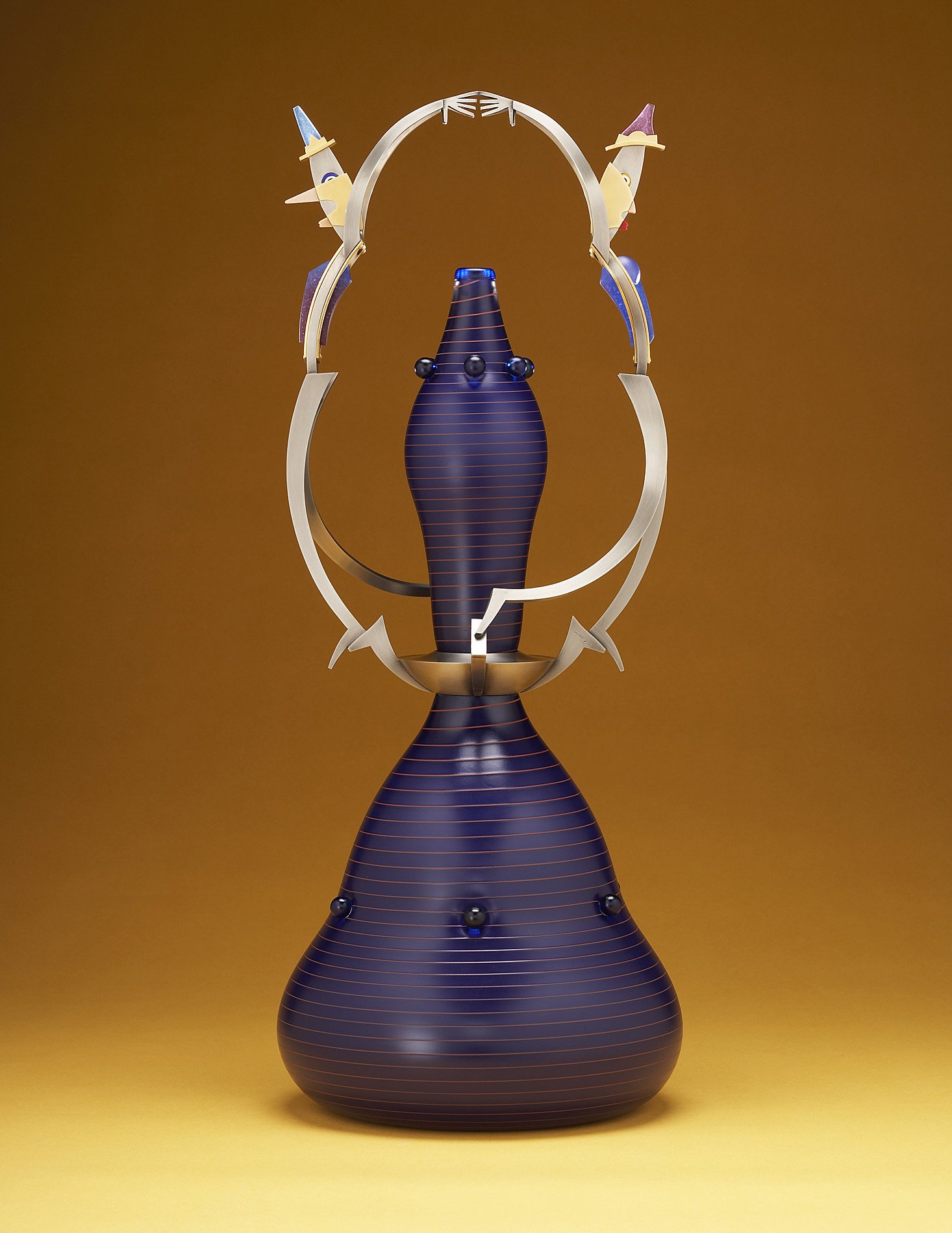
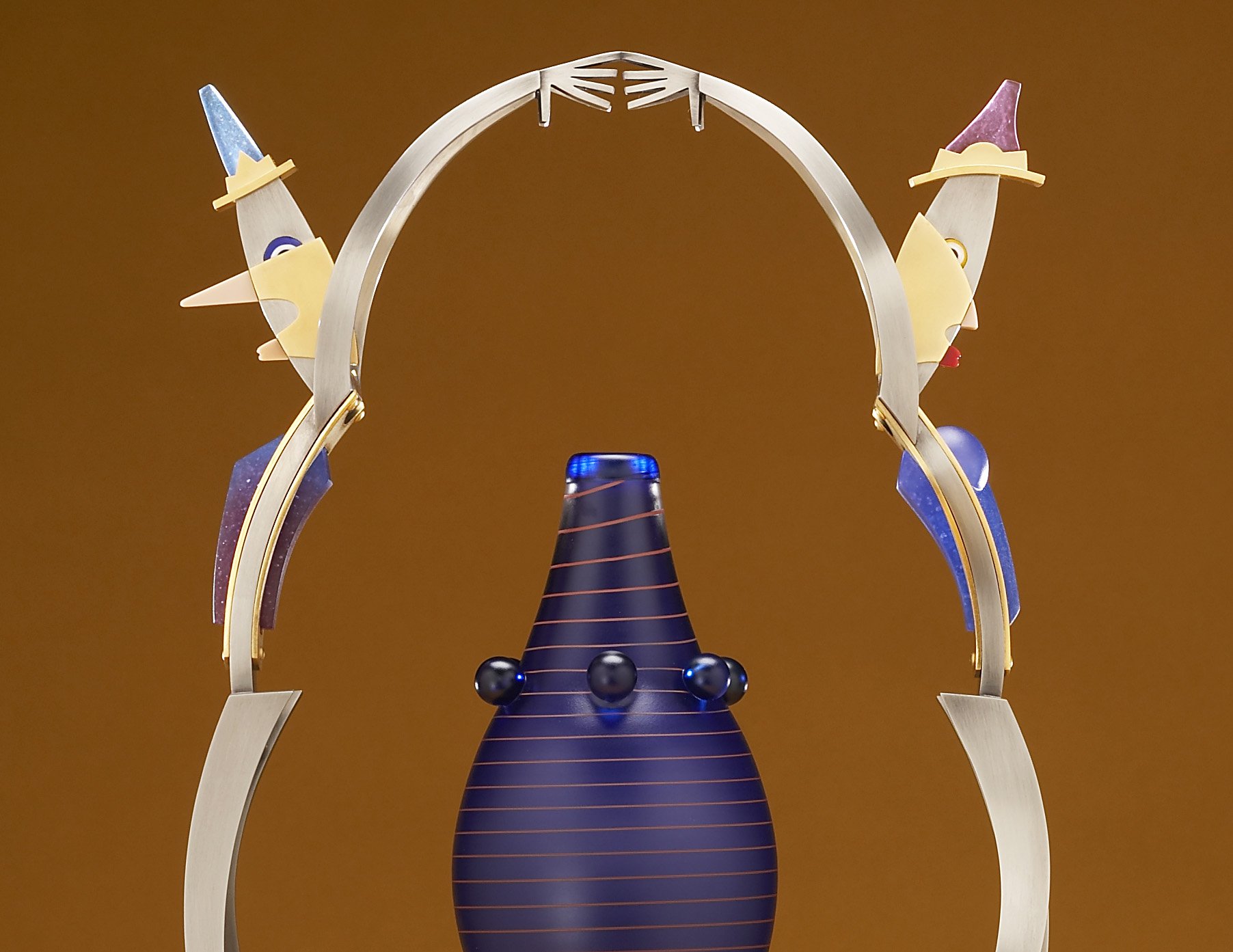
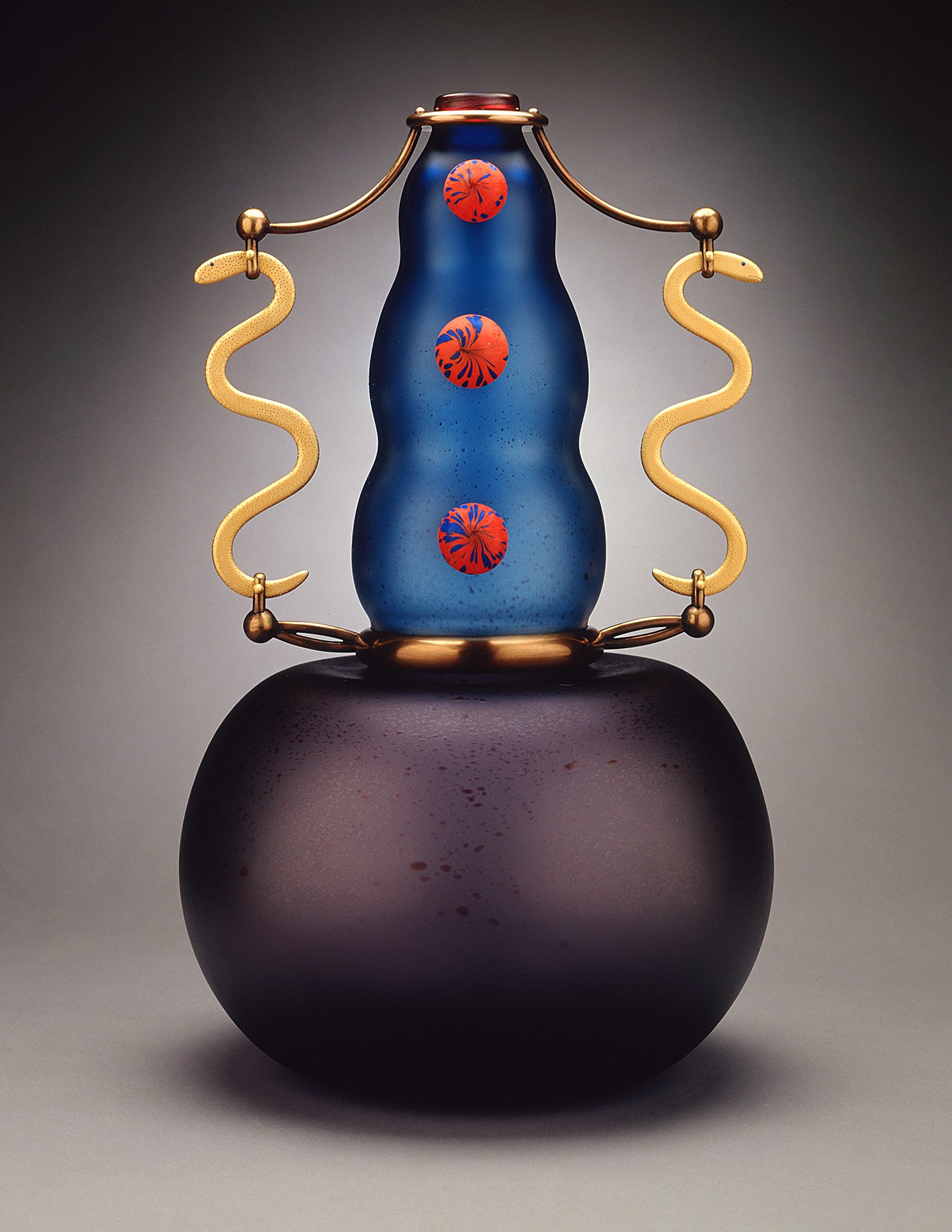
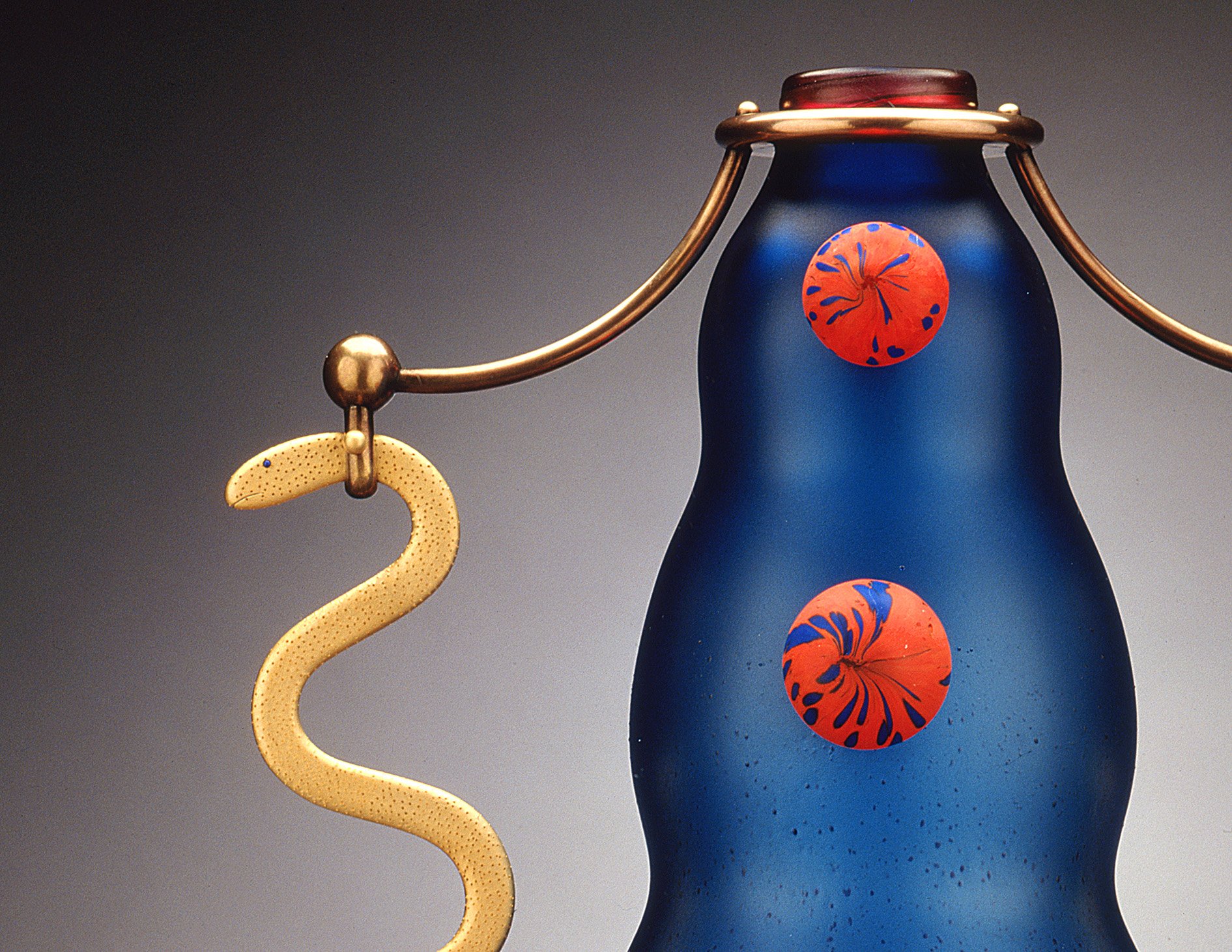
“This work is a tour-de-force of techniques, from blown glass, to pâte-de-verre, to the use of Vitrolite and other glass details, and to the incorporation of fabricated nickel and bronze.”
— JEANNE KOLES, Visions Realized: The Work of Dan Dailey
3D DRAWINGS
30 piece series • 2005 – ongoing
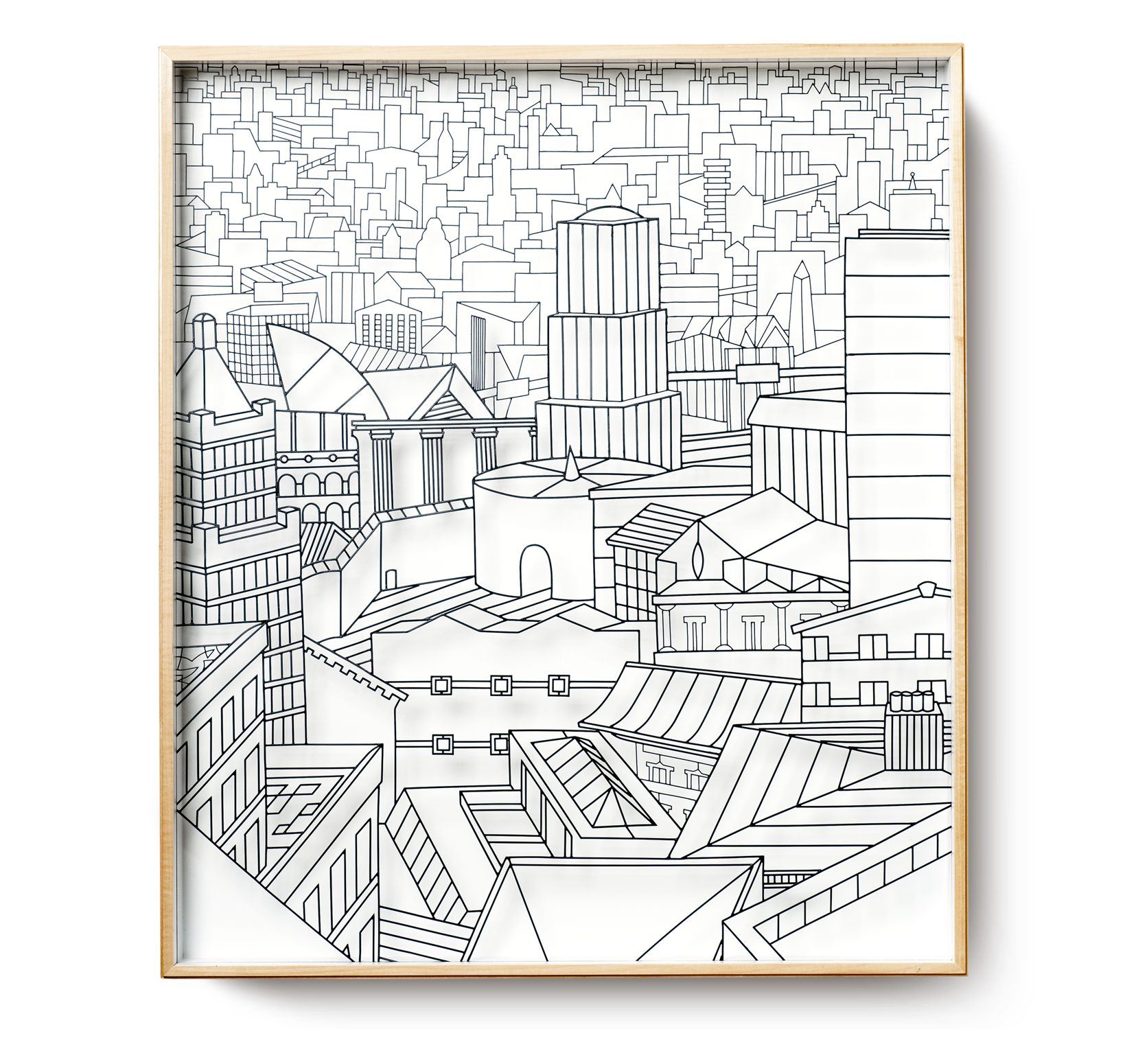
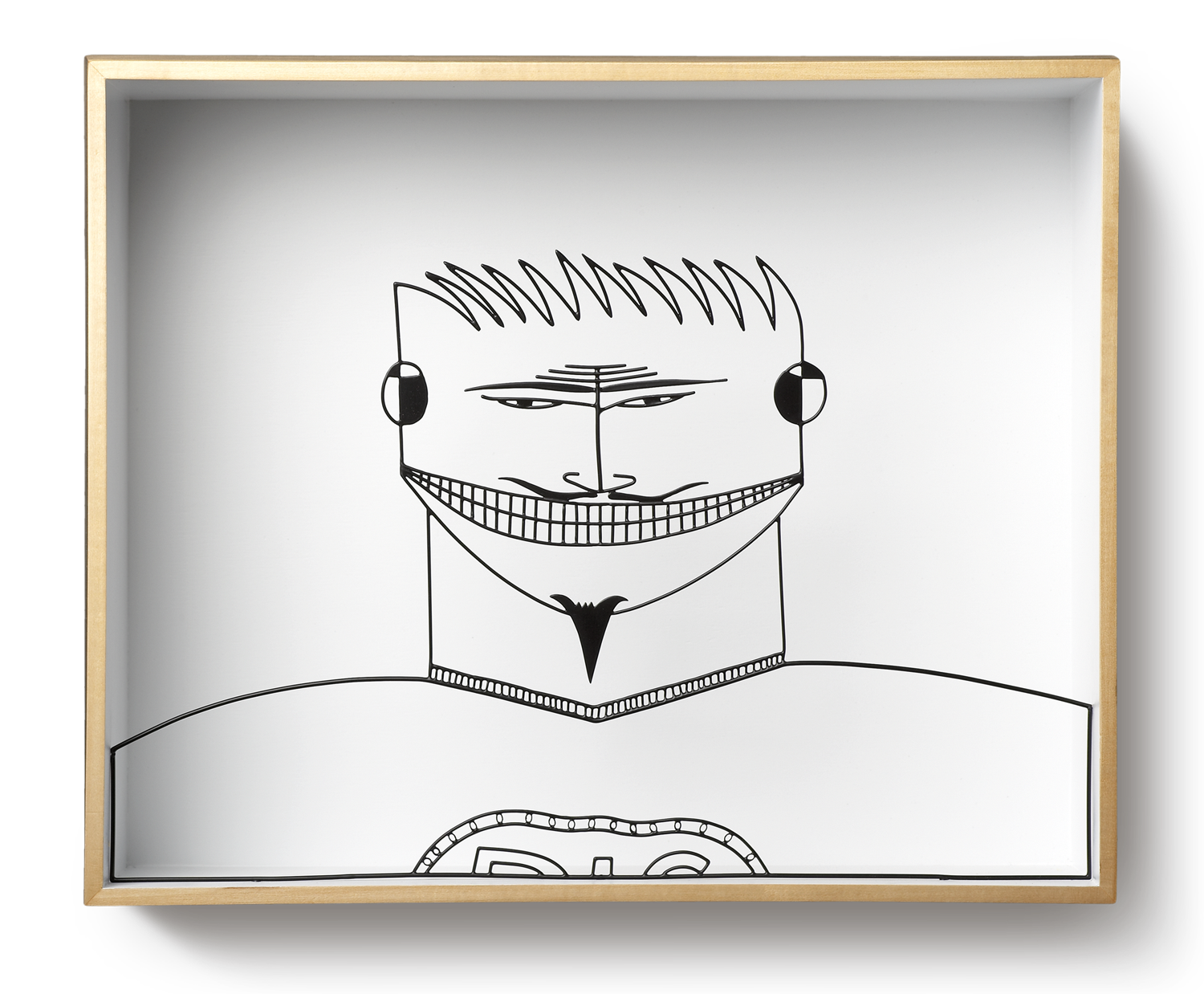
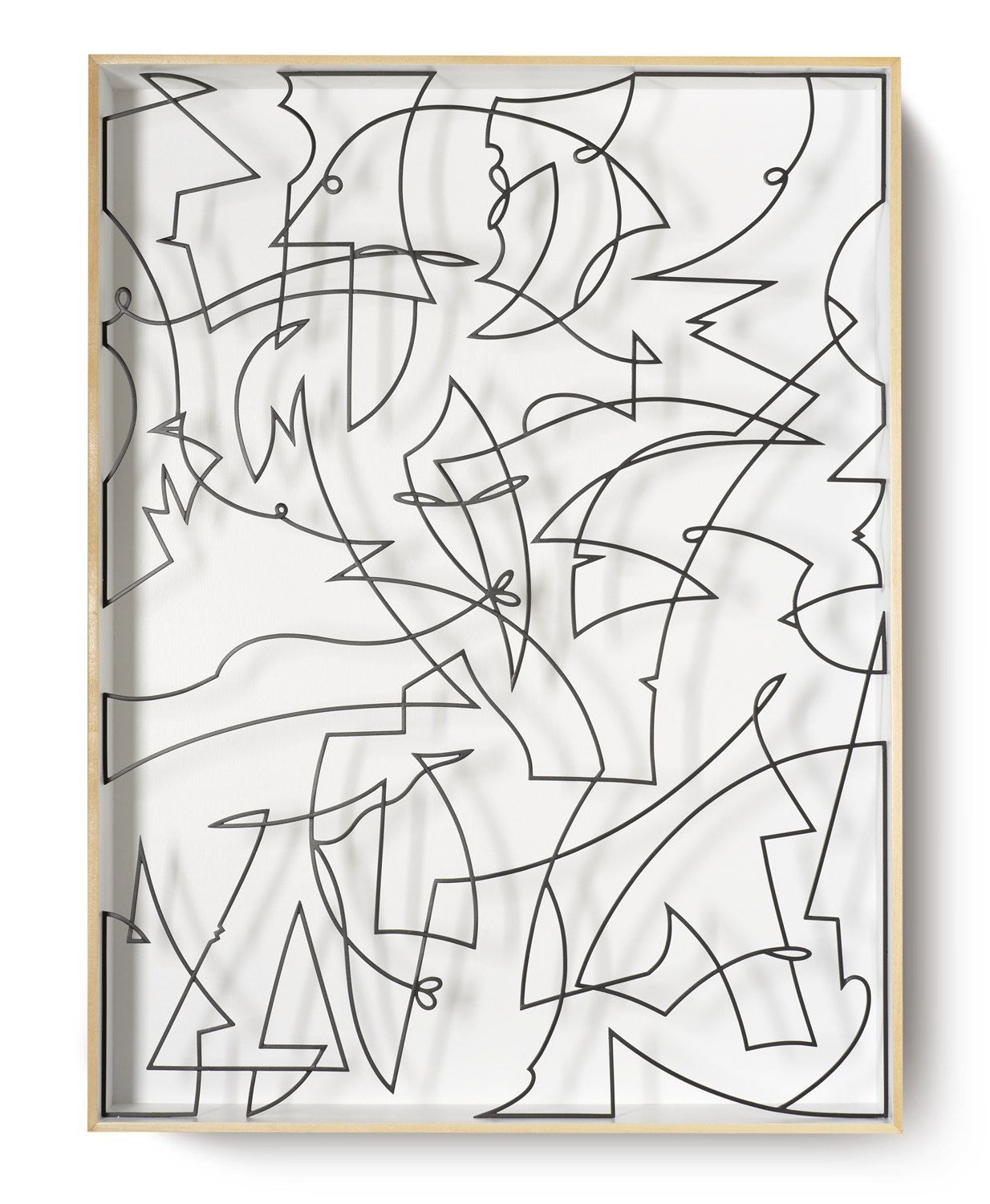
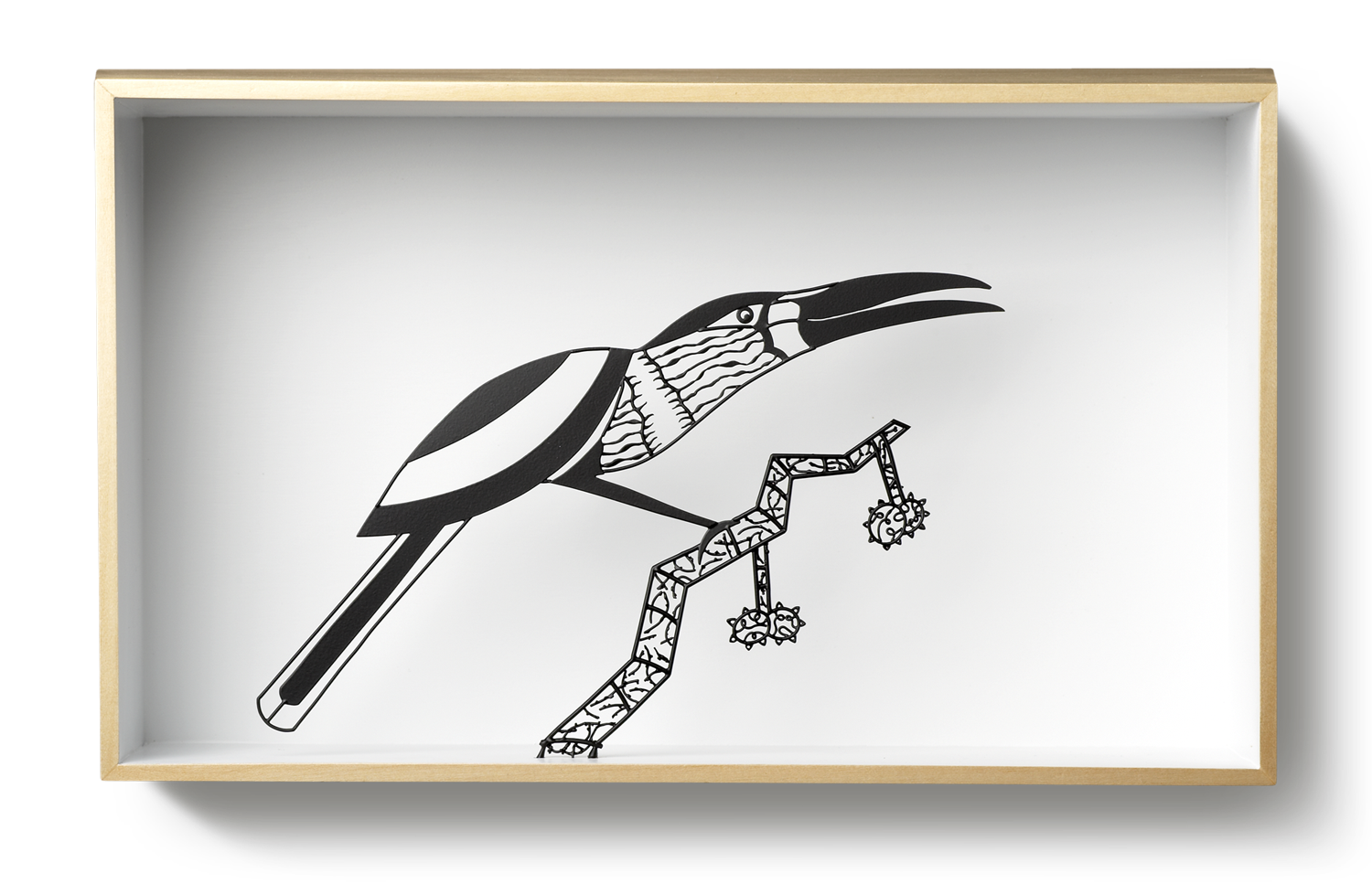
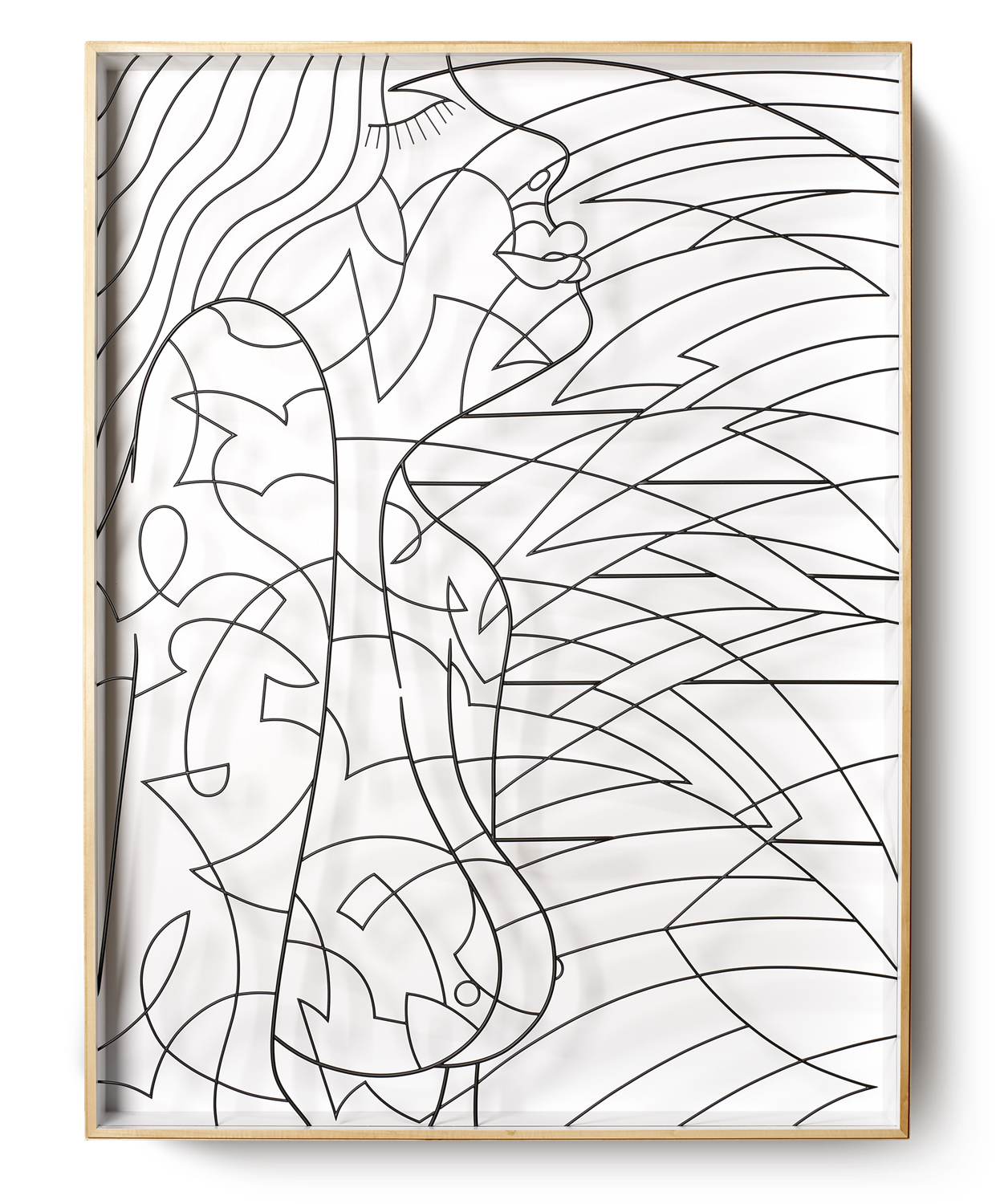
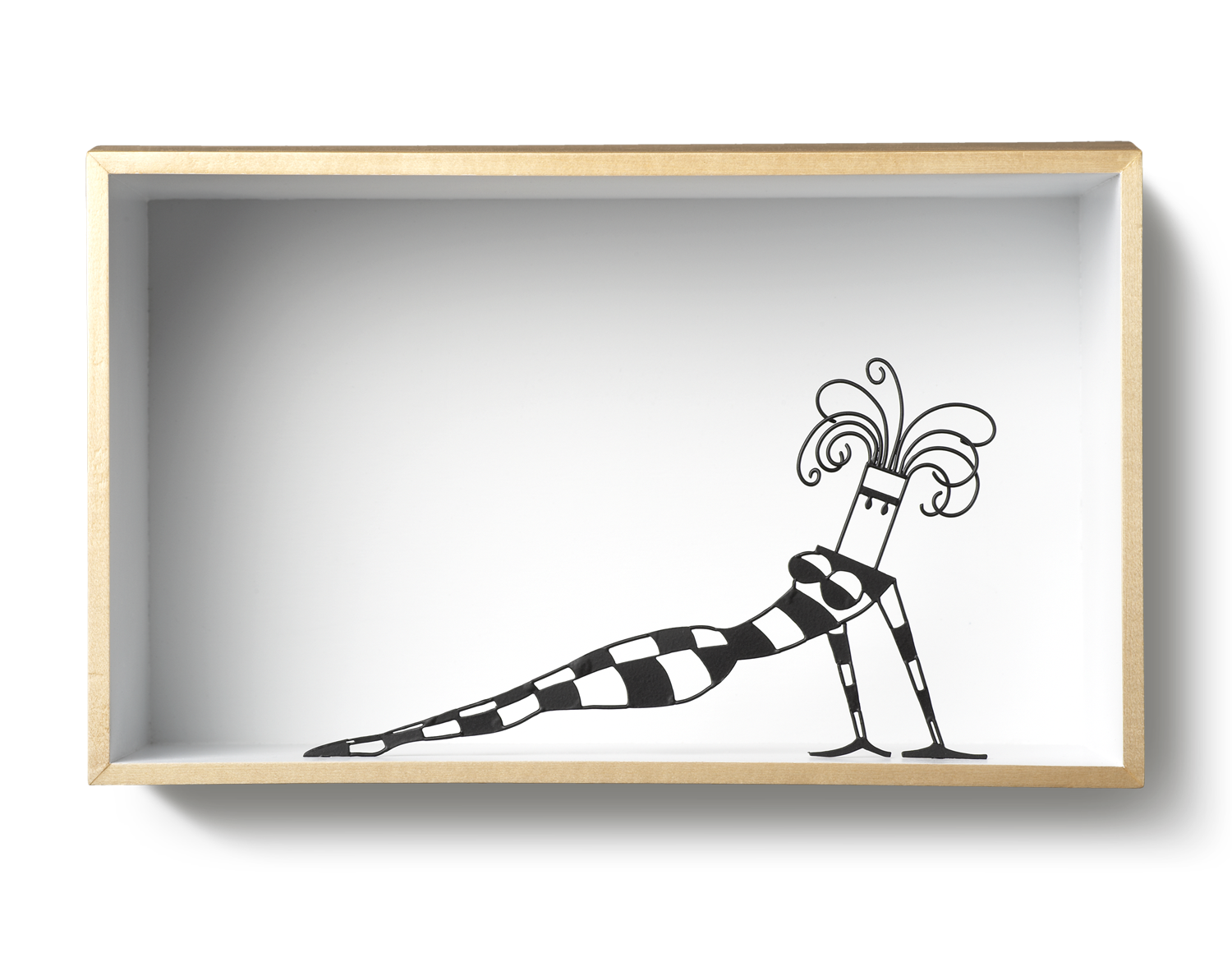
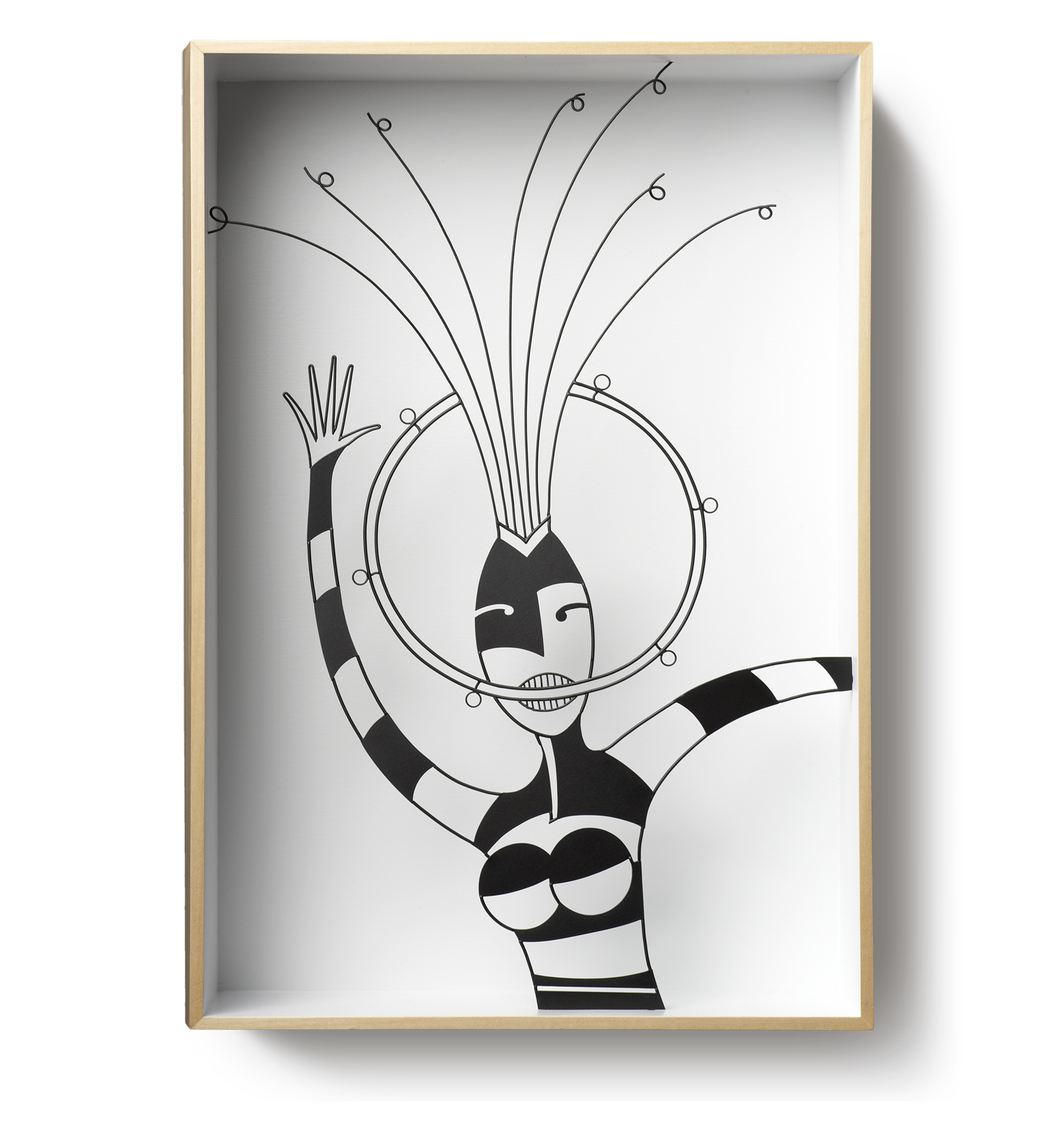
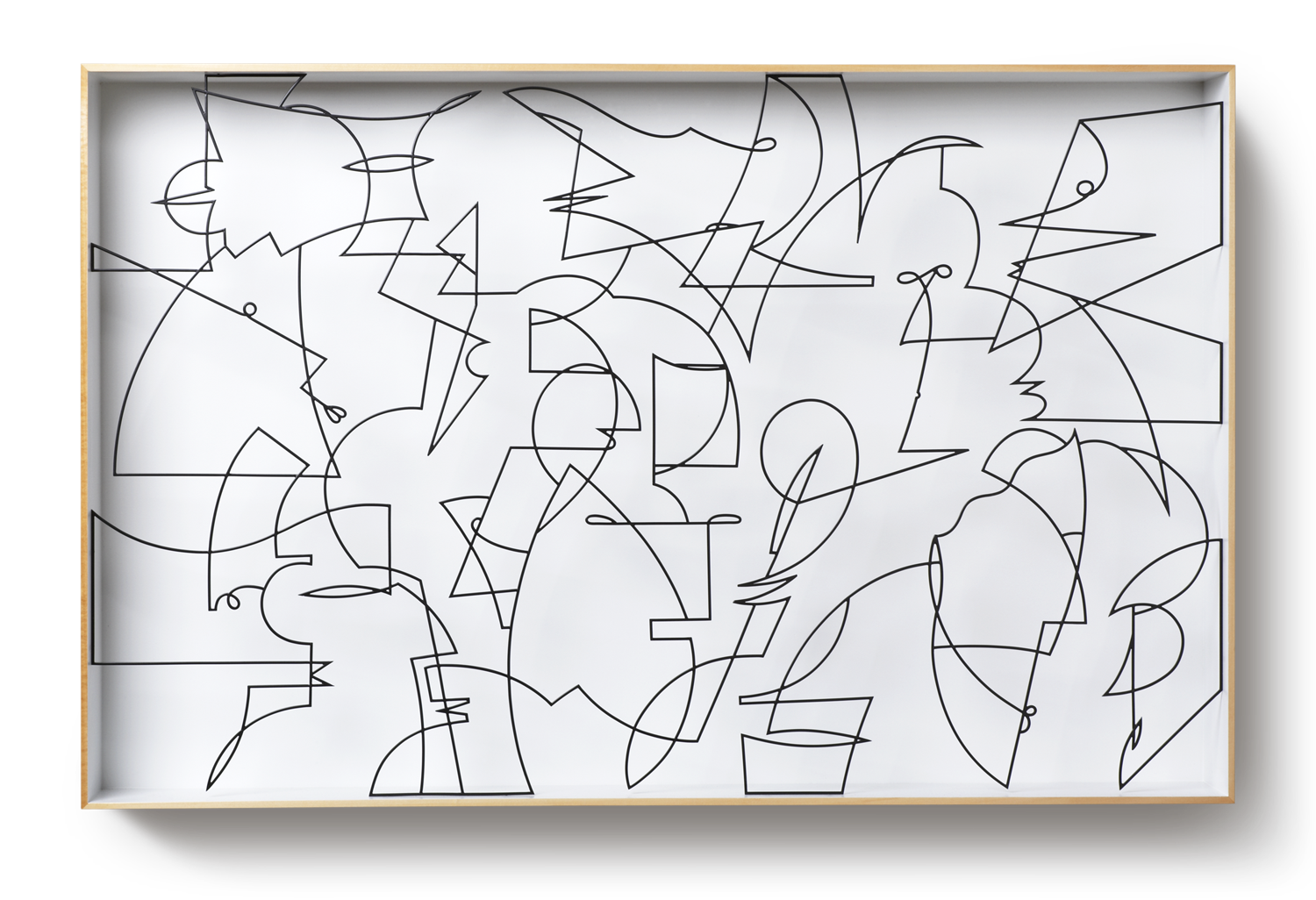
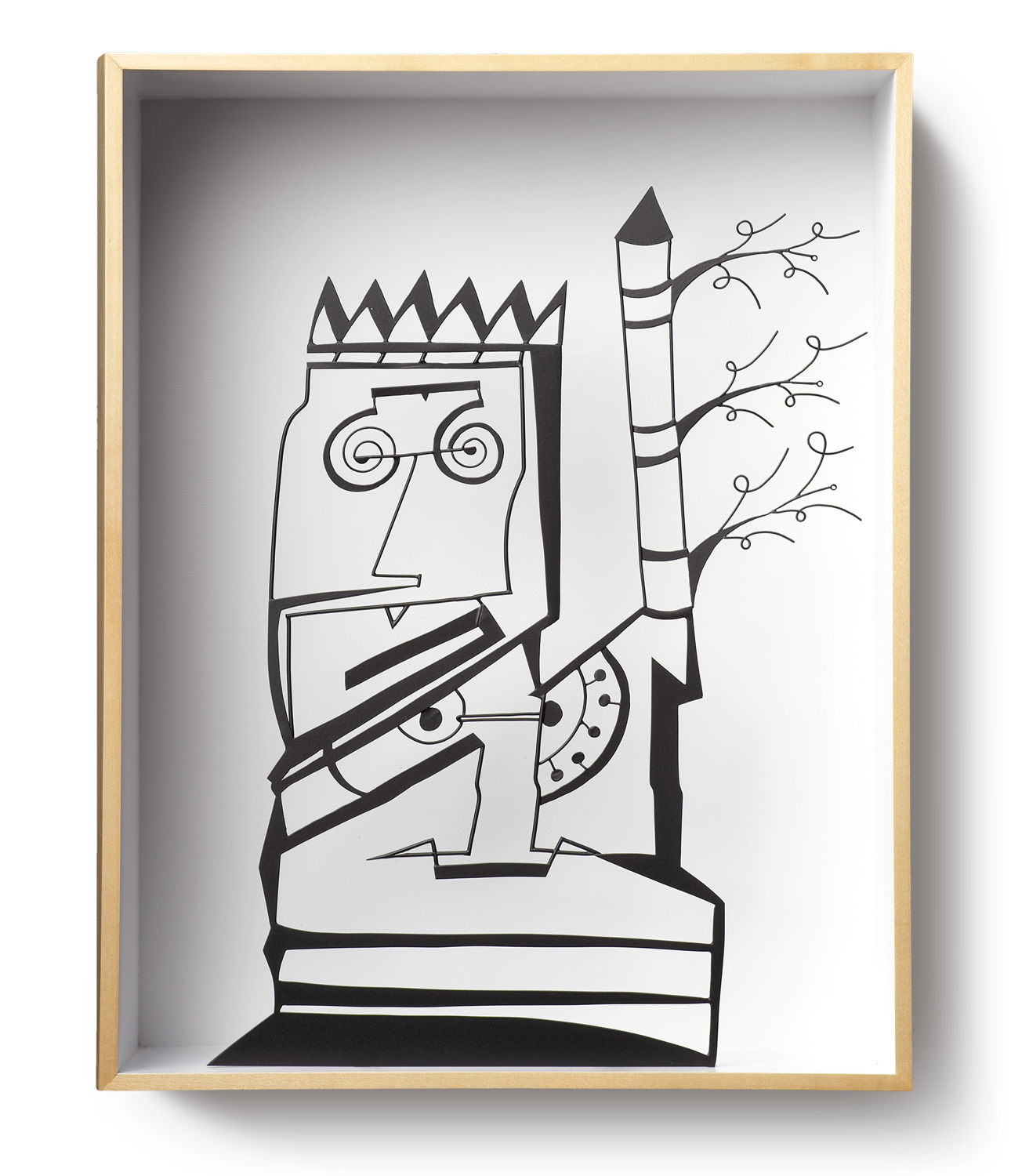
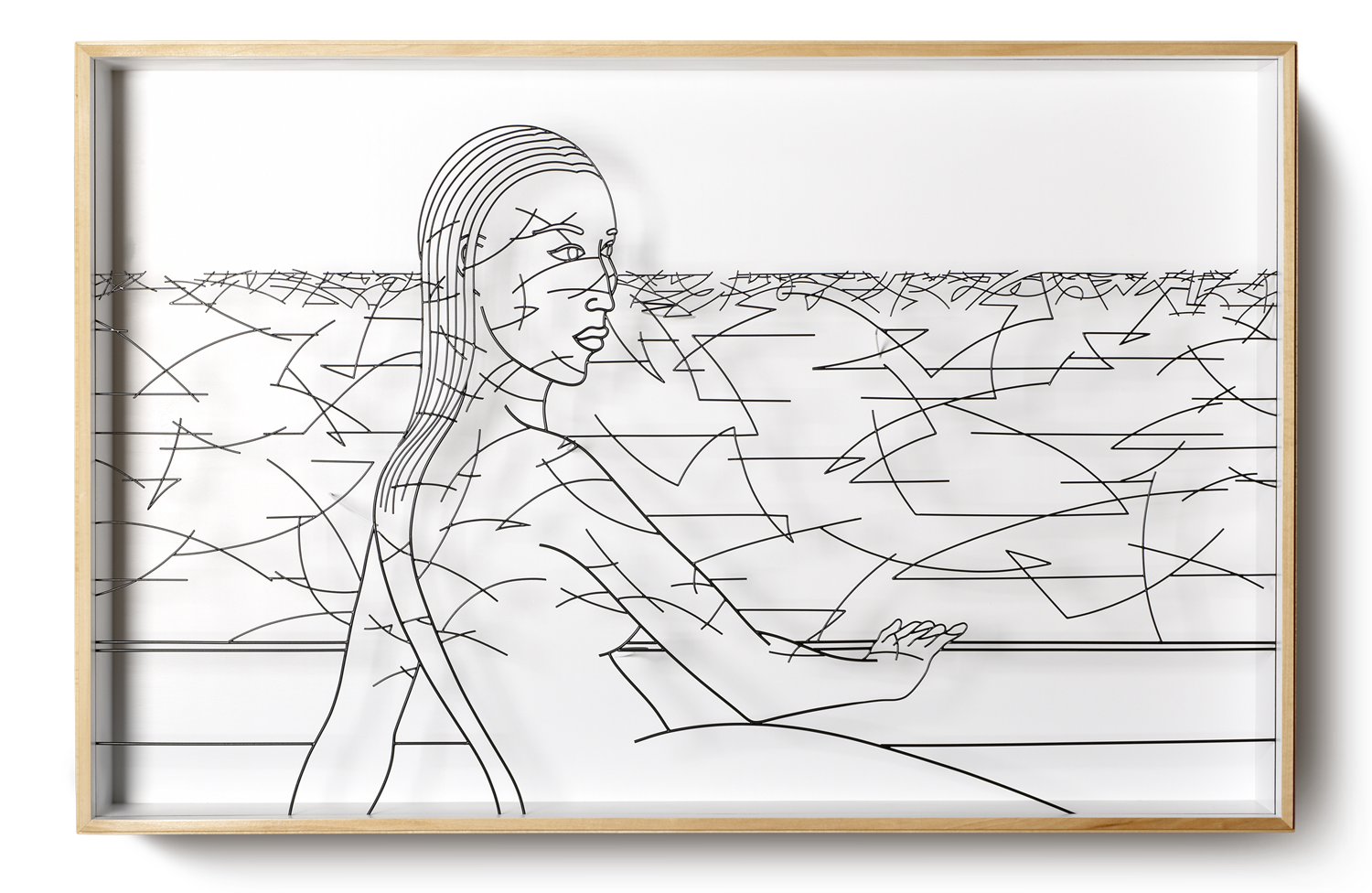
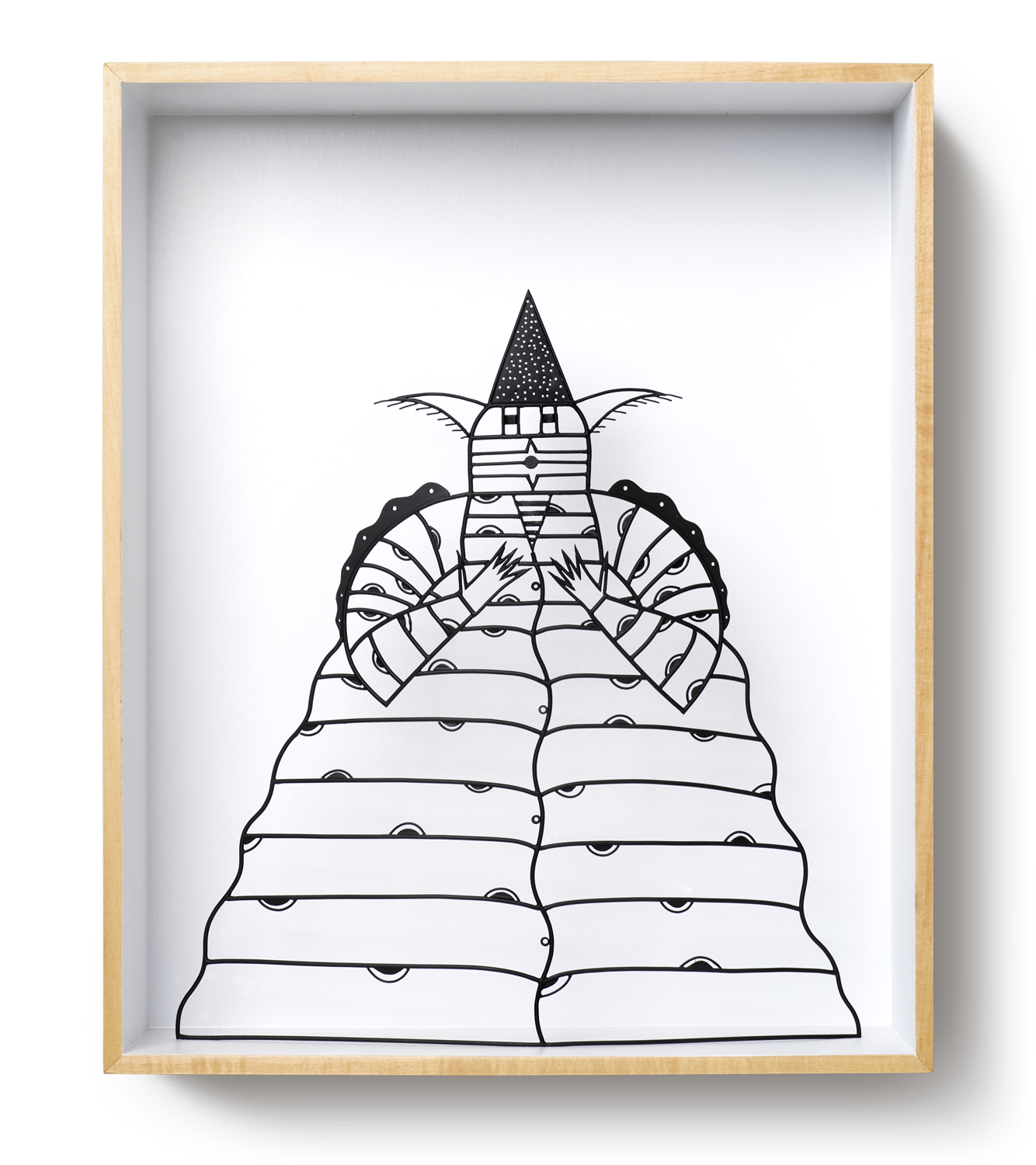
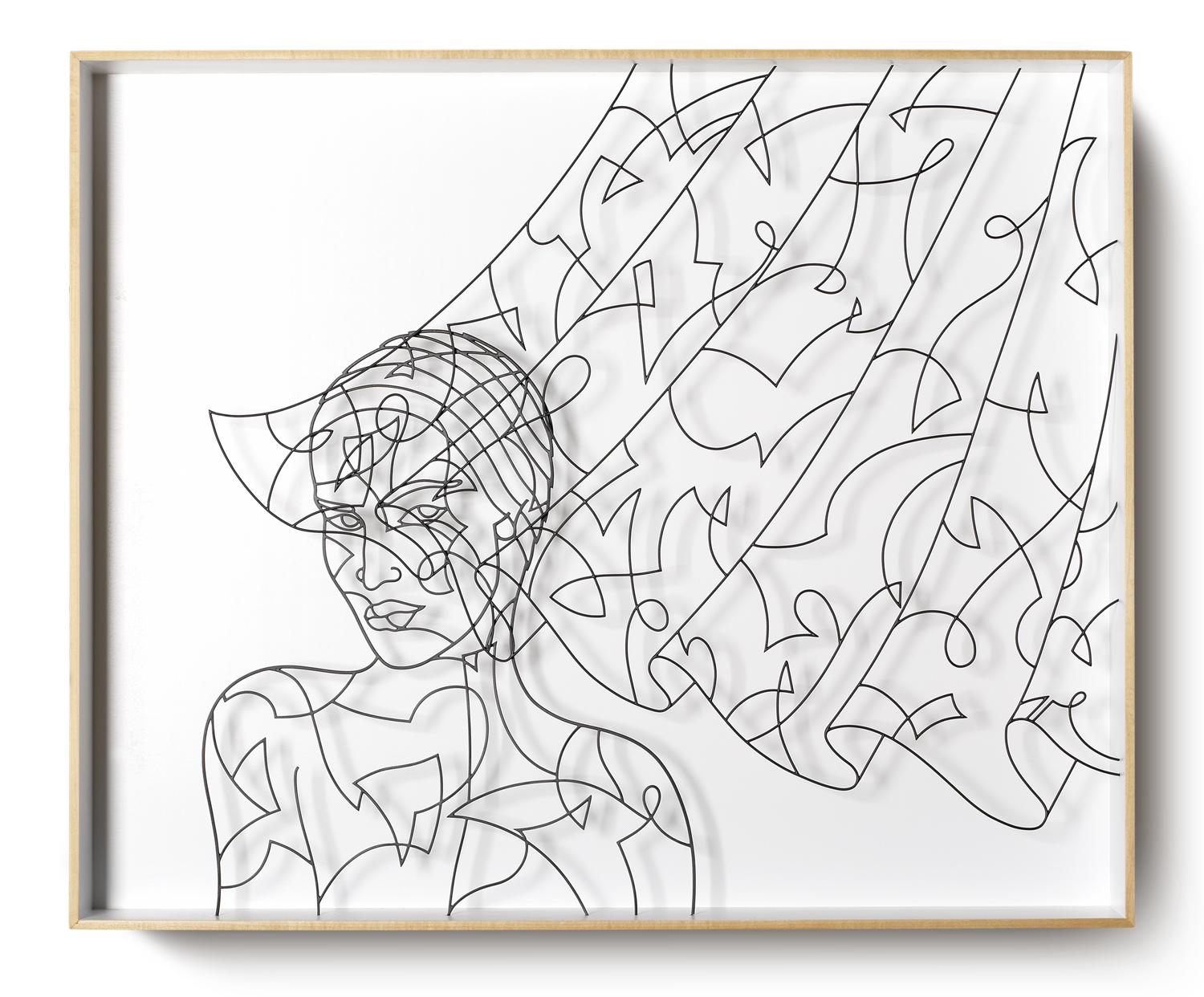
“The 3D Drawings are the most direct translation of my sketchbook ink drawings into a built object. The subjects addressed are mostly observations I have noted; visual records of thoughts.”
ARCHIVAL VASES
various series • 1982 – 1997
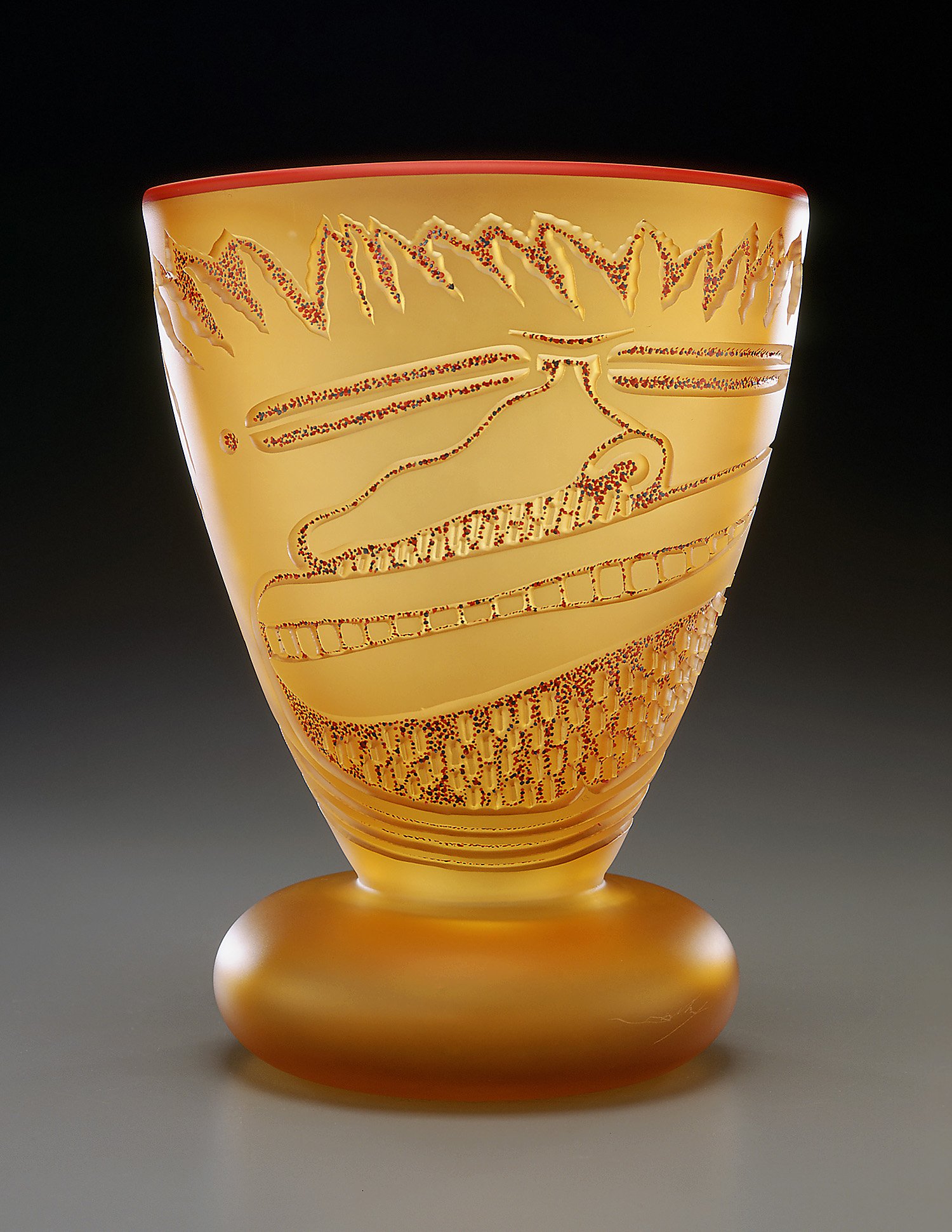
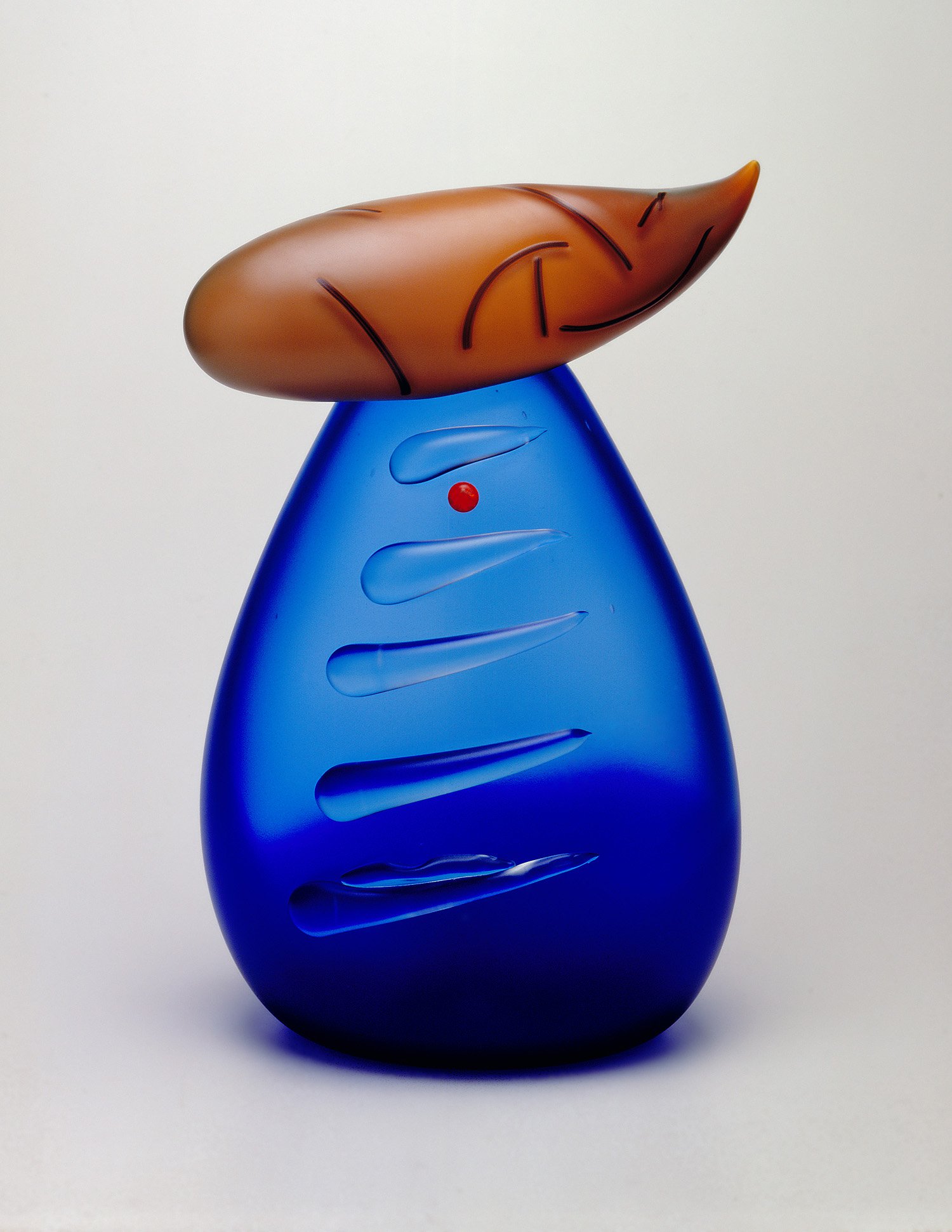
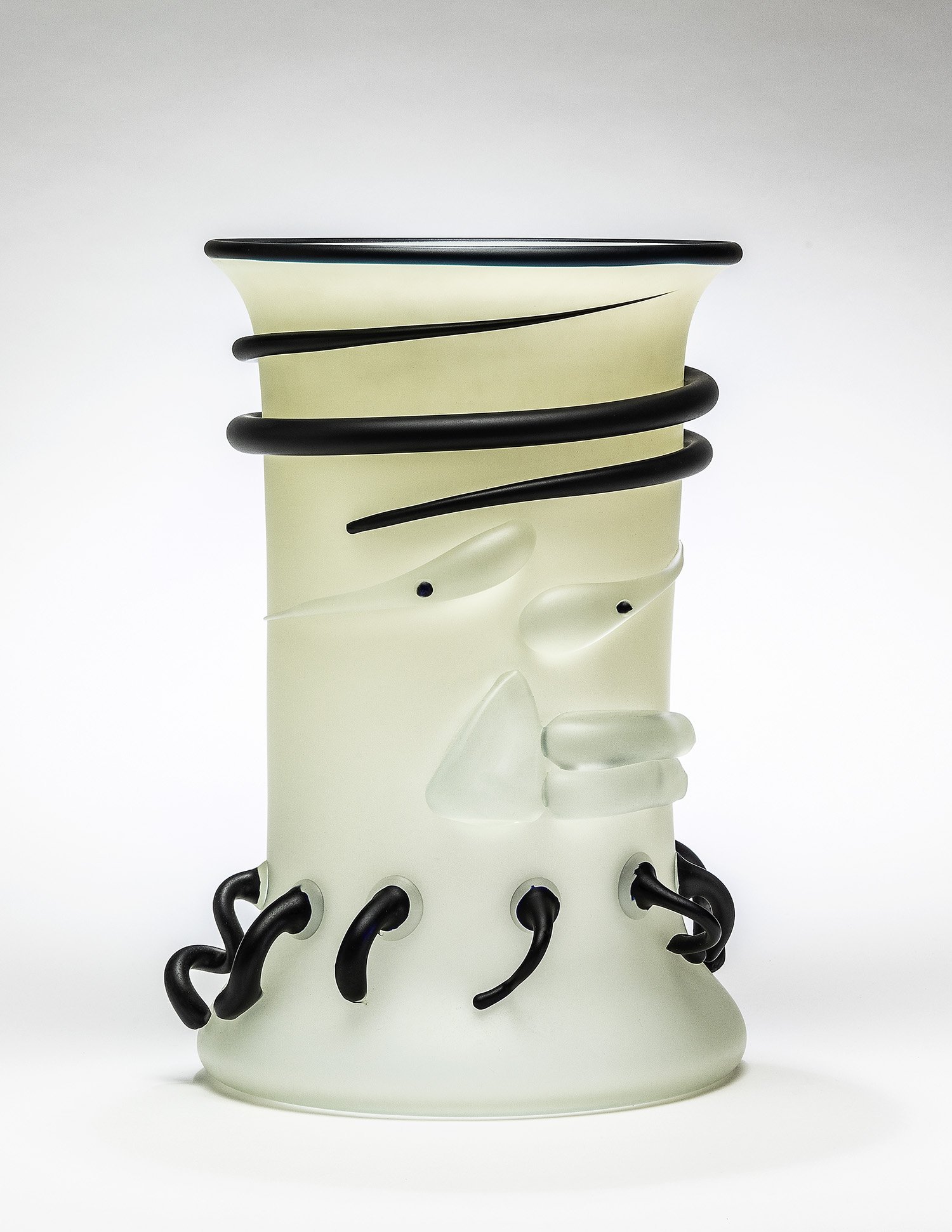
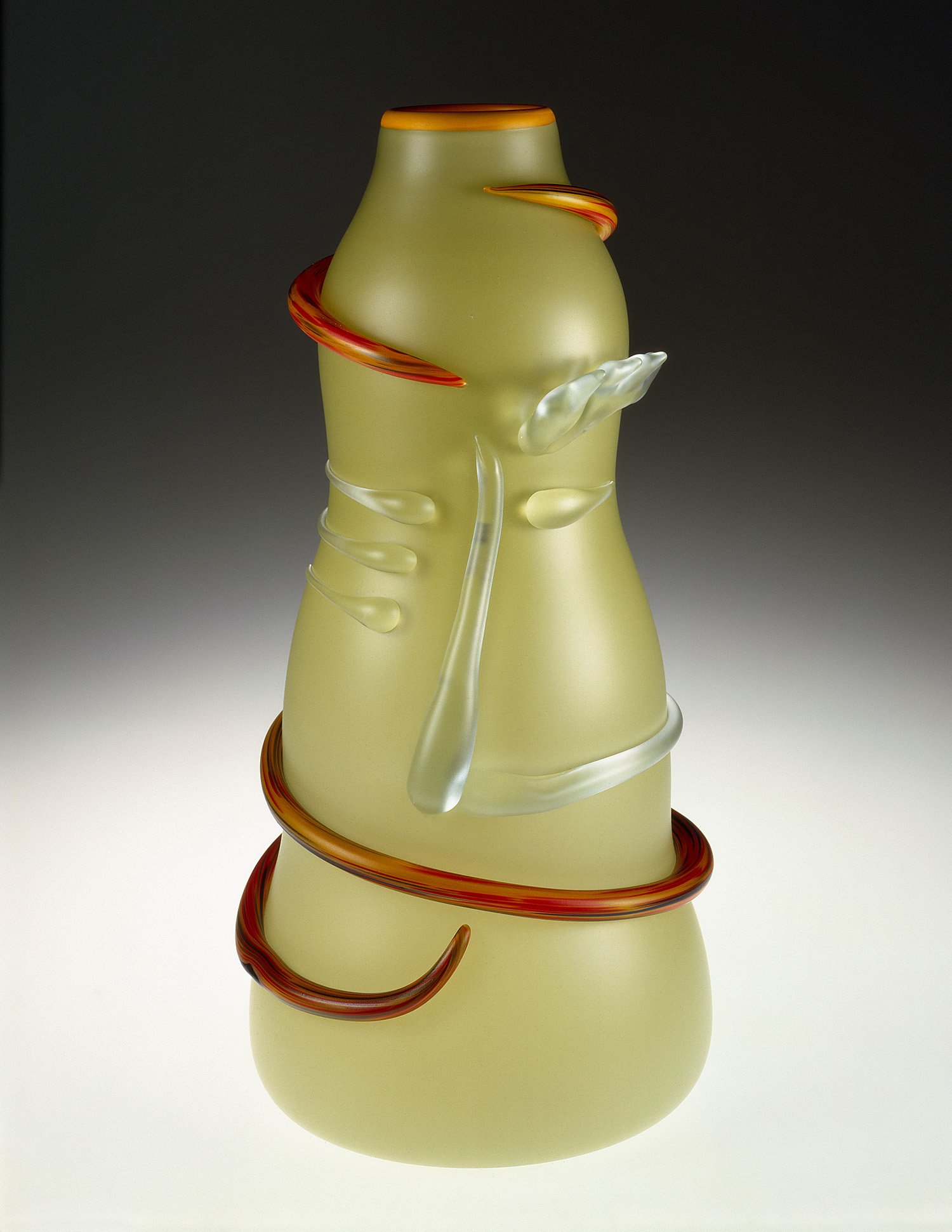

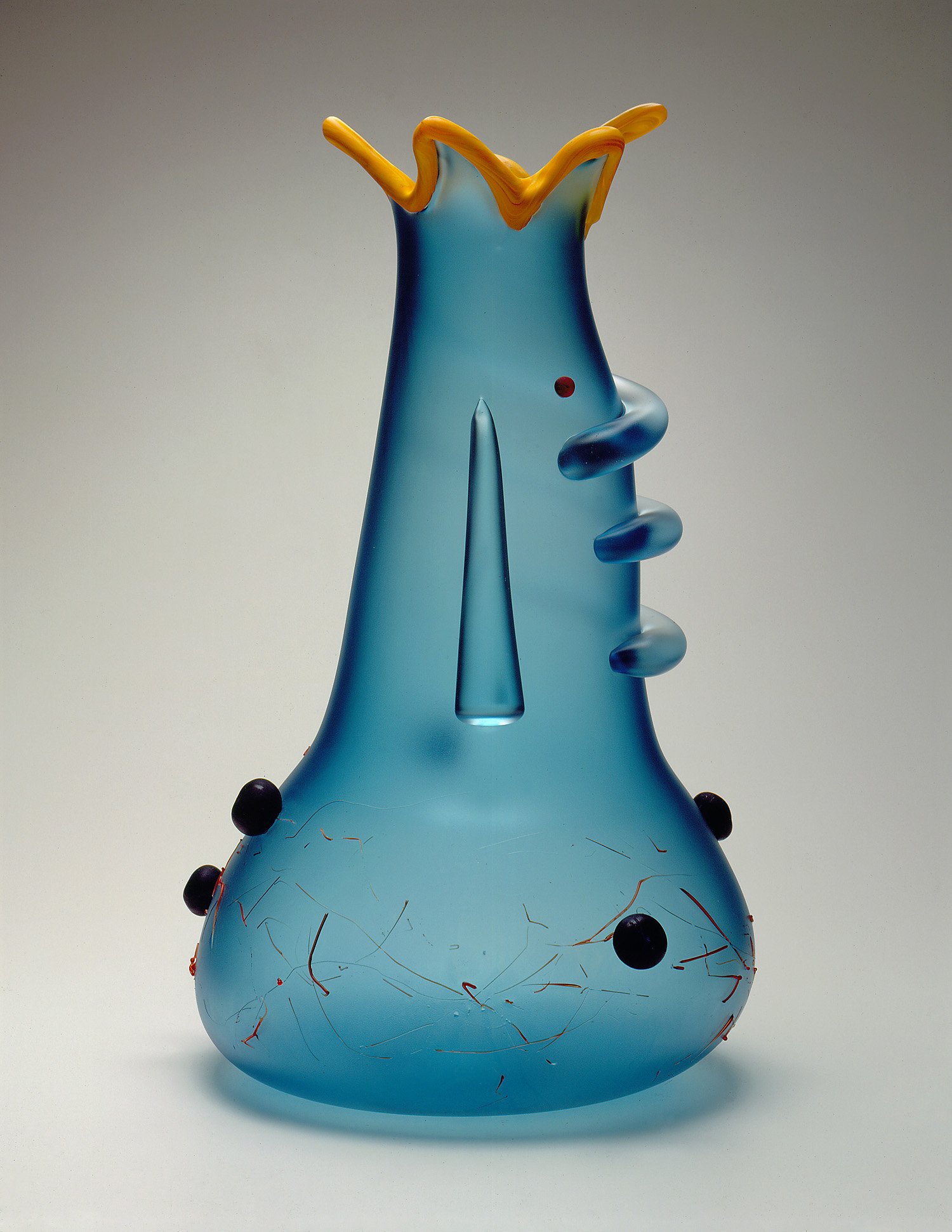
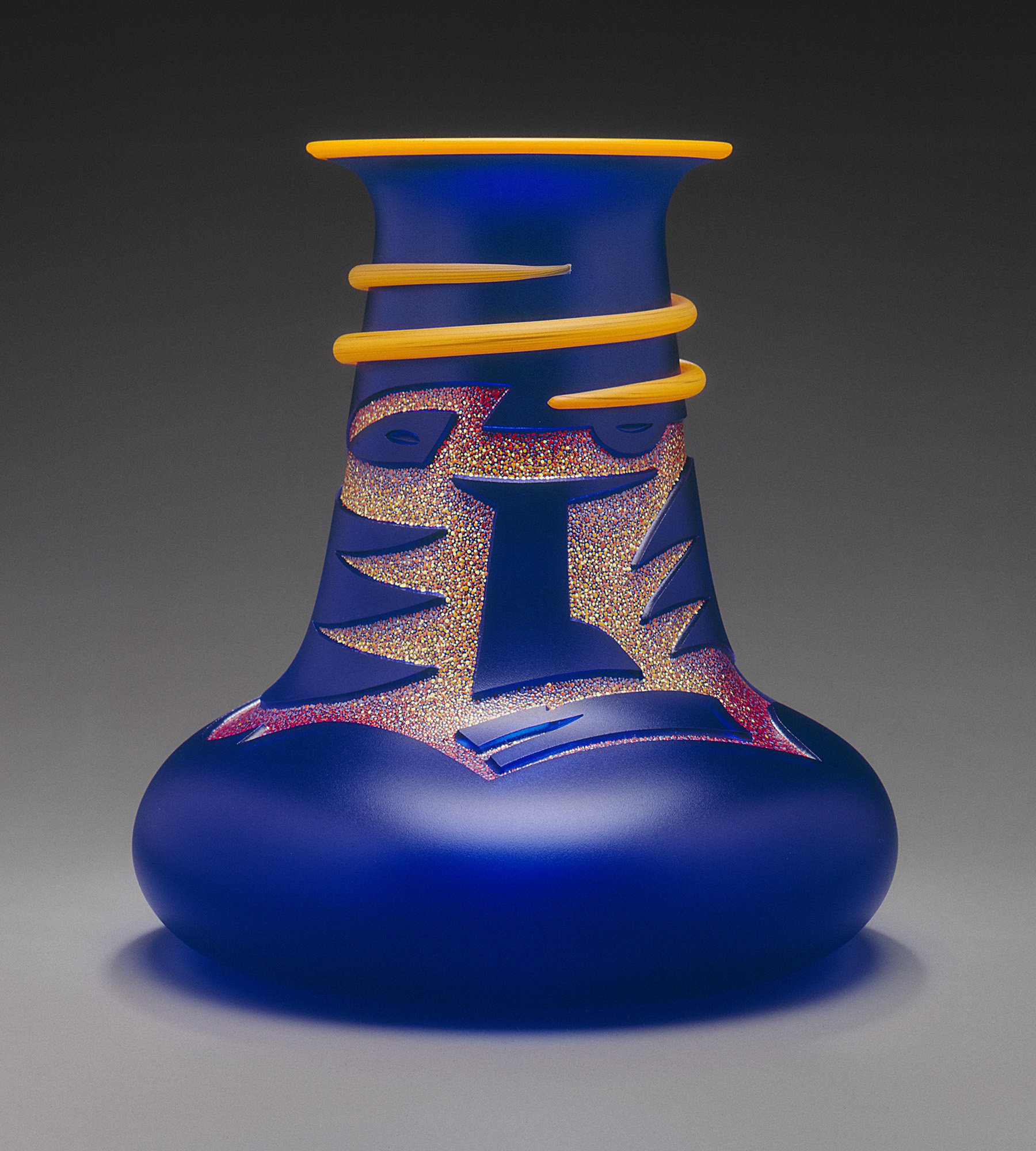
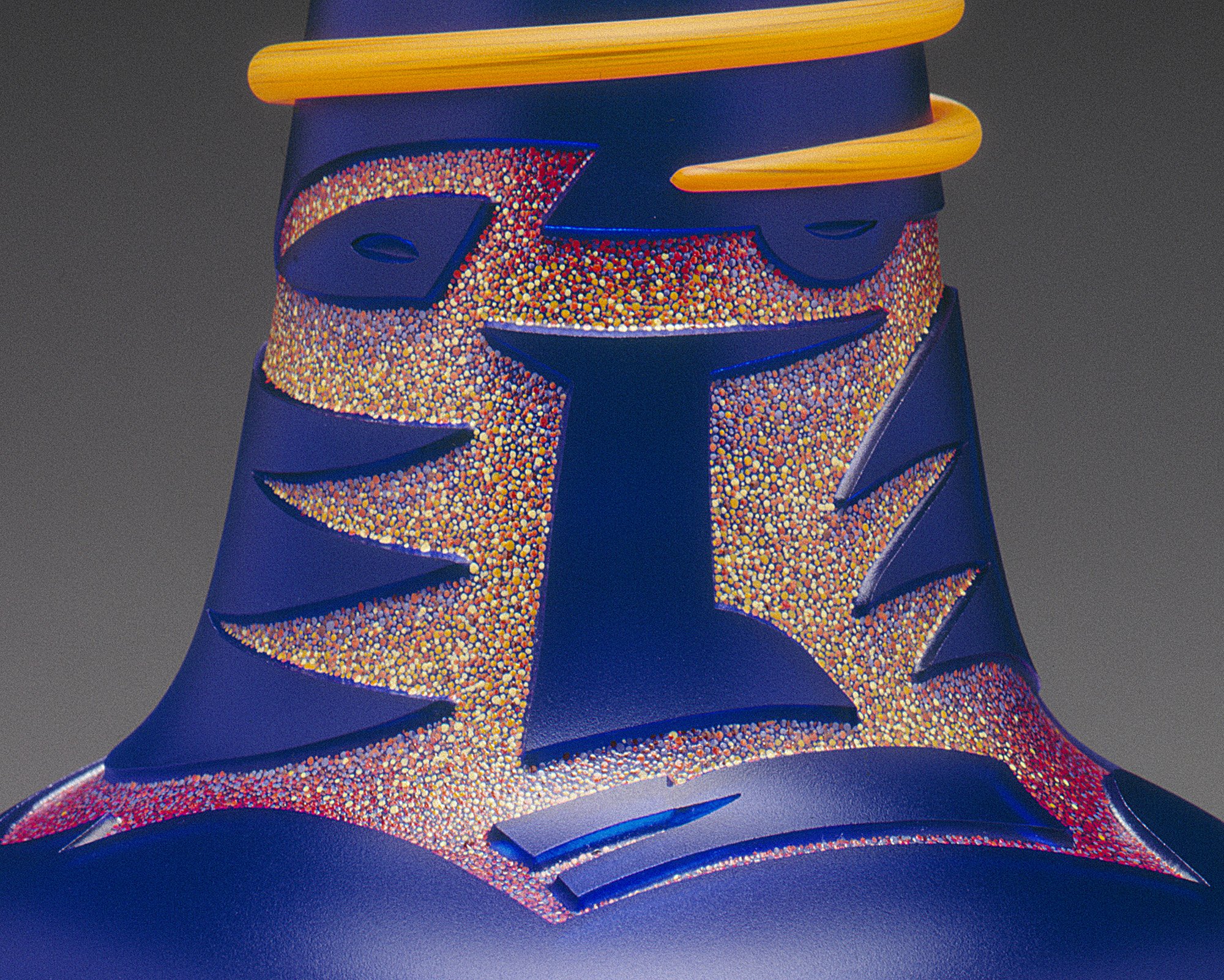
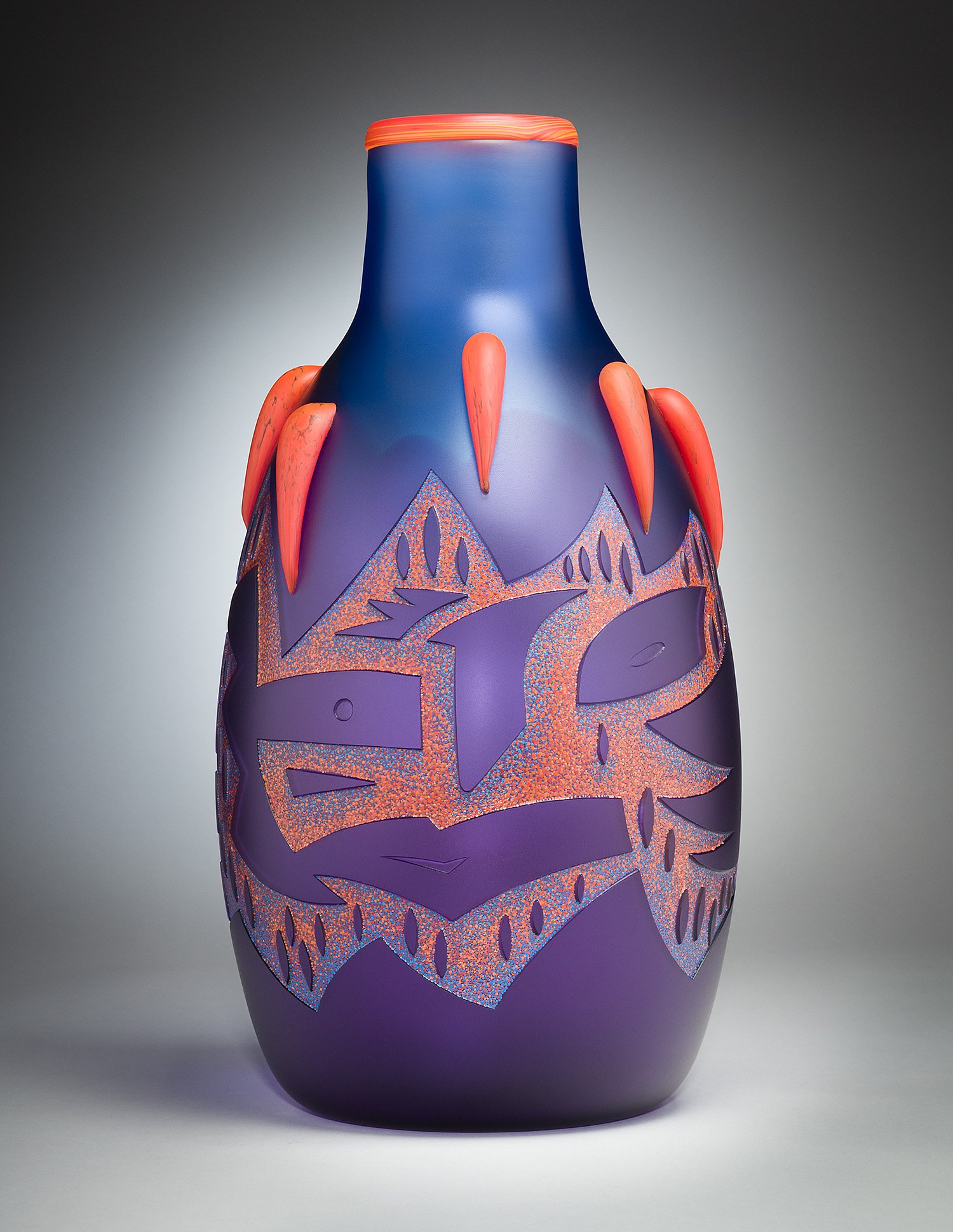
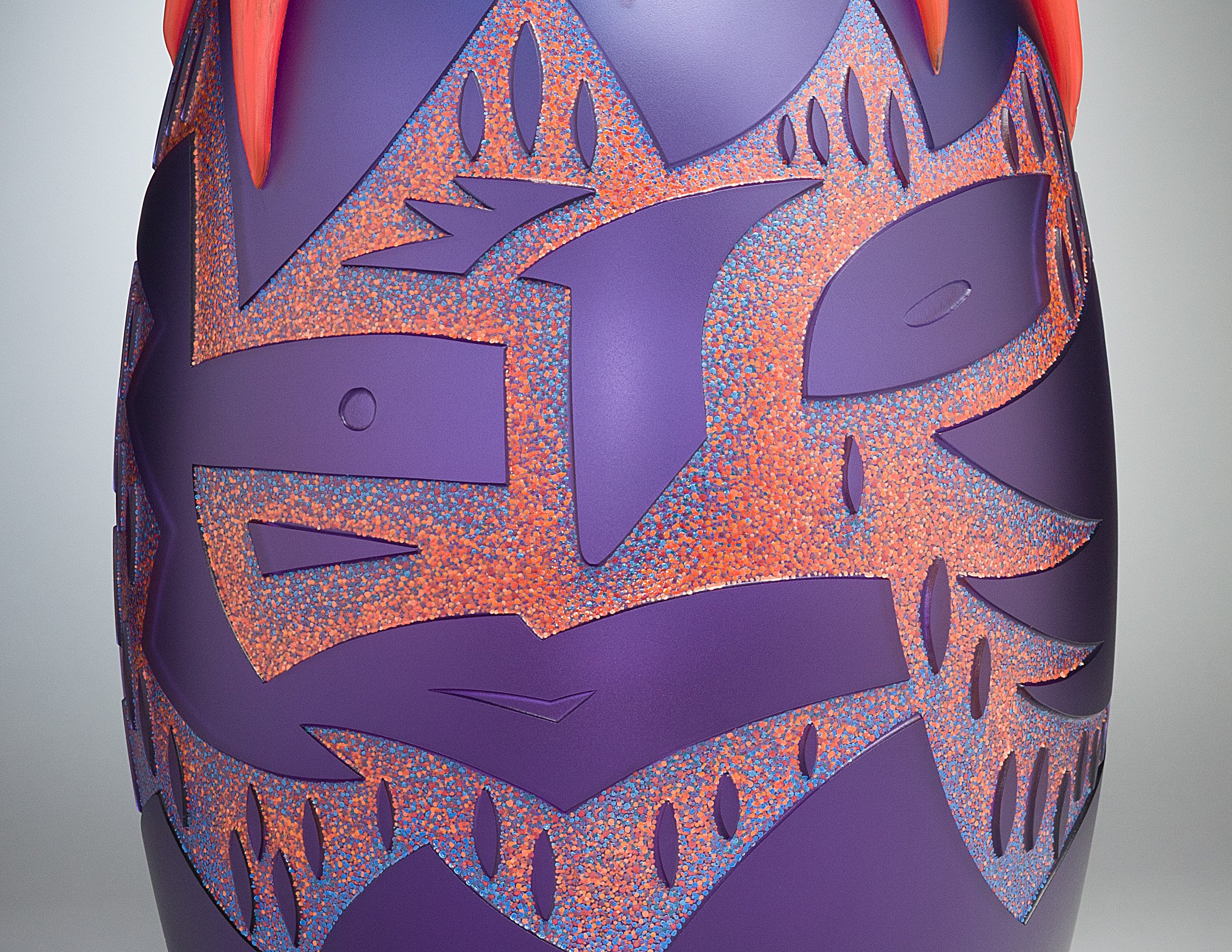
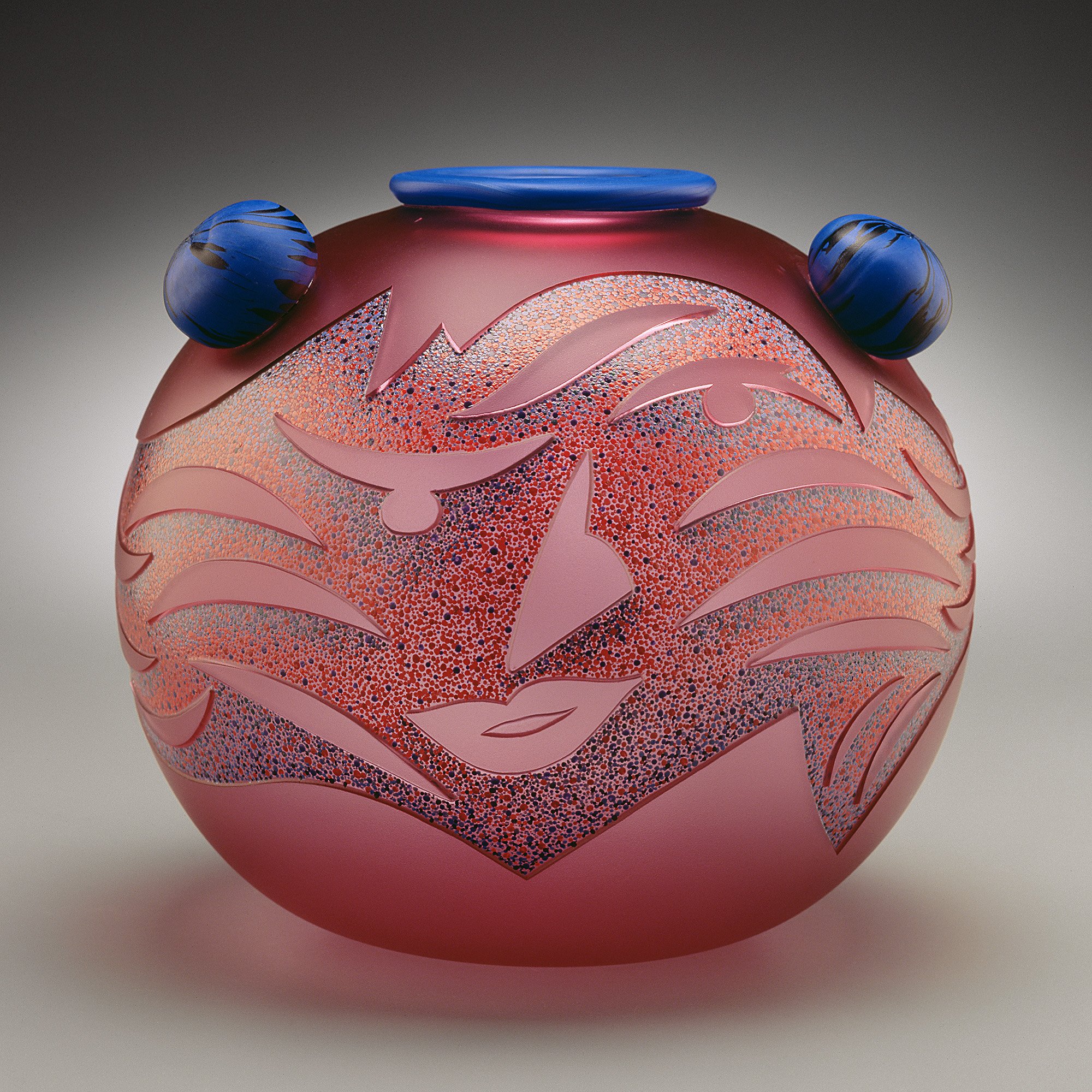
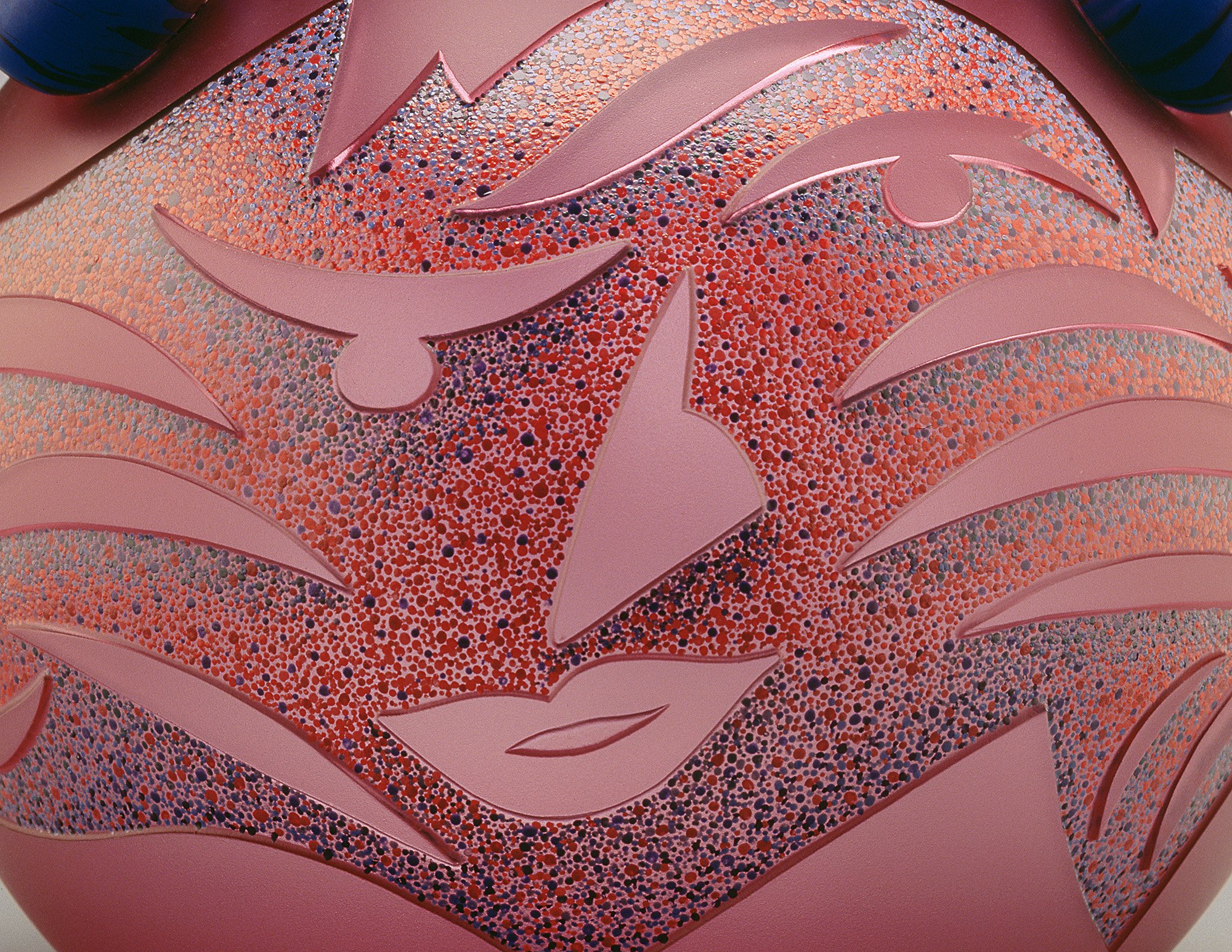

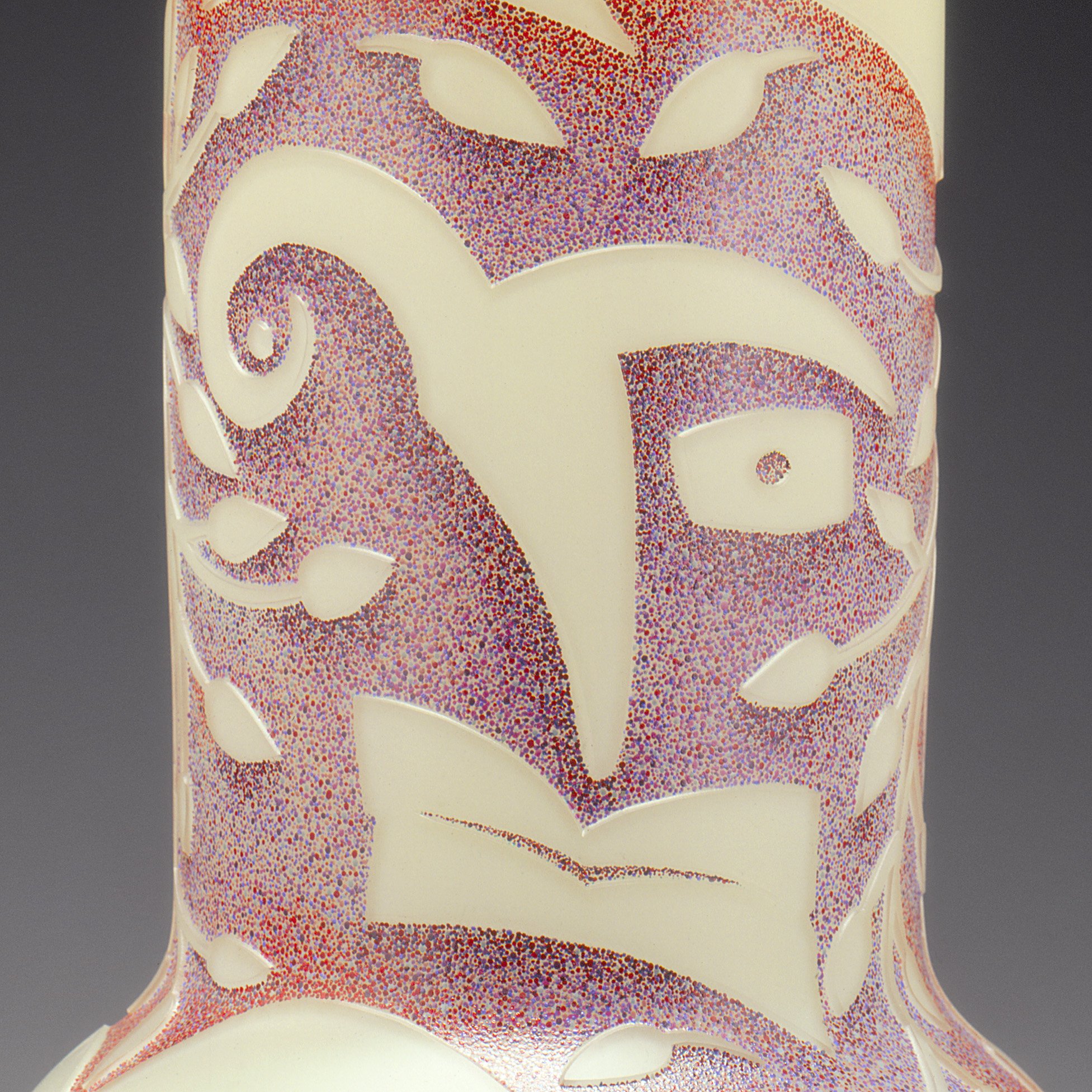
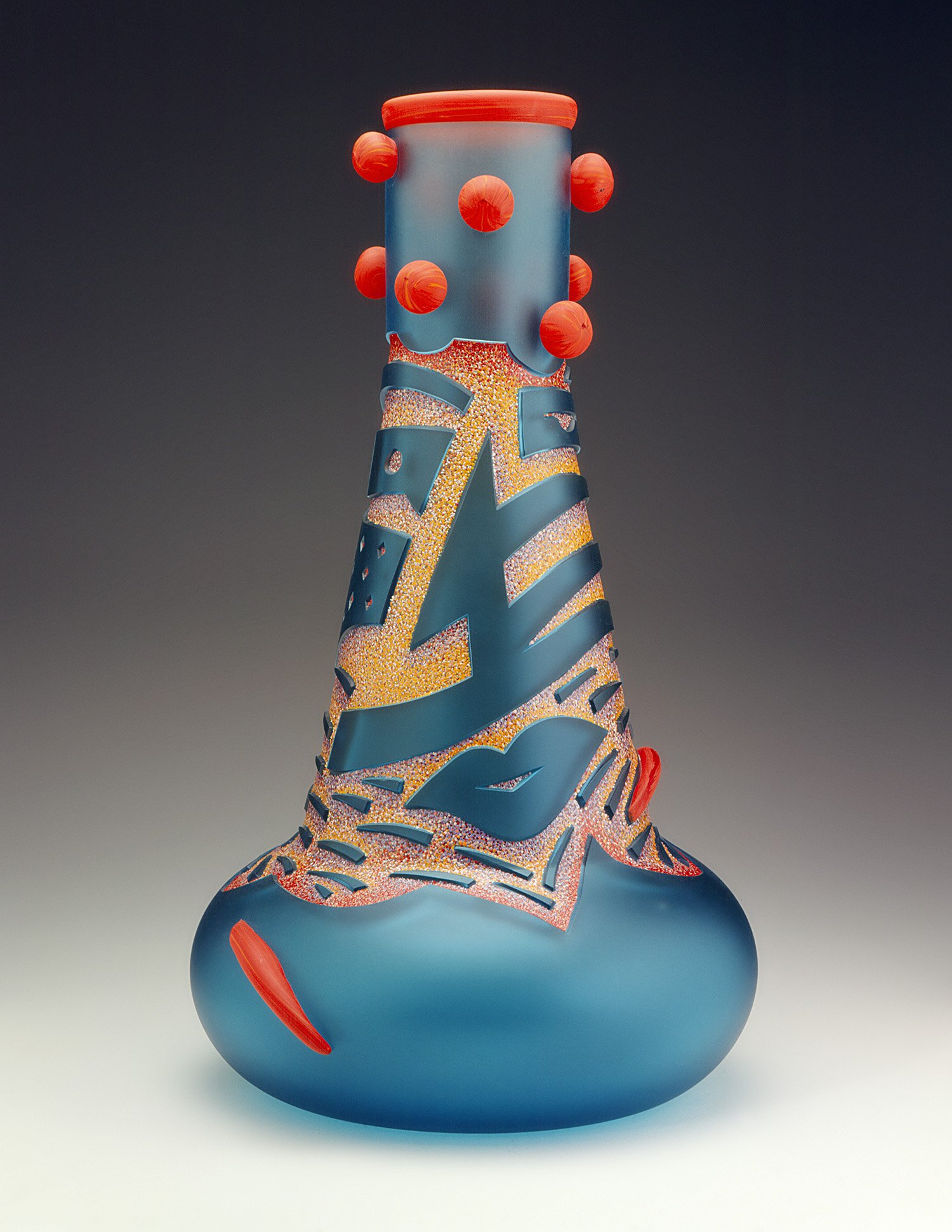
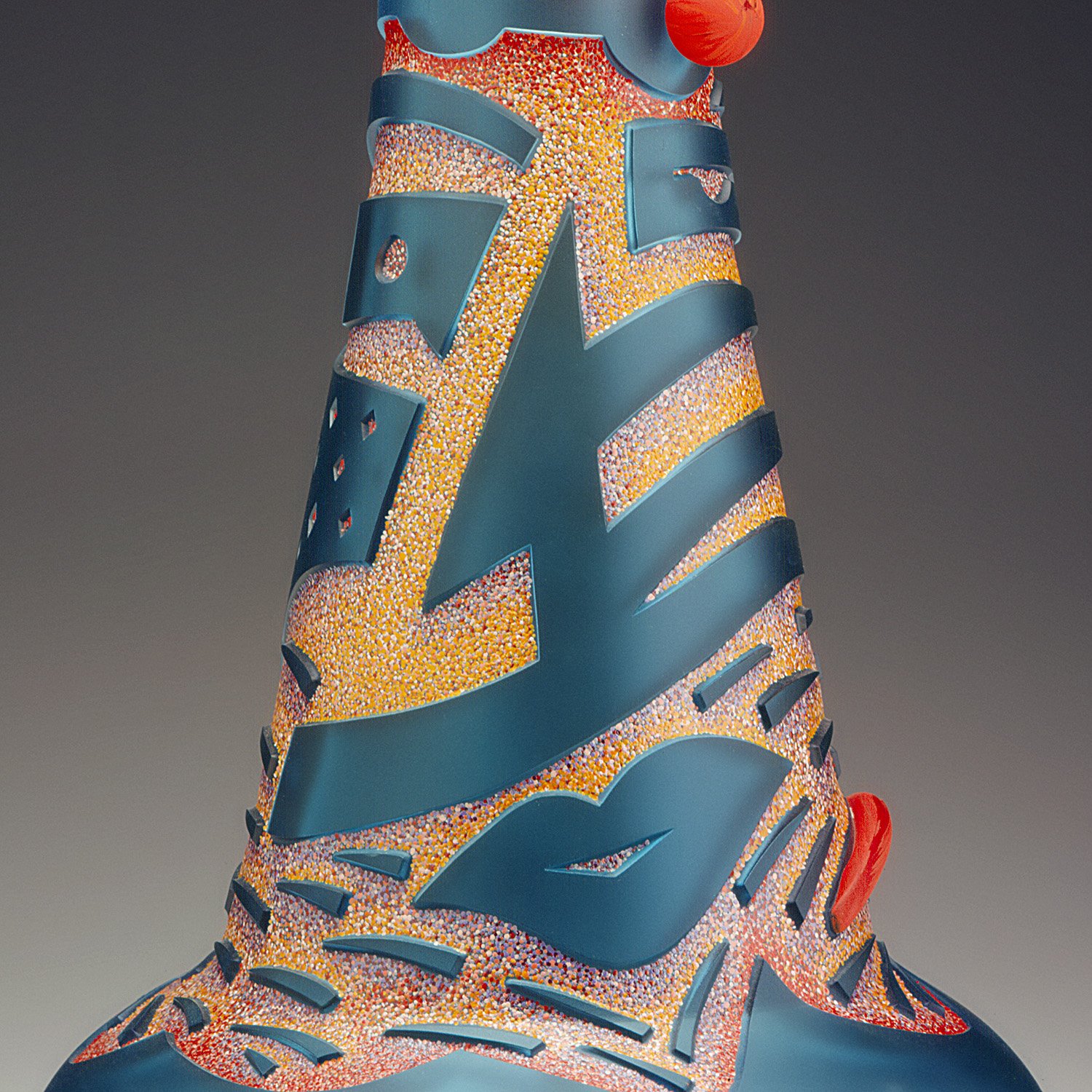
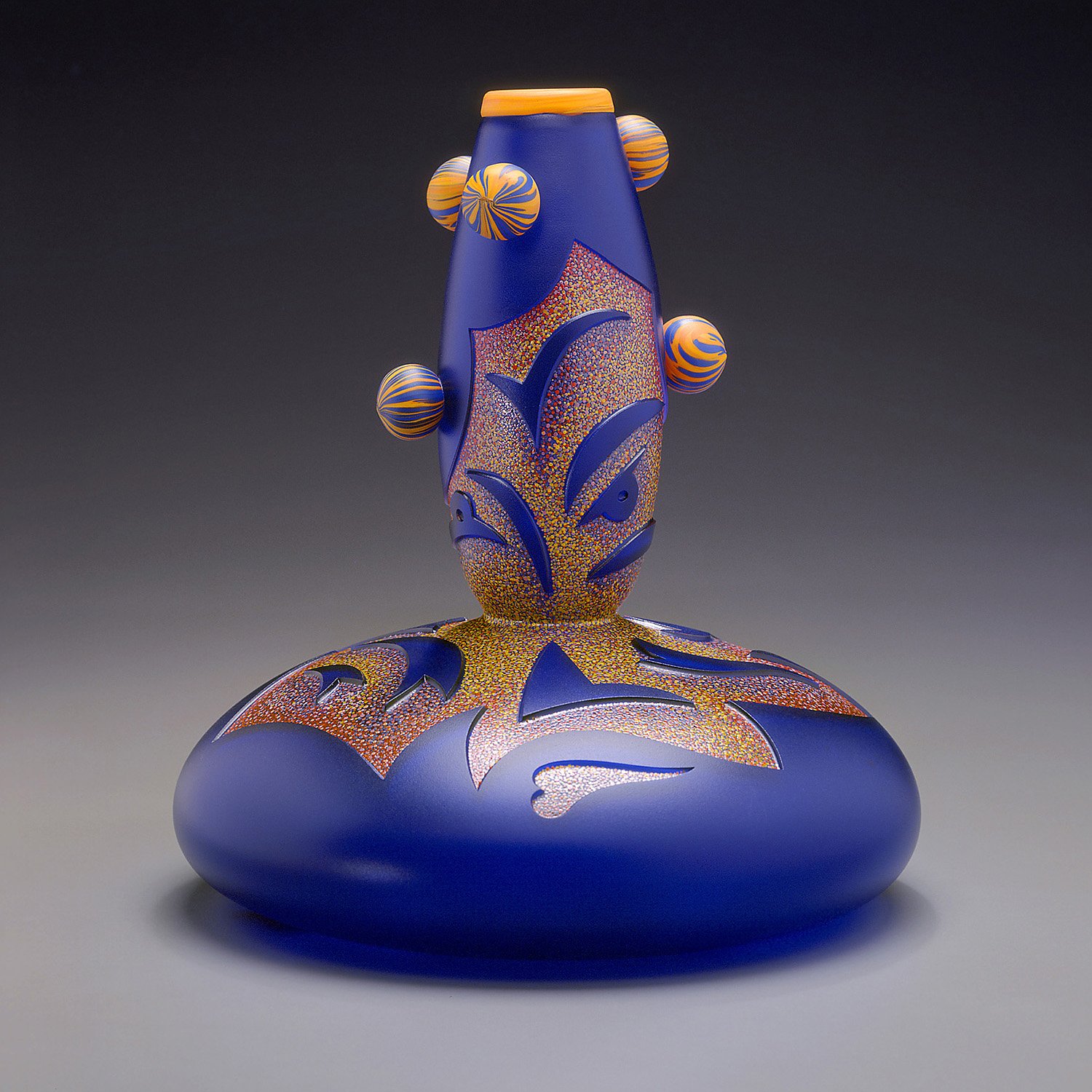
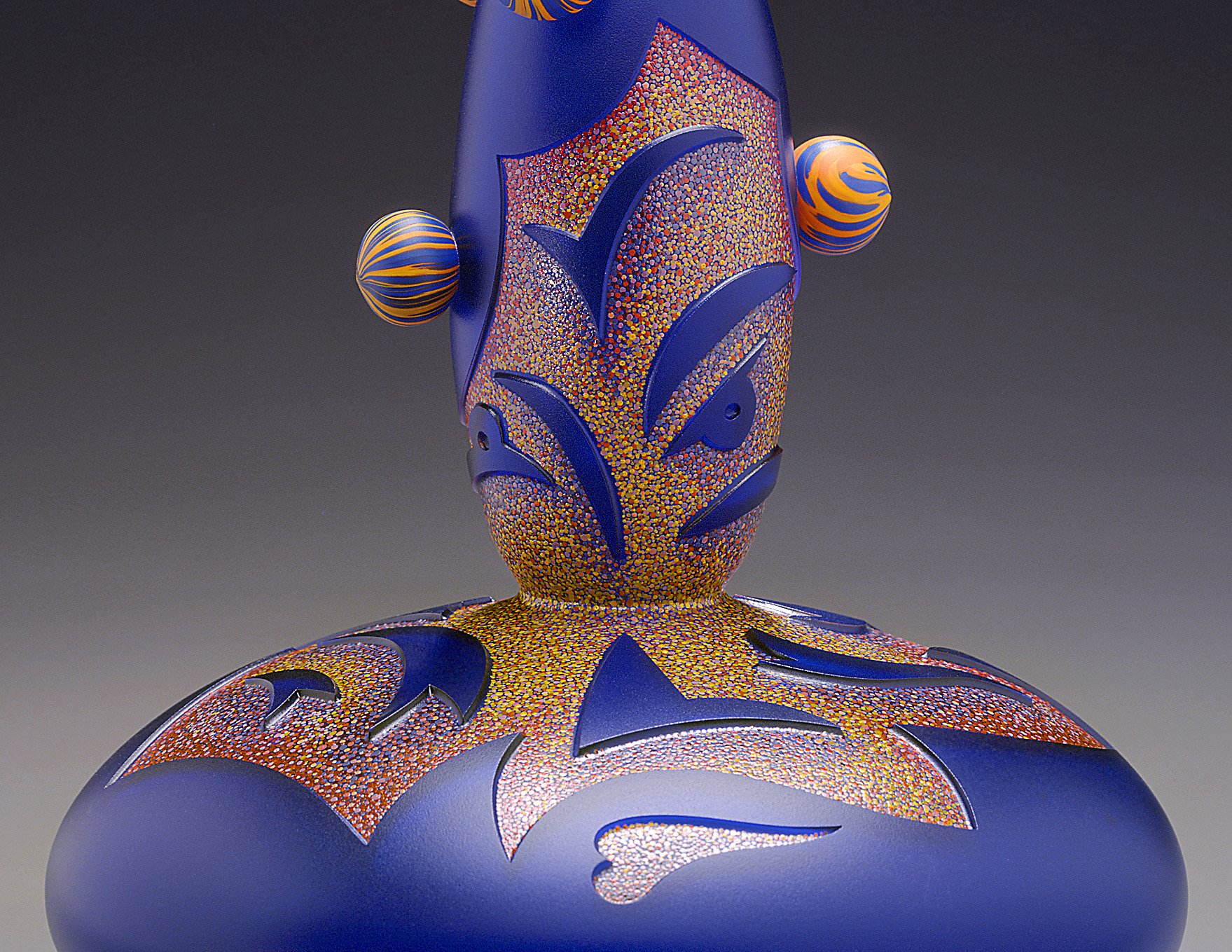
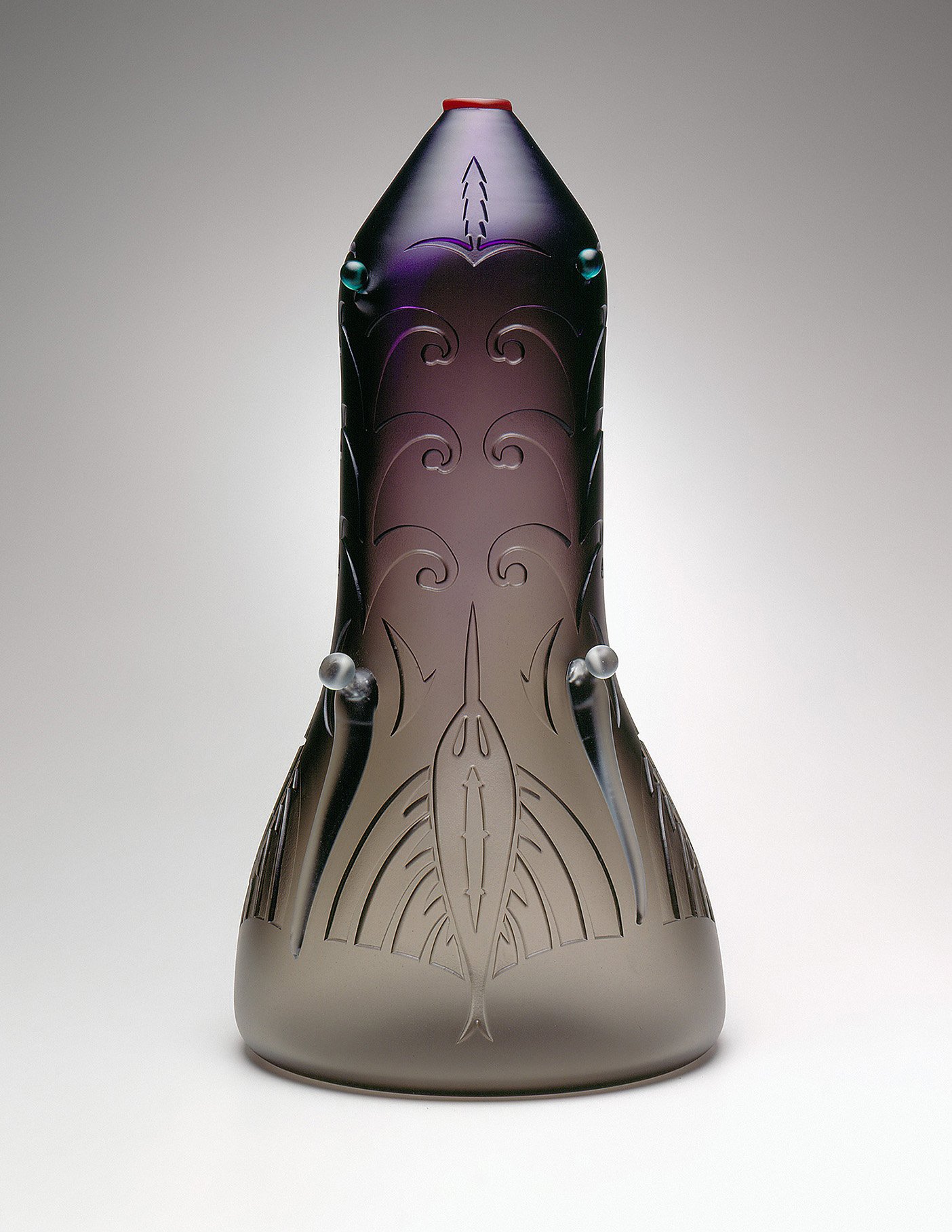
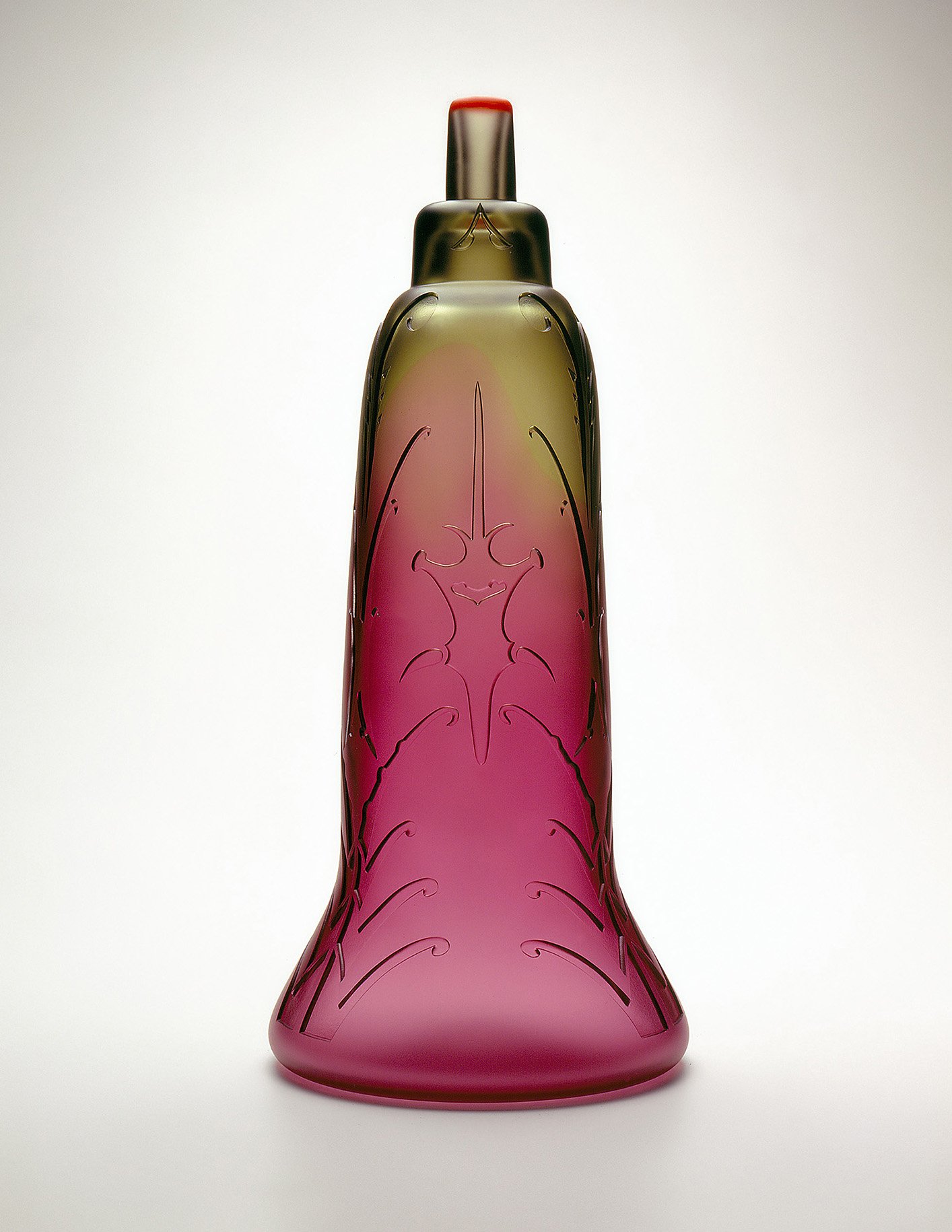
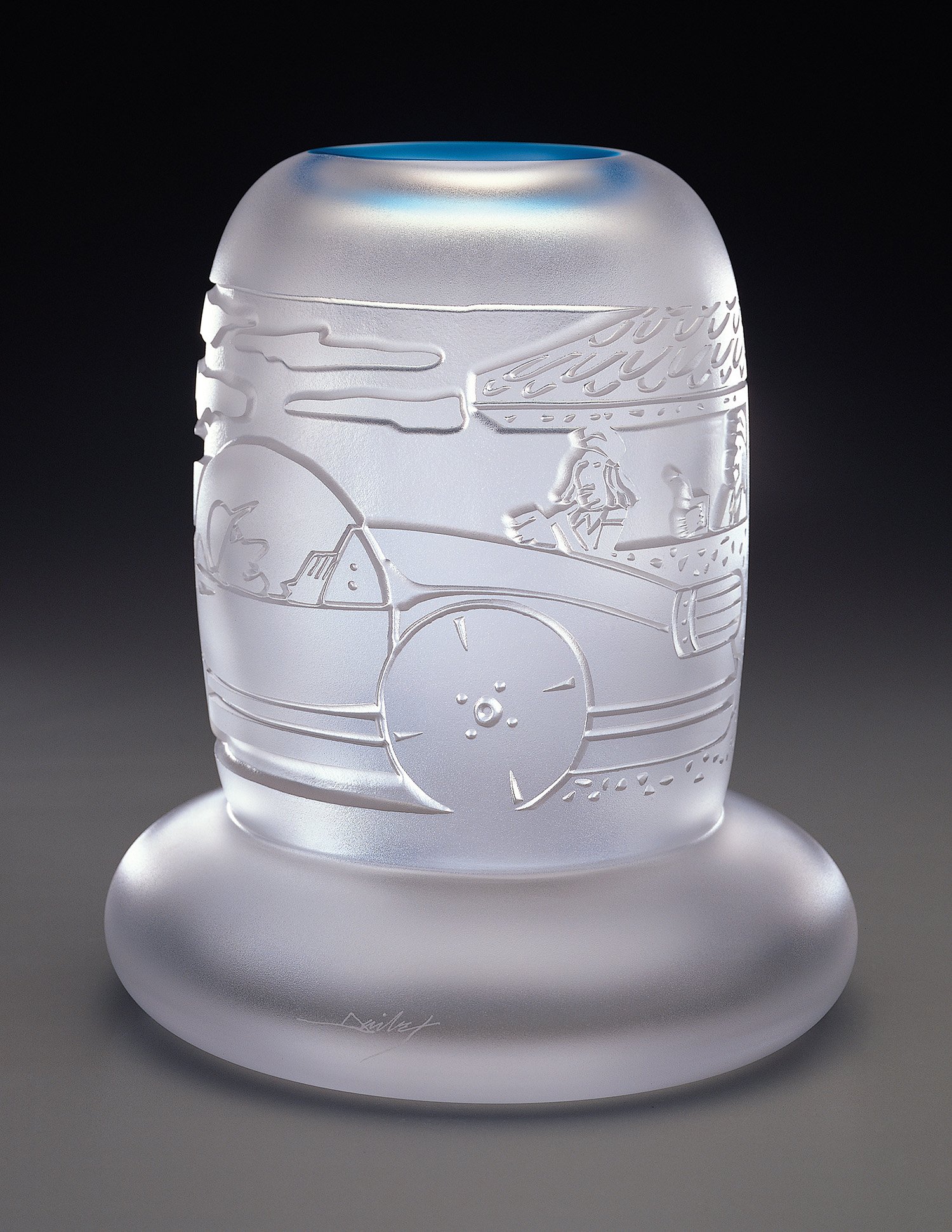
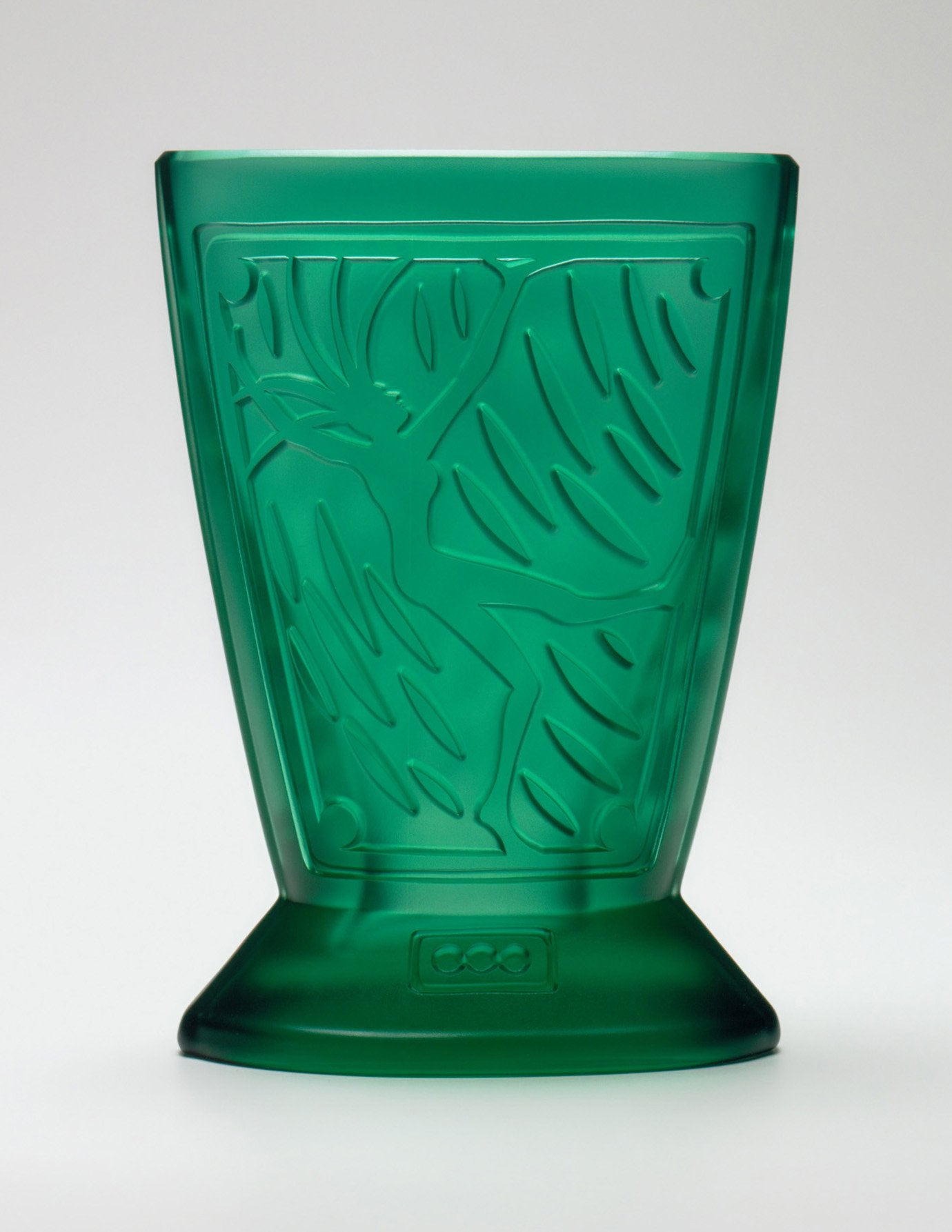
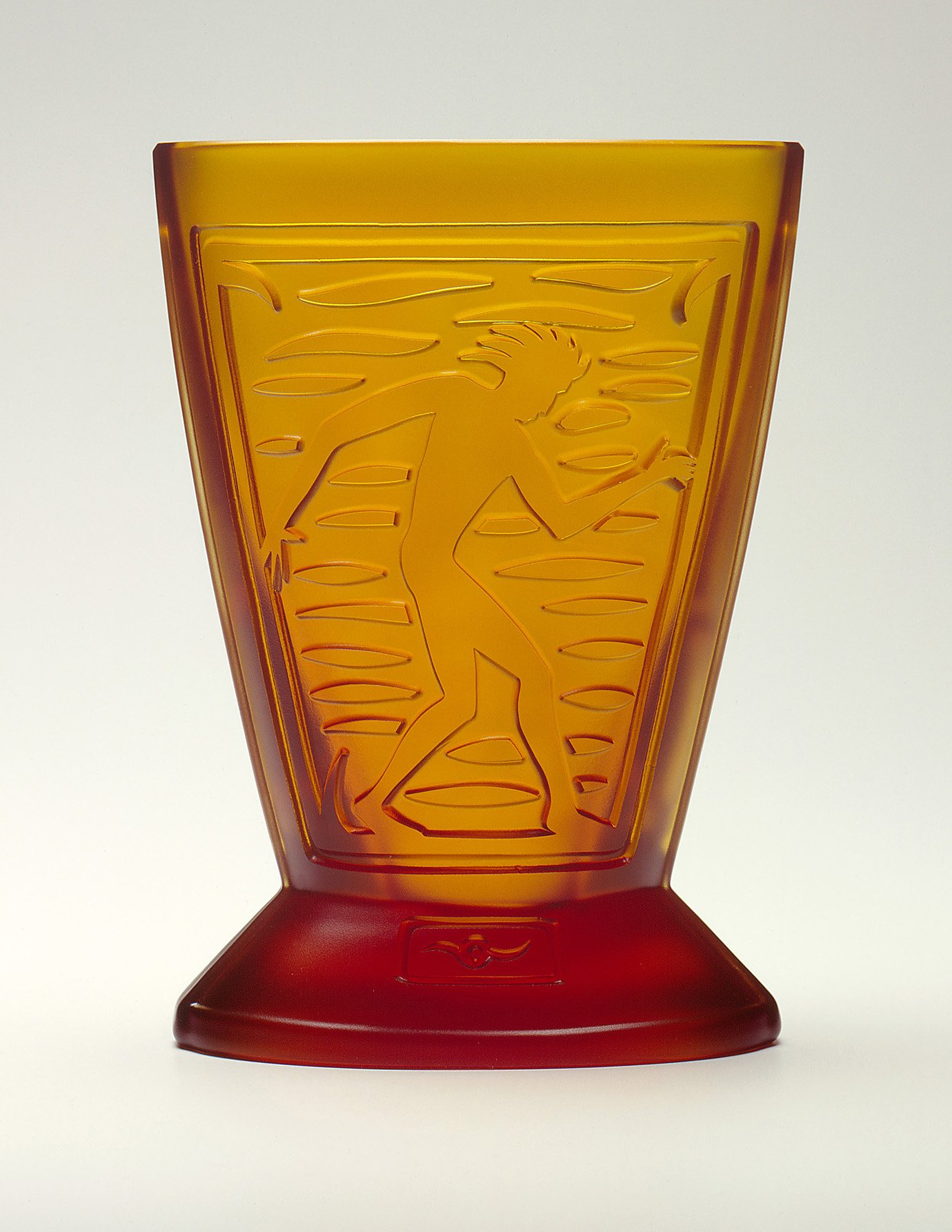
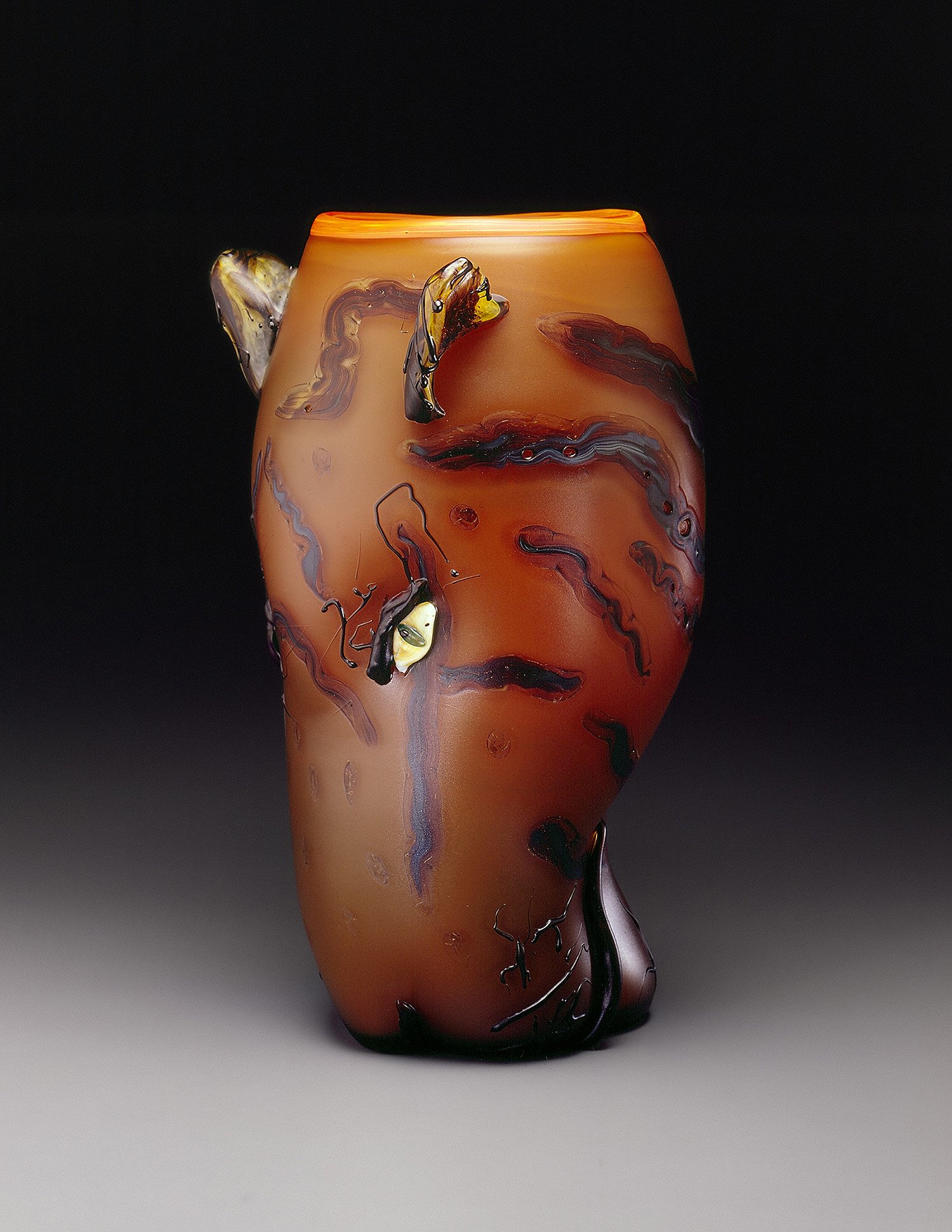
“Whether the details are loosely applied with molten glass during the initial hot-working of the glass vessel, or sandblasted into the glass during the later cold-working stage of production, each visage consists of clear facial features that are rendered in a way to personify a human reaction to a situation or to convey some trait or dimension of a personality.”
— CAROLYN NEEDELL, Chrysler Museum of Art Curator of Glass











